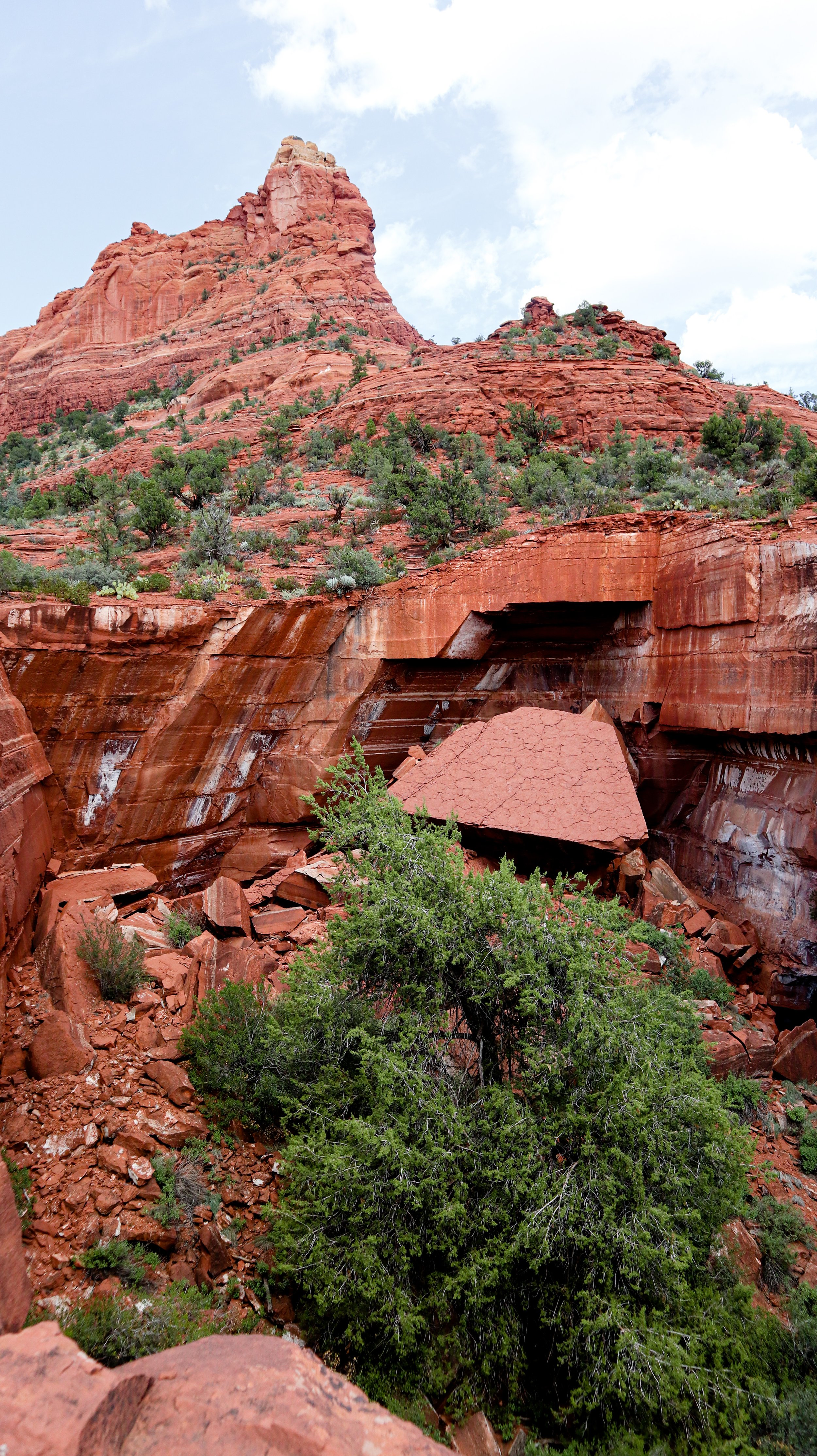Architectural Inspiration from Iconic Landscapes
Architects draw inspiration from the built environment, but we also take inspiration from nature.
Natural landscapes of all types offer beautiful examples of form, color, texture, structure, scale, massing, pattern, materiality, and shadow.
Here are some of photos from my National Park travels, paired with the architectural concepts that they illustrate!
Yosemite National Park teaches us about the power solid/void.
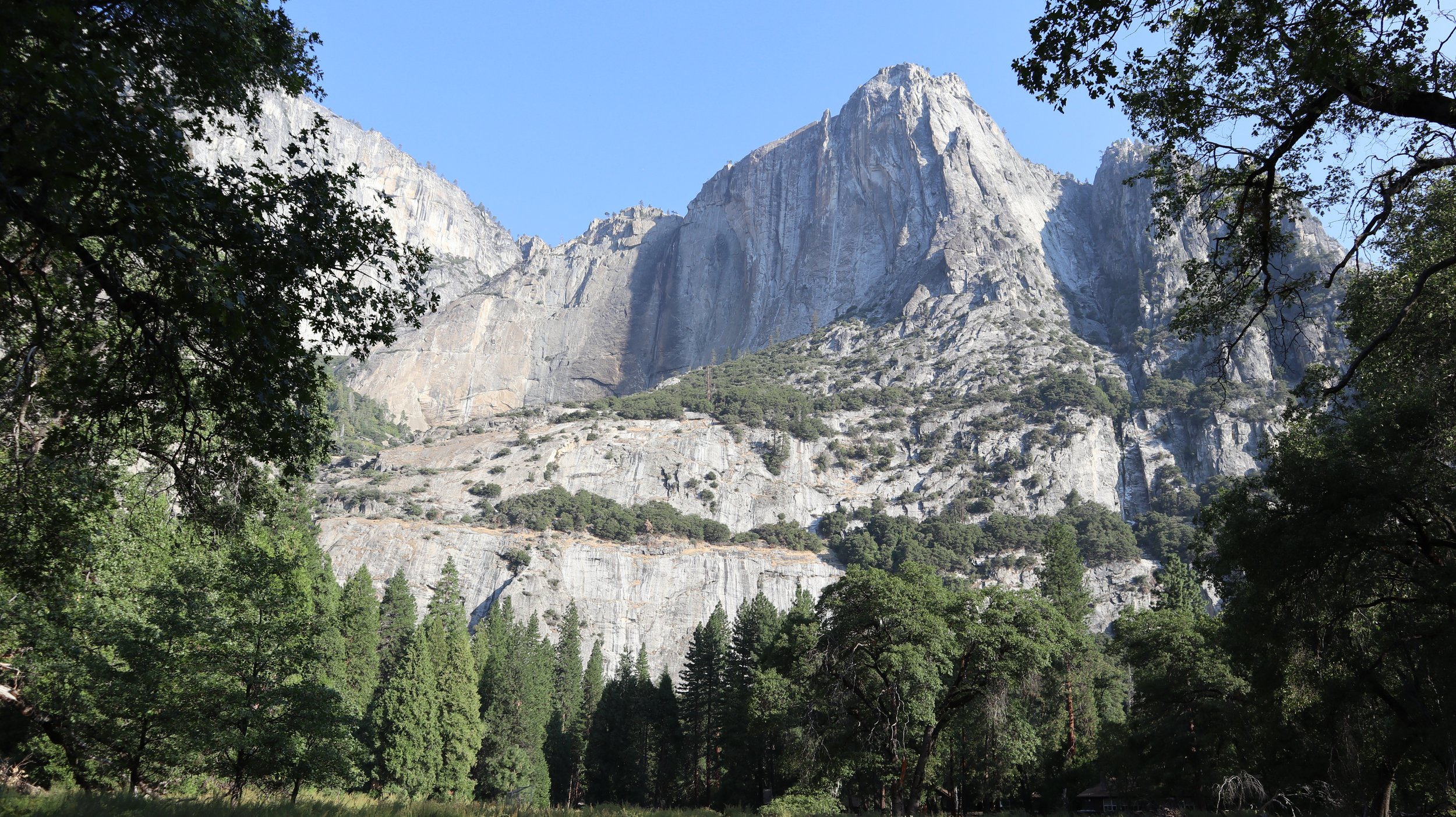
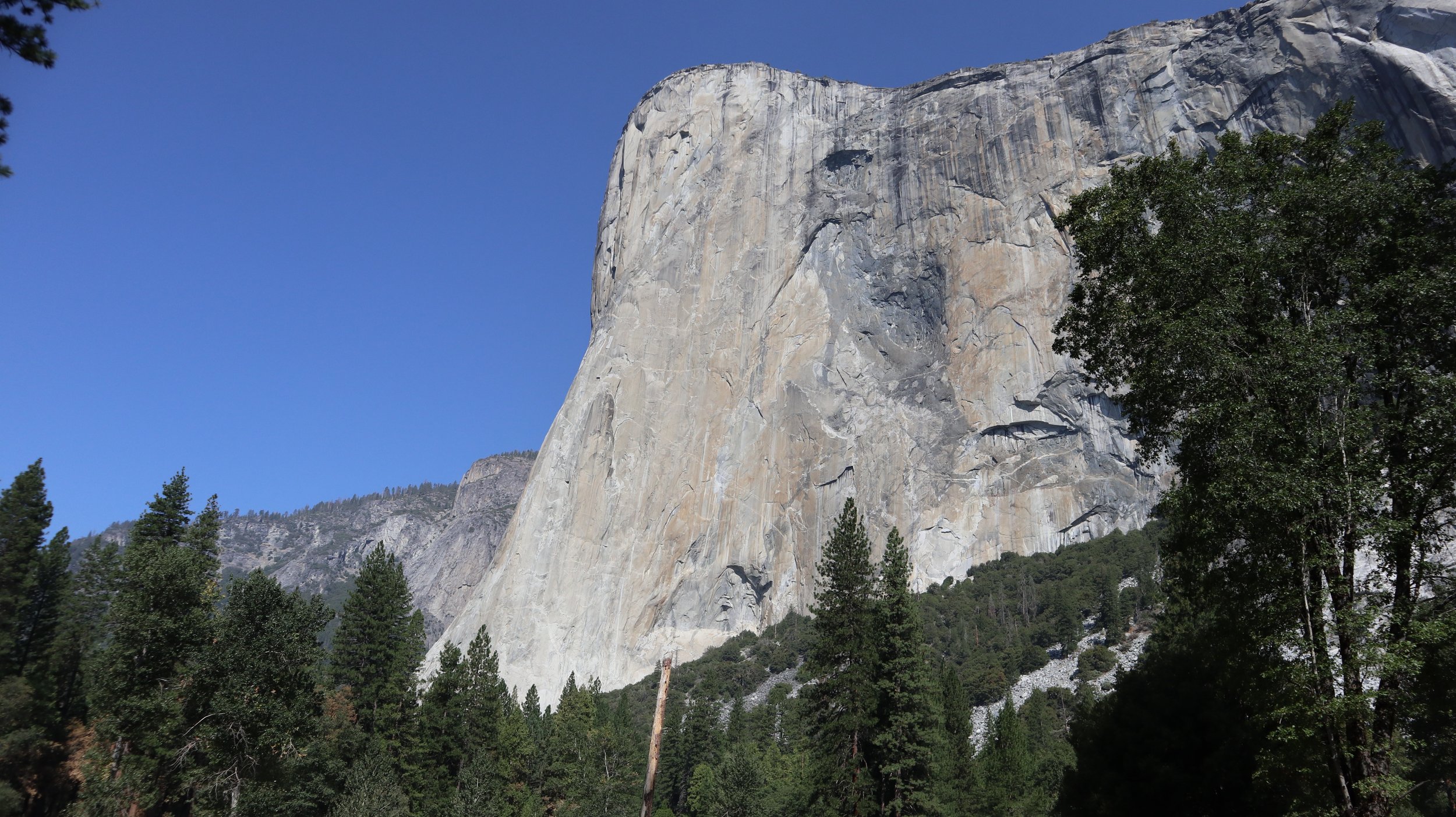
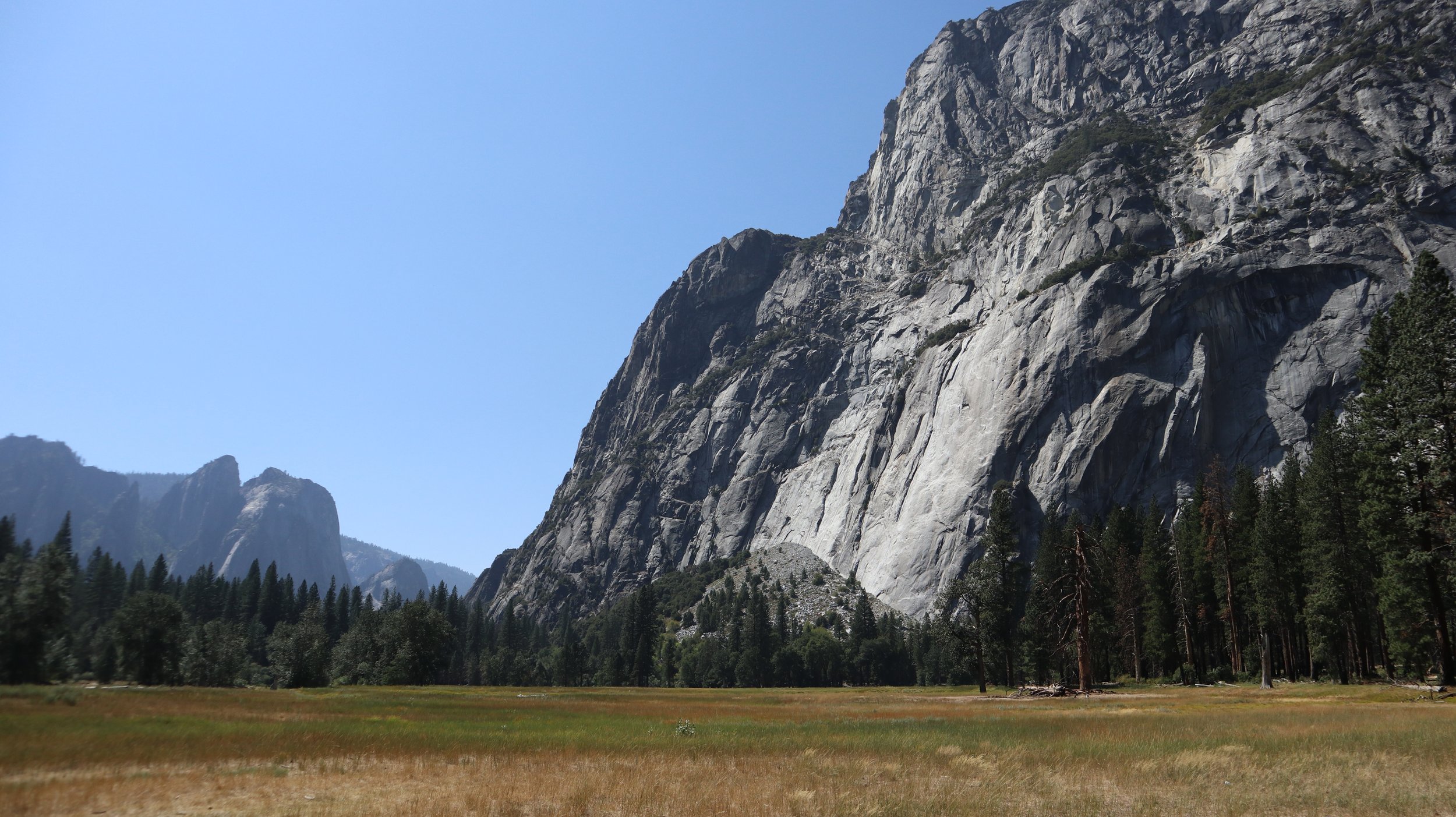
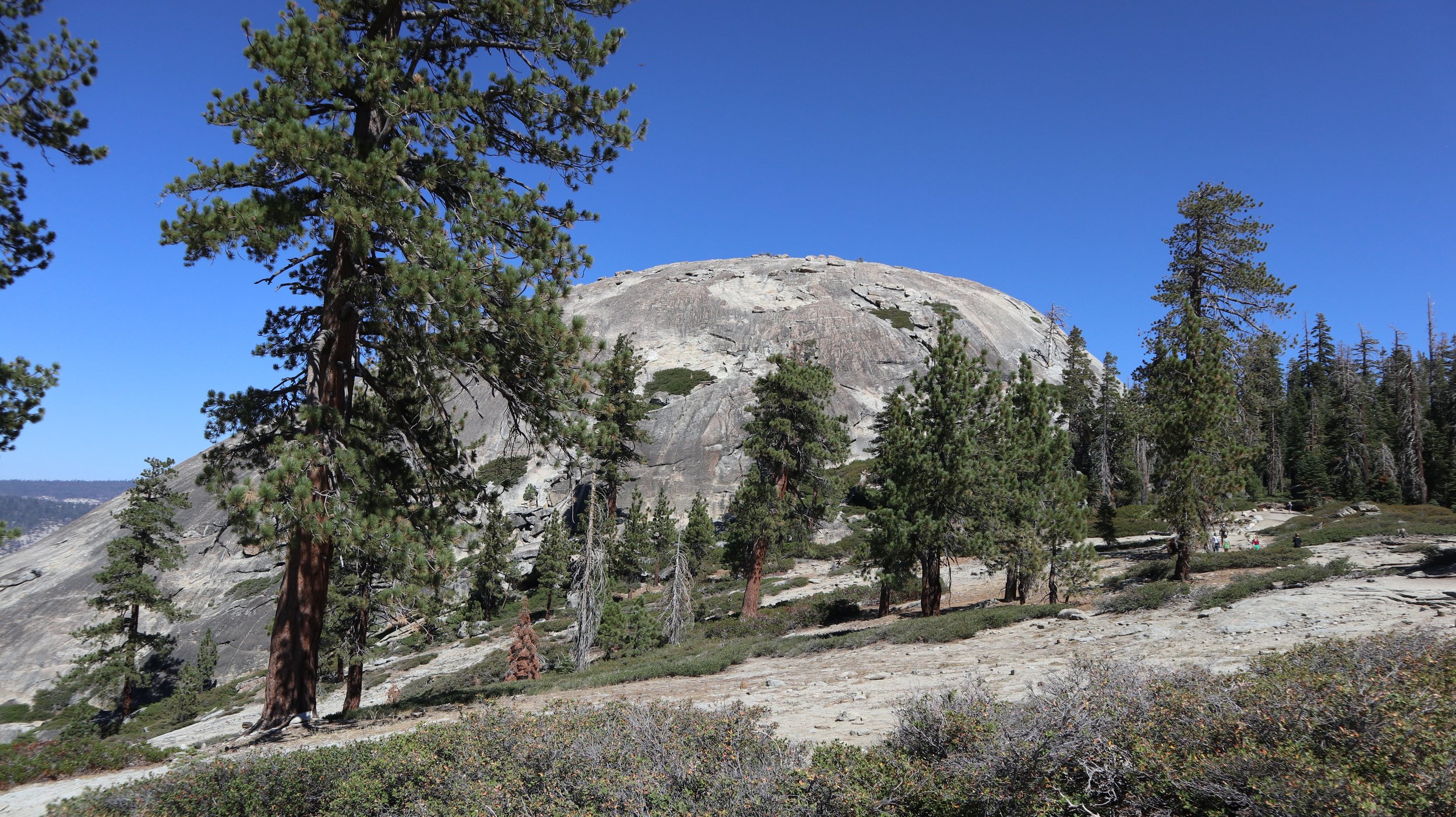
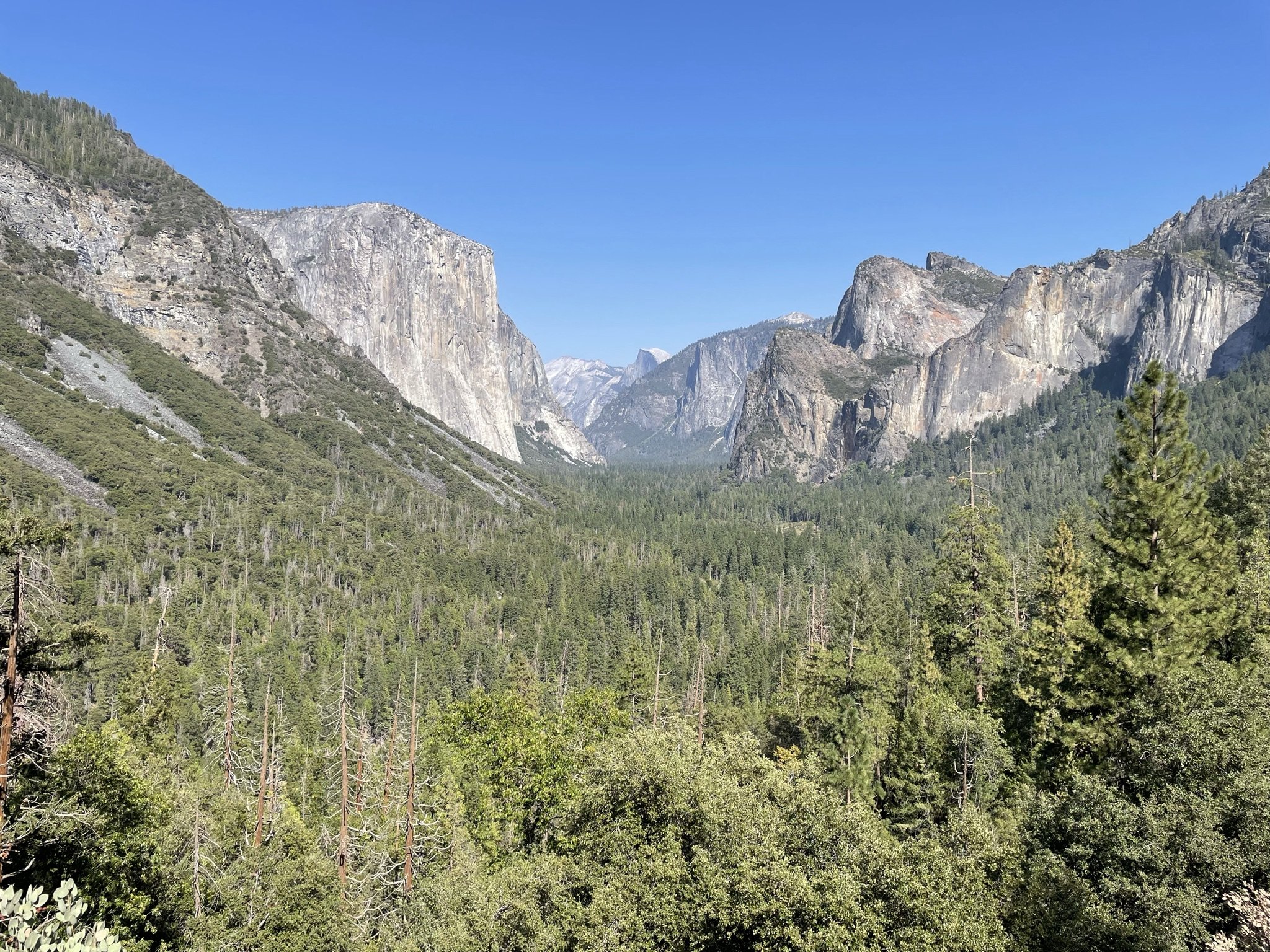

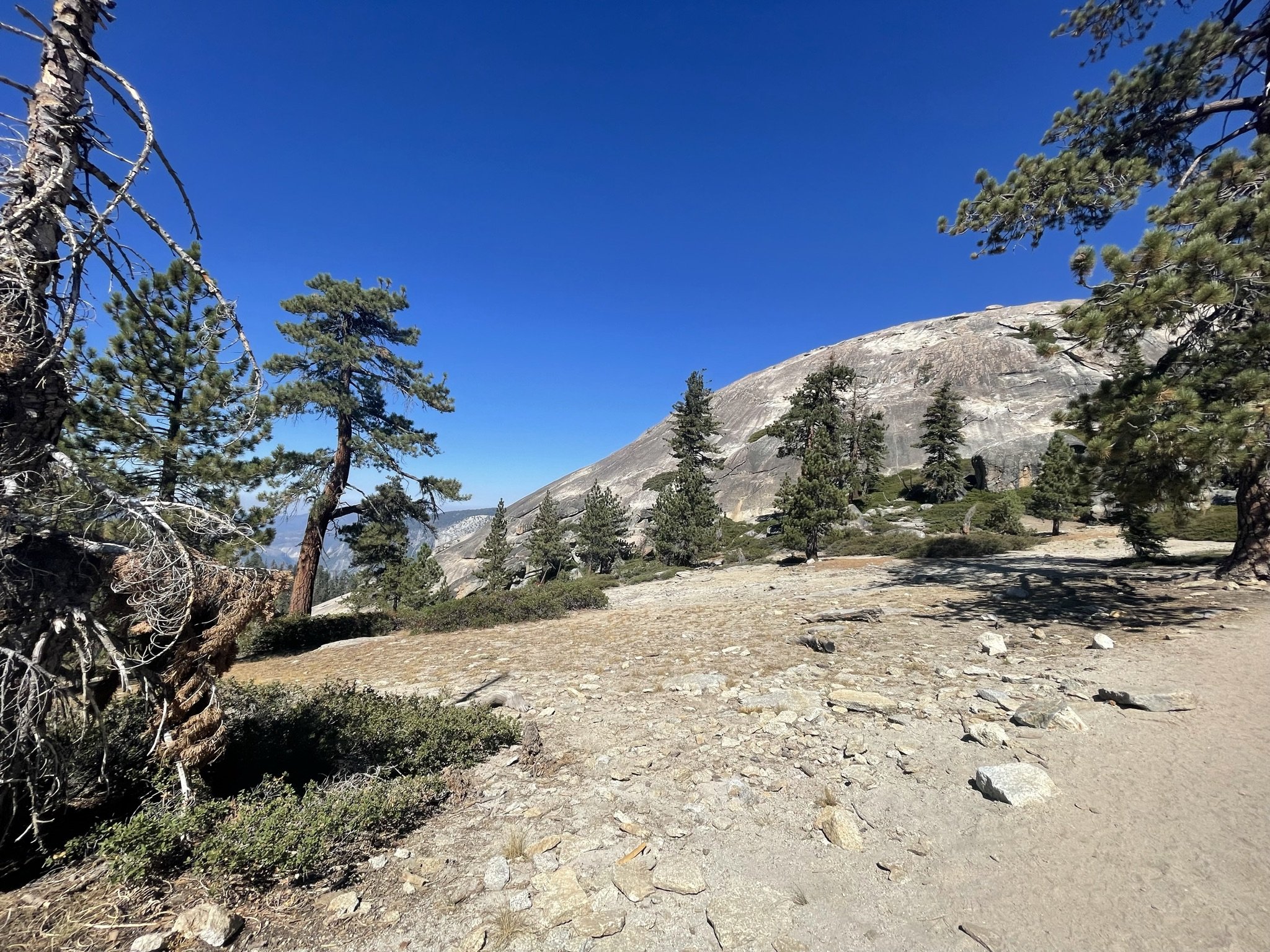
Millions of years ago, glaciers carved the void we know today as Yosemite National Park from the adjacent granite formations. Now, the valley floor hosts epic views of the soaring adjacent rock facades.
Without this negative space, the whole experience of Yosemite would be non-existent! Visitors are cradled by the massive surrounding solids.
Design applications: a performance venue, a cavernous public building, or a stadium (but with much more interesting views).
Joshua Tree National Park is a study of light and shadow.
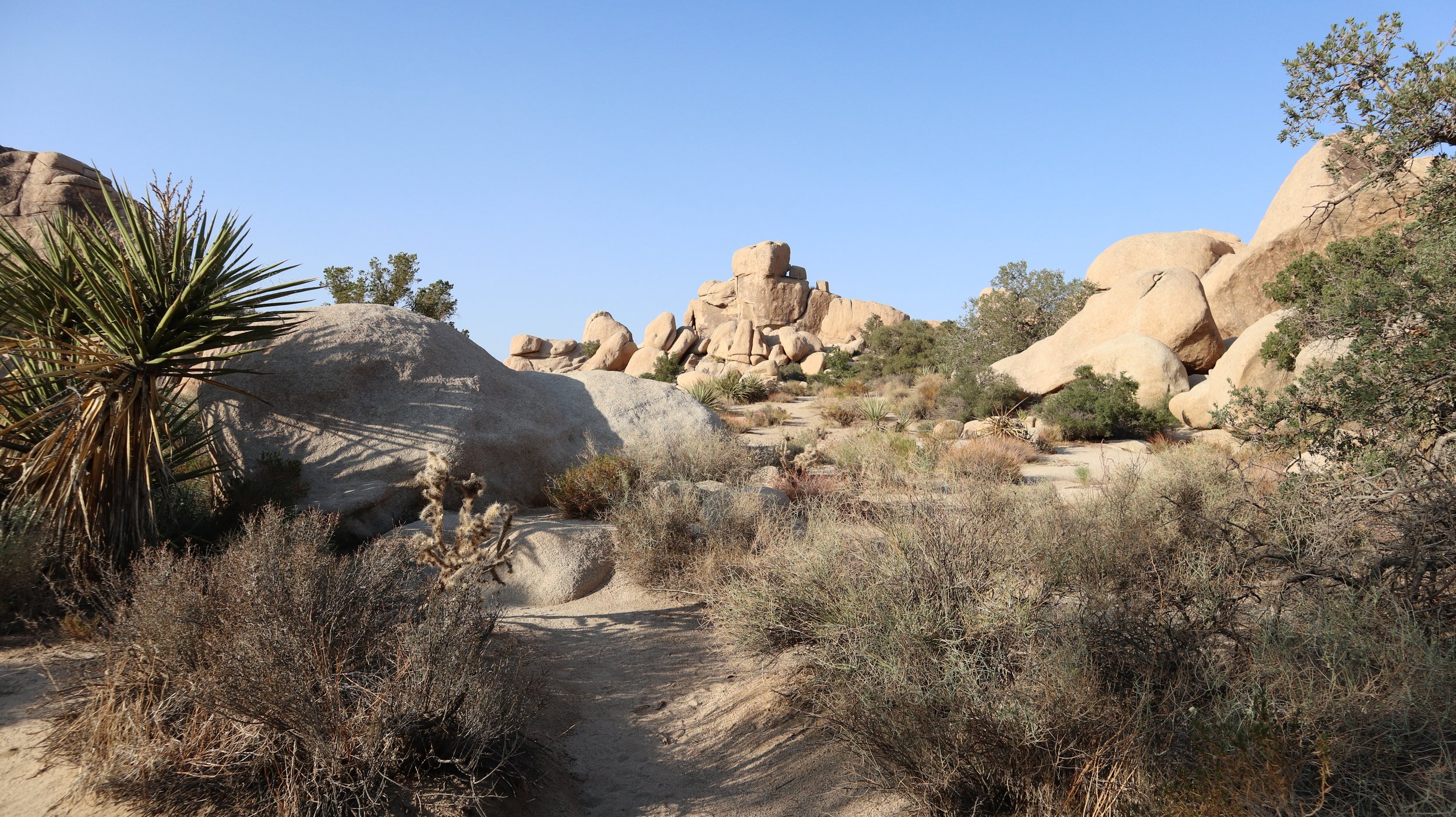
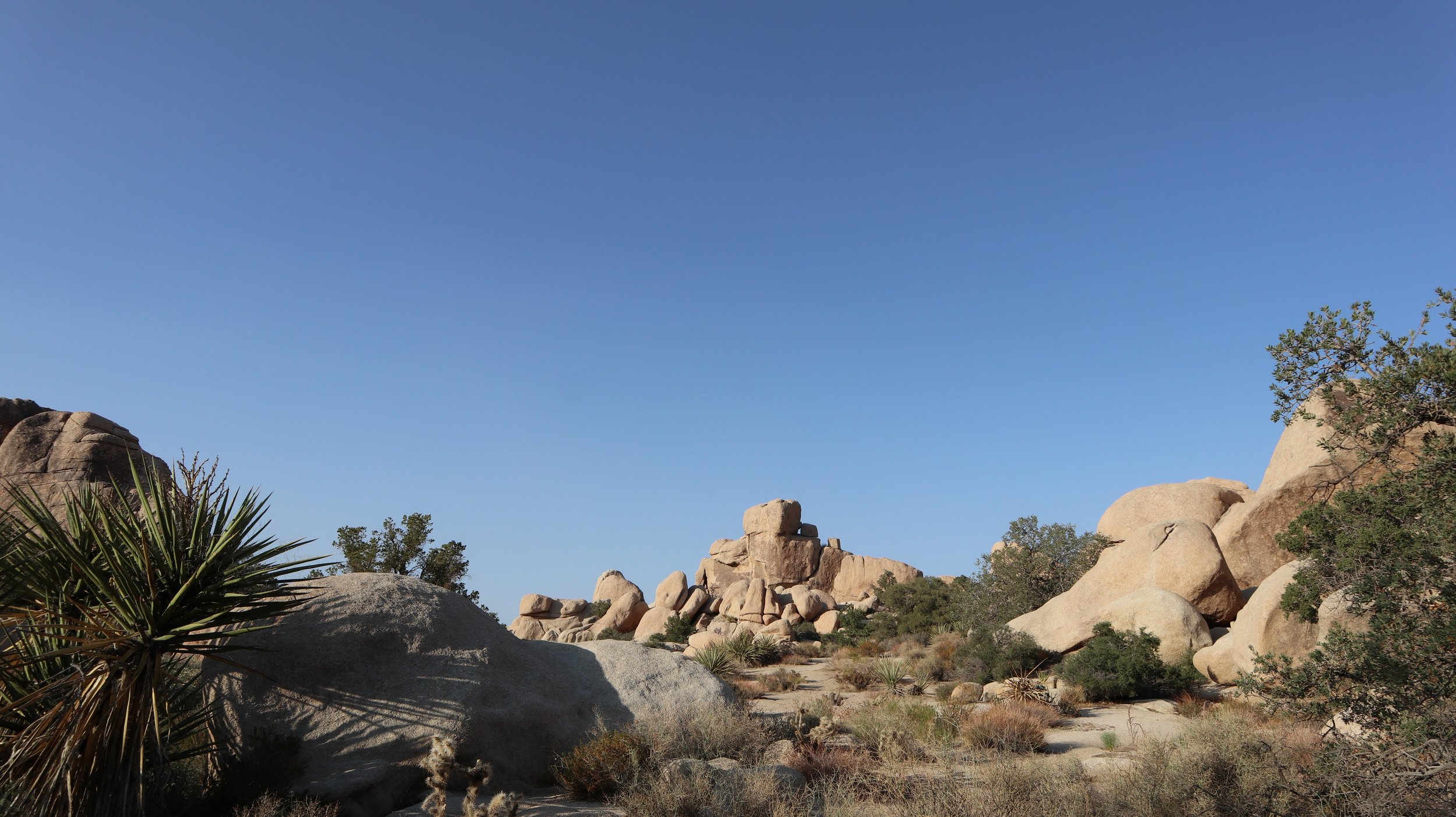
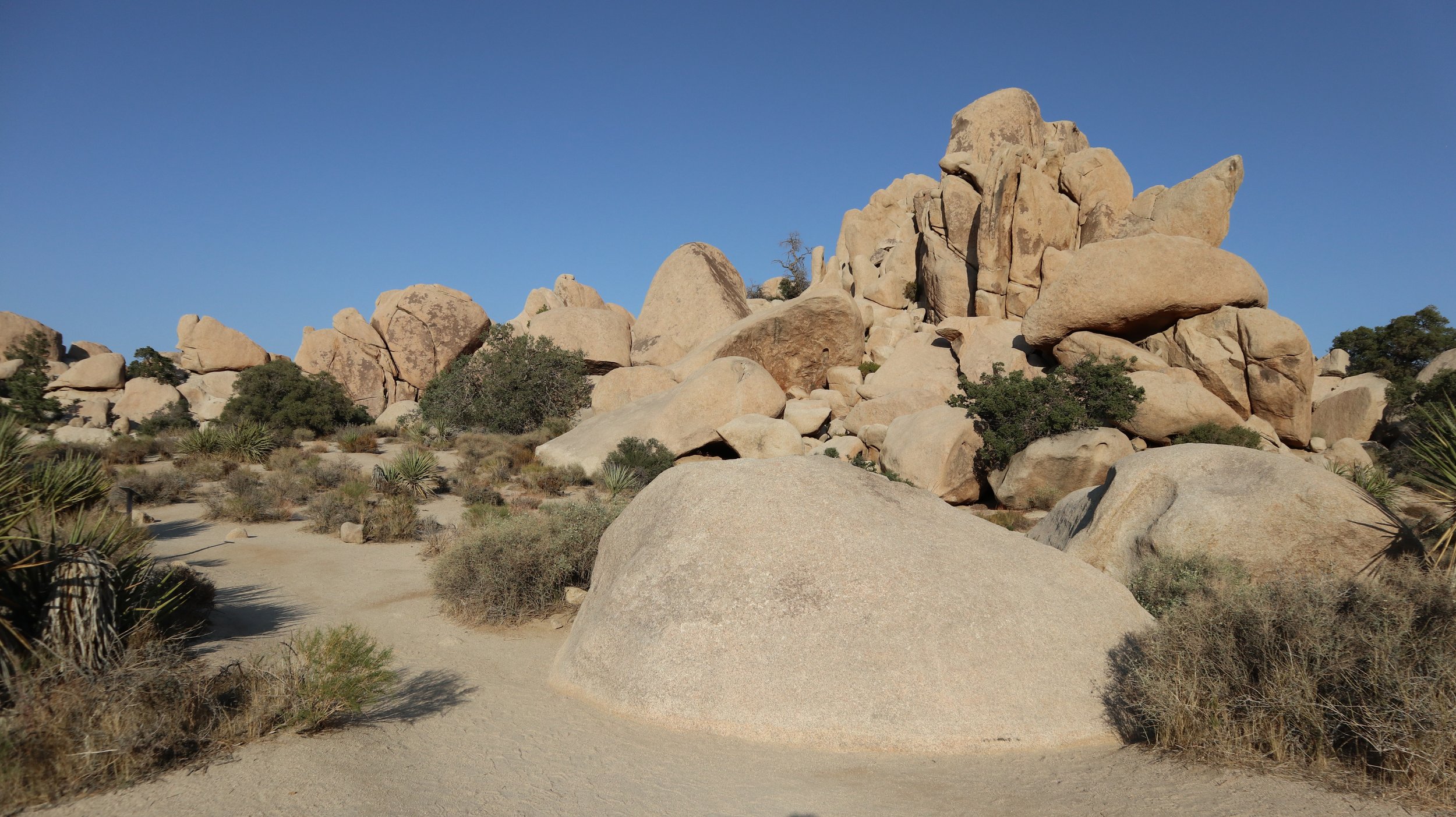
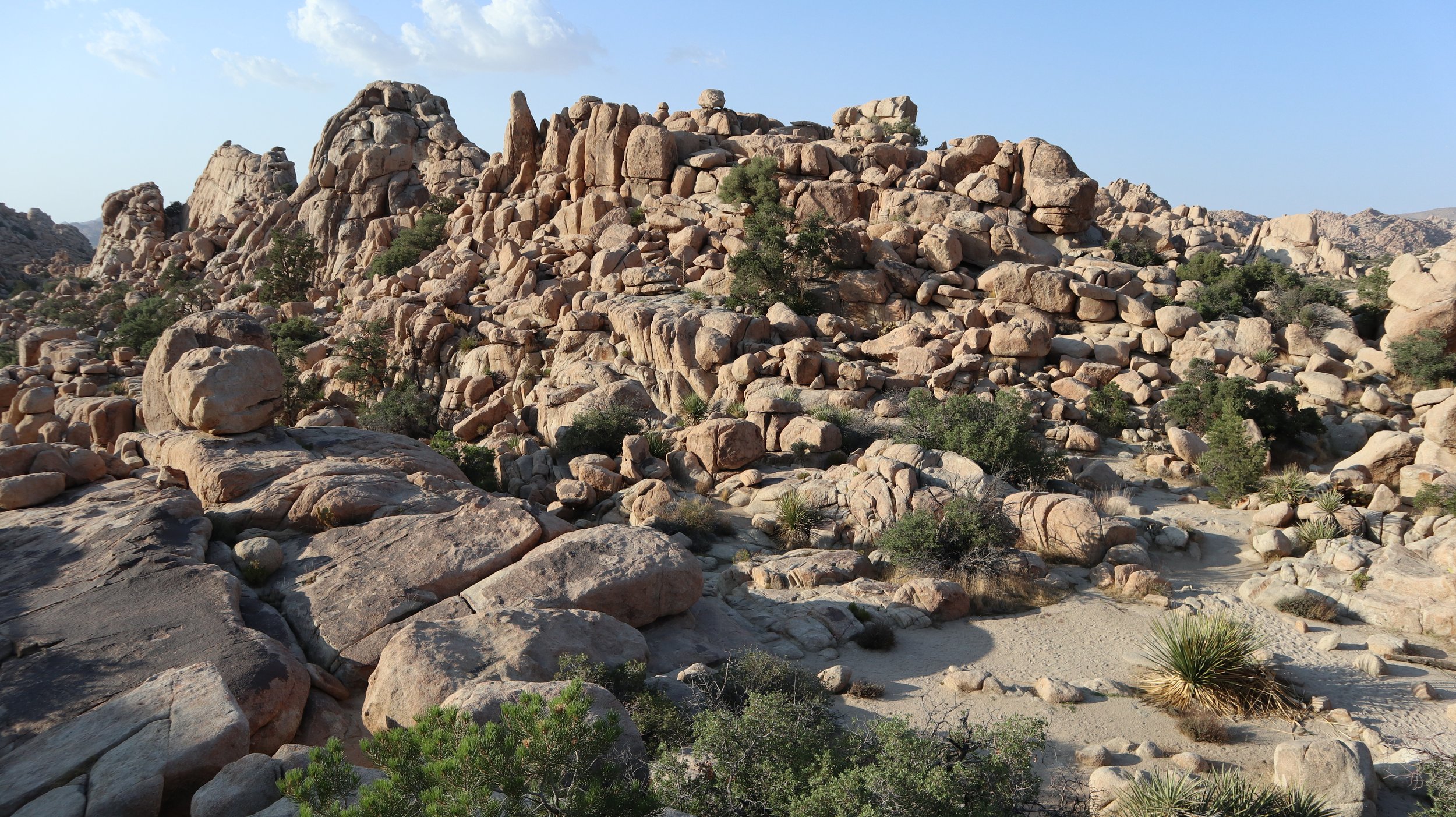
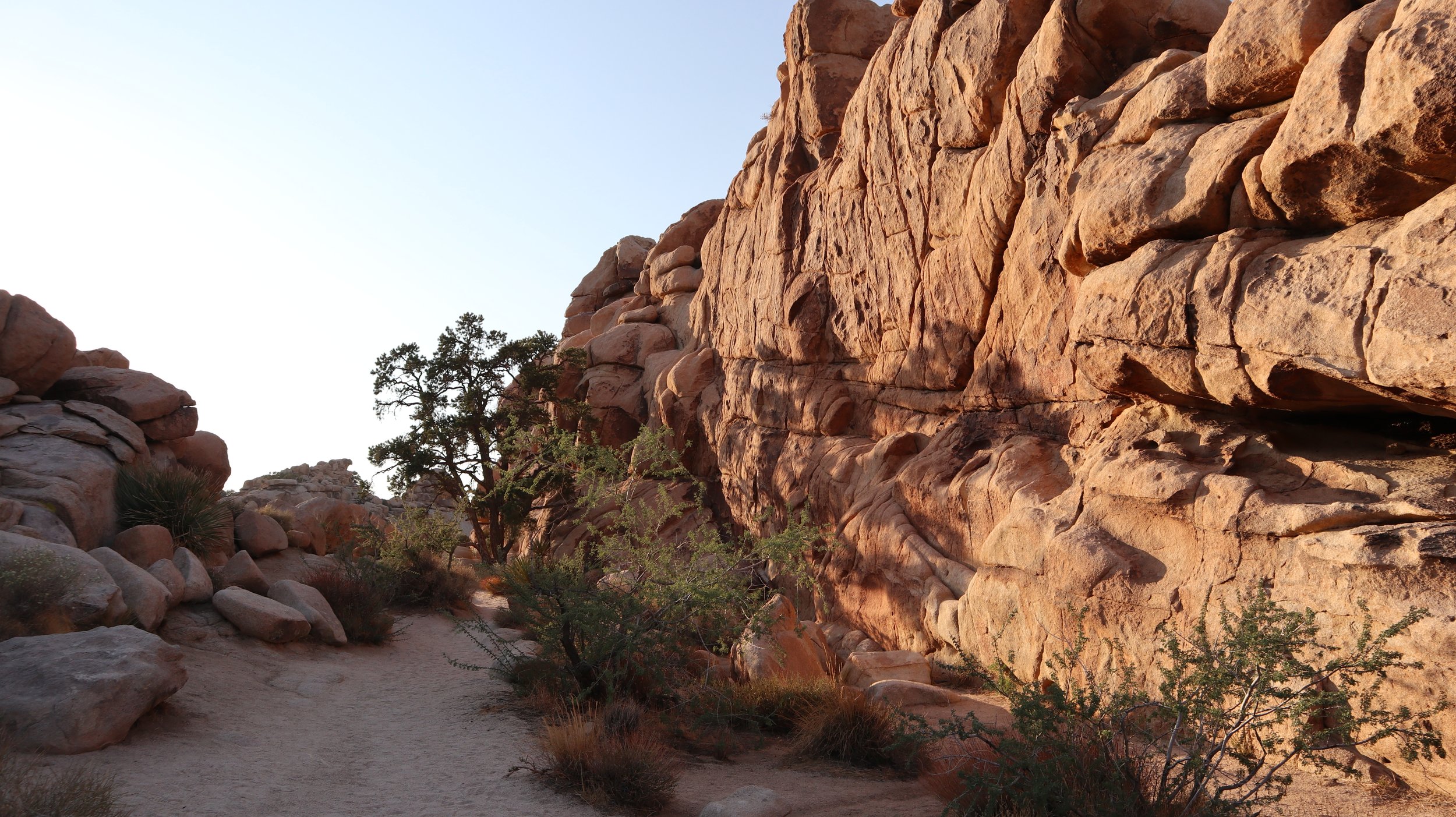
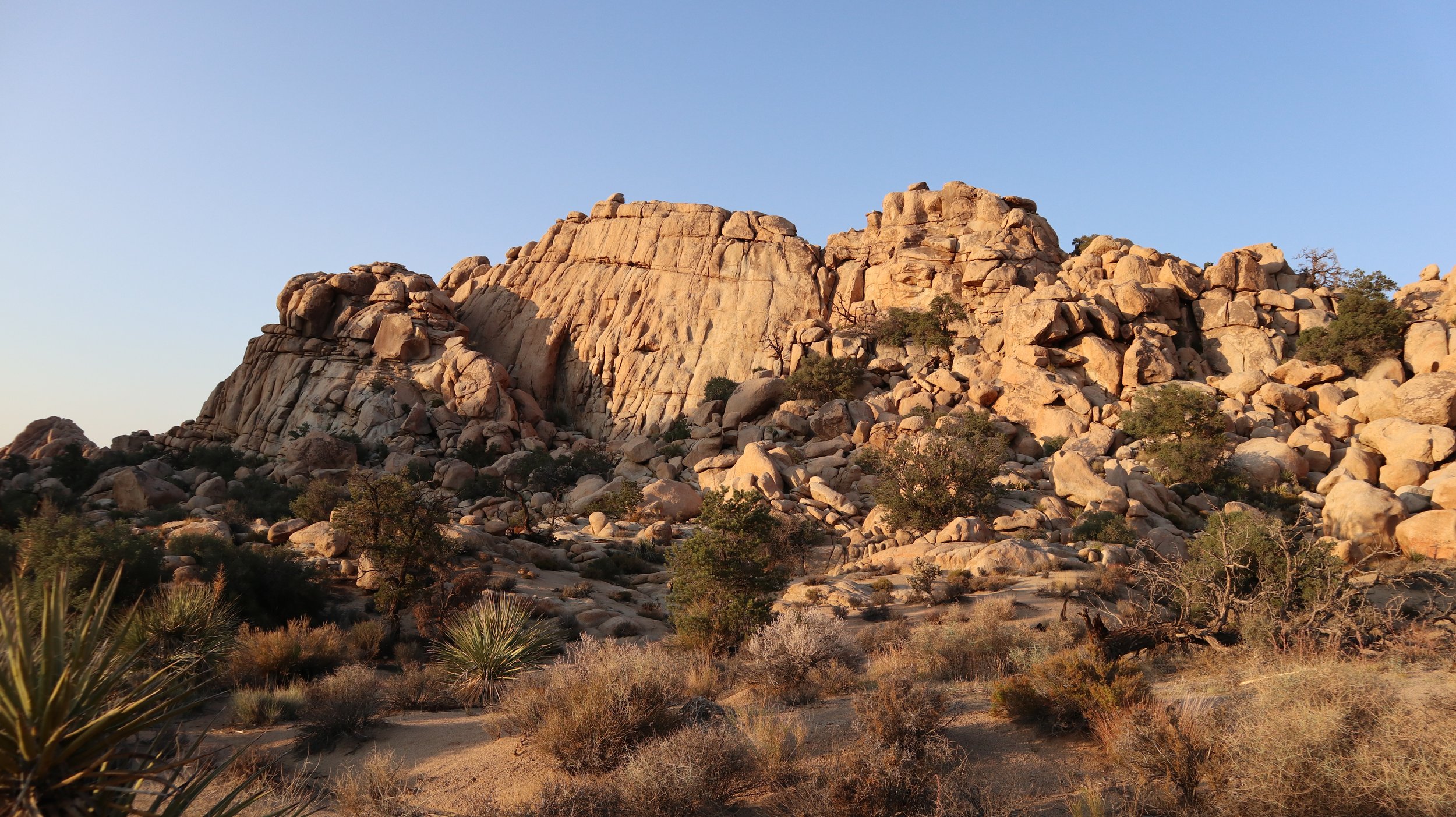

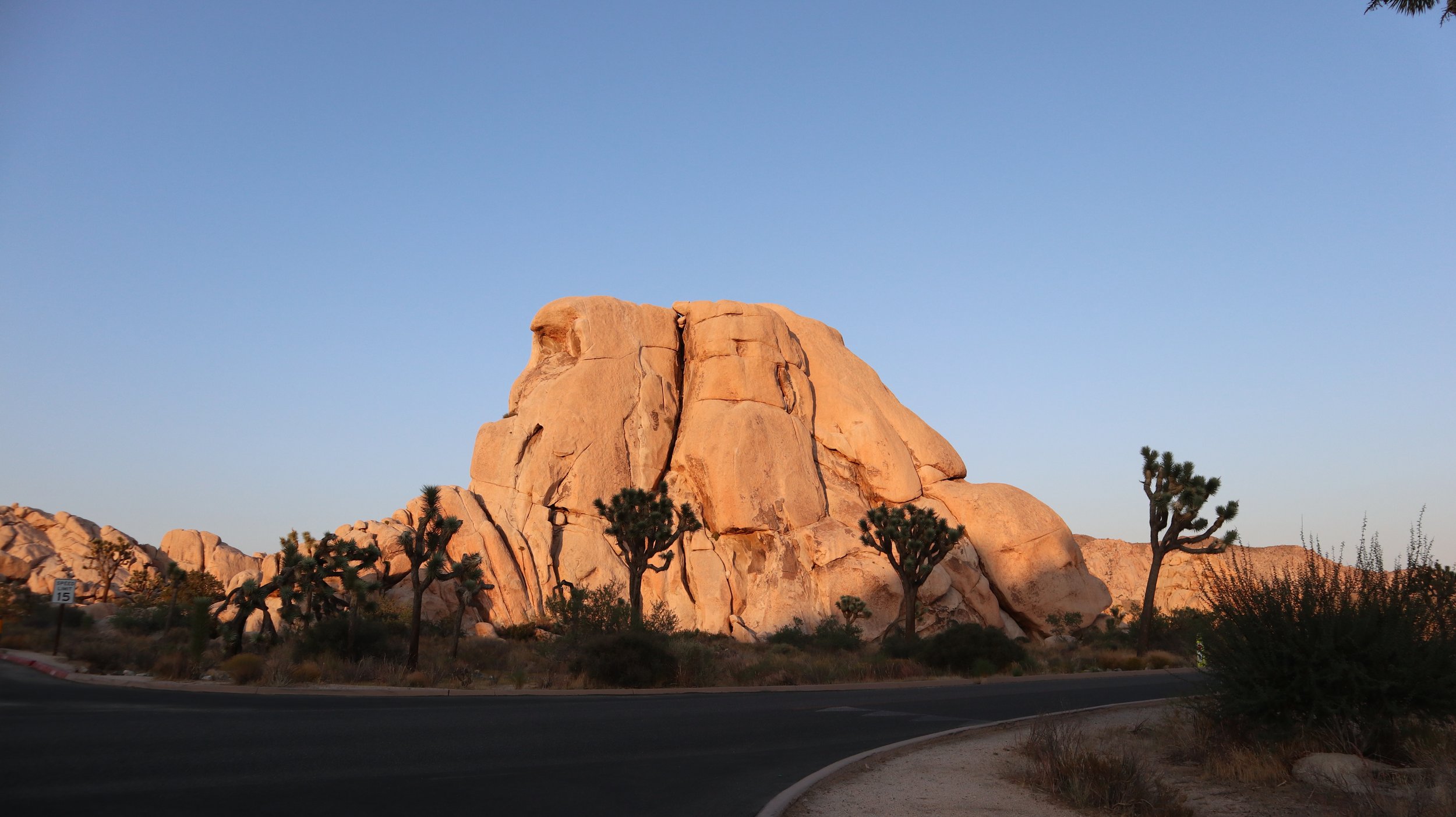
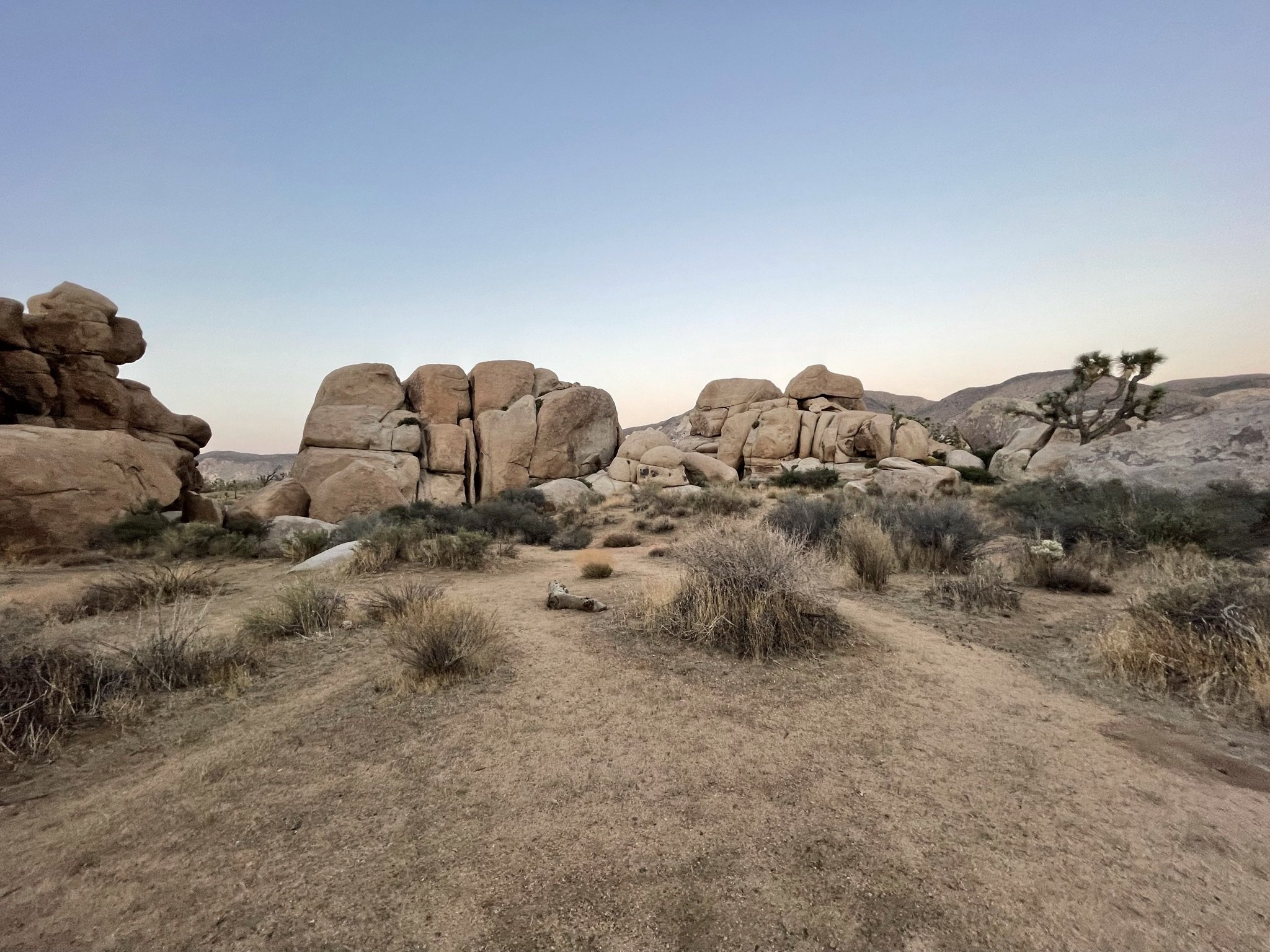
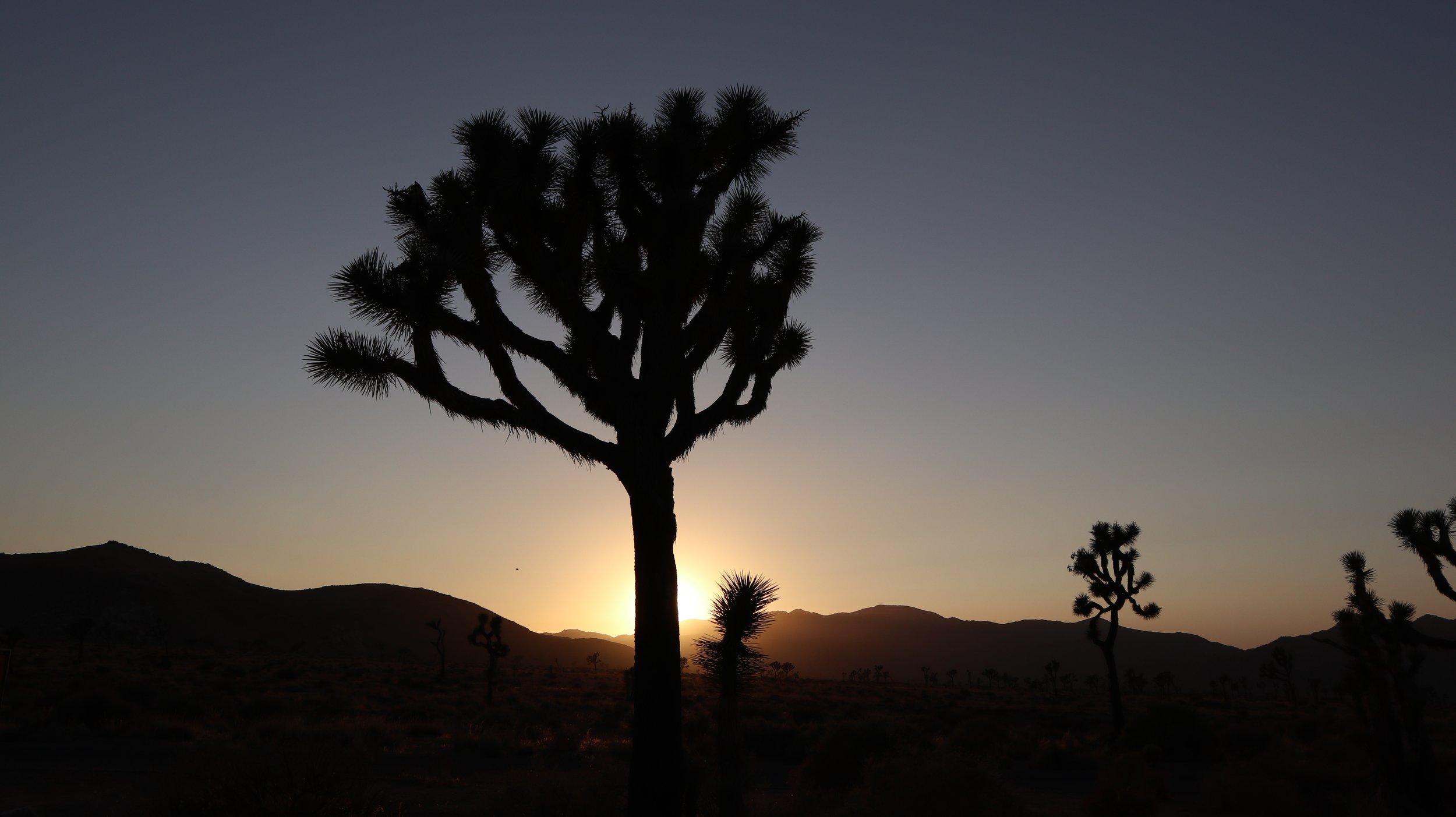
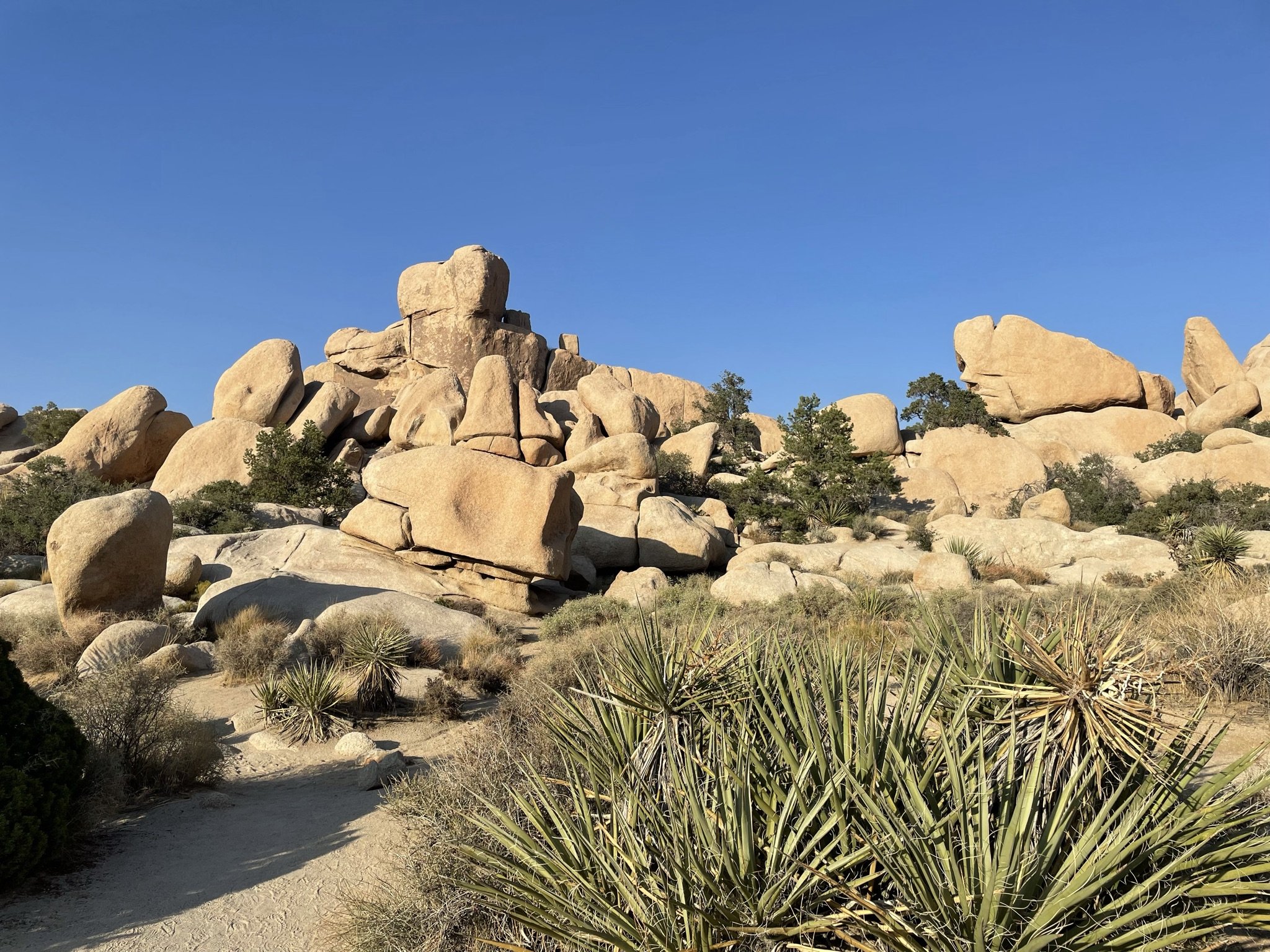

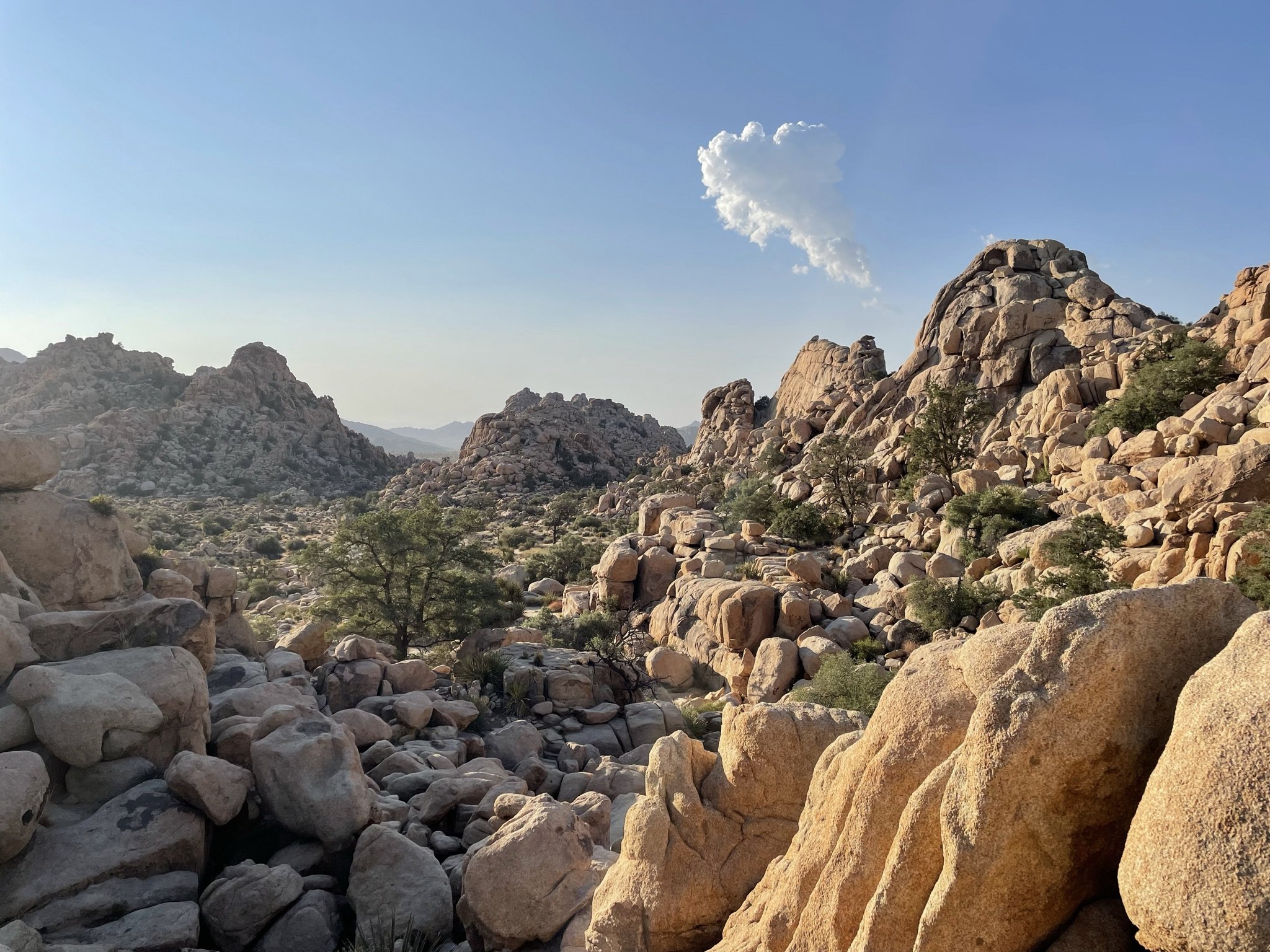

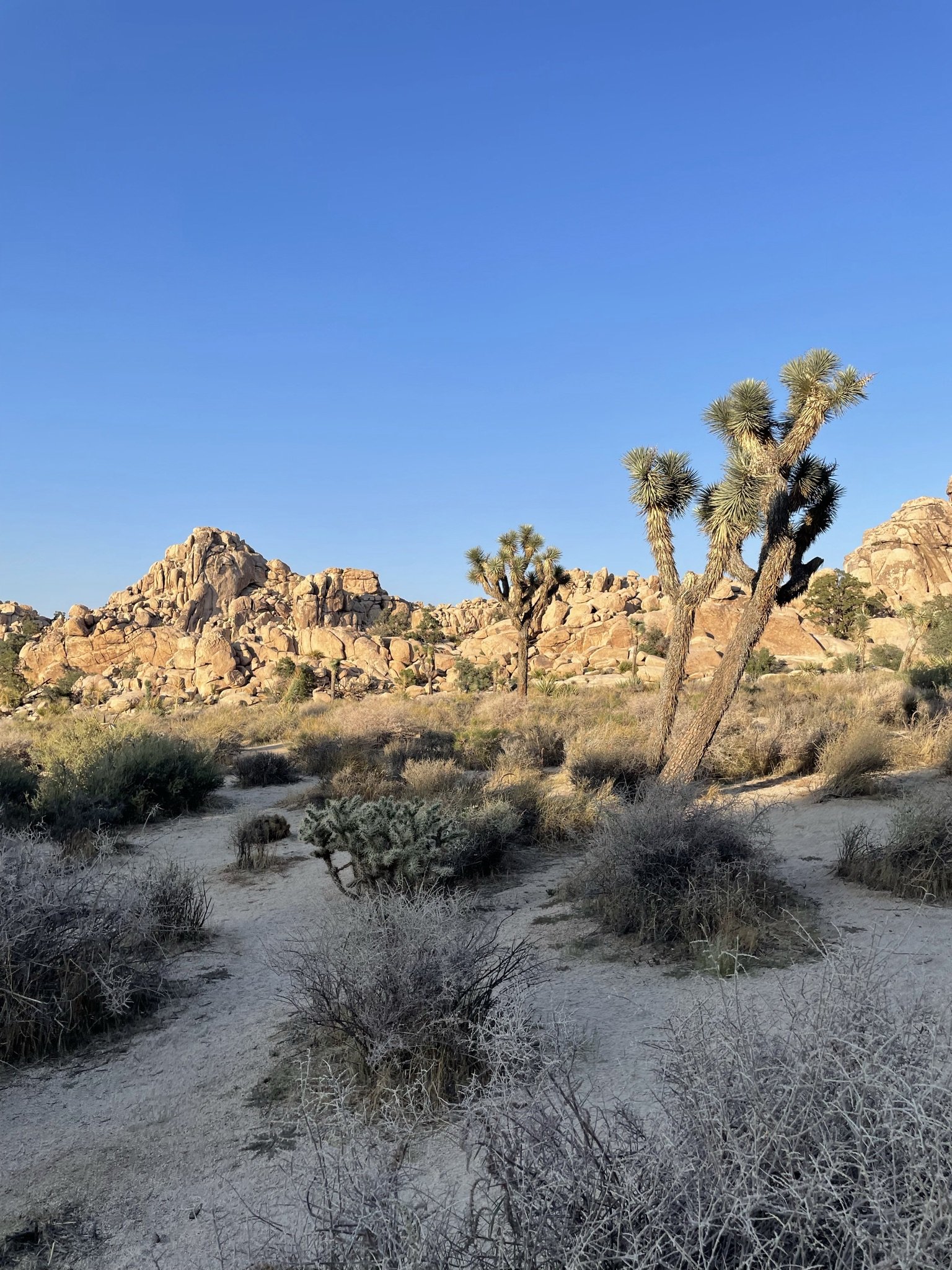

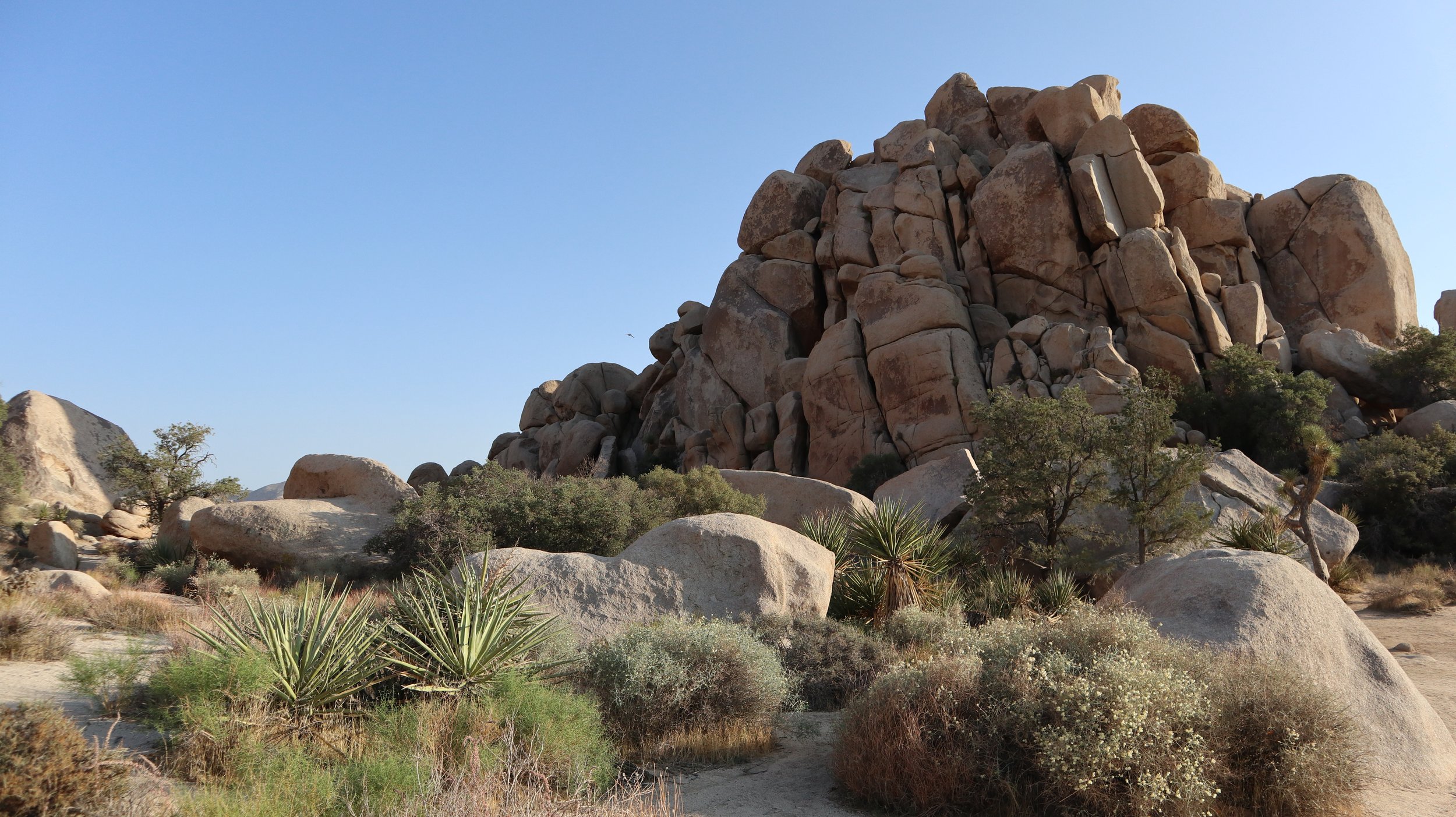
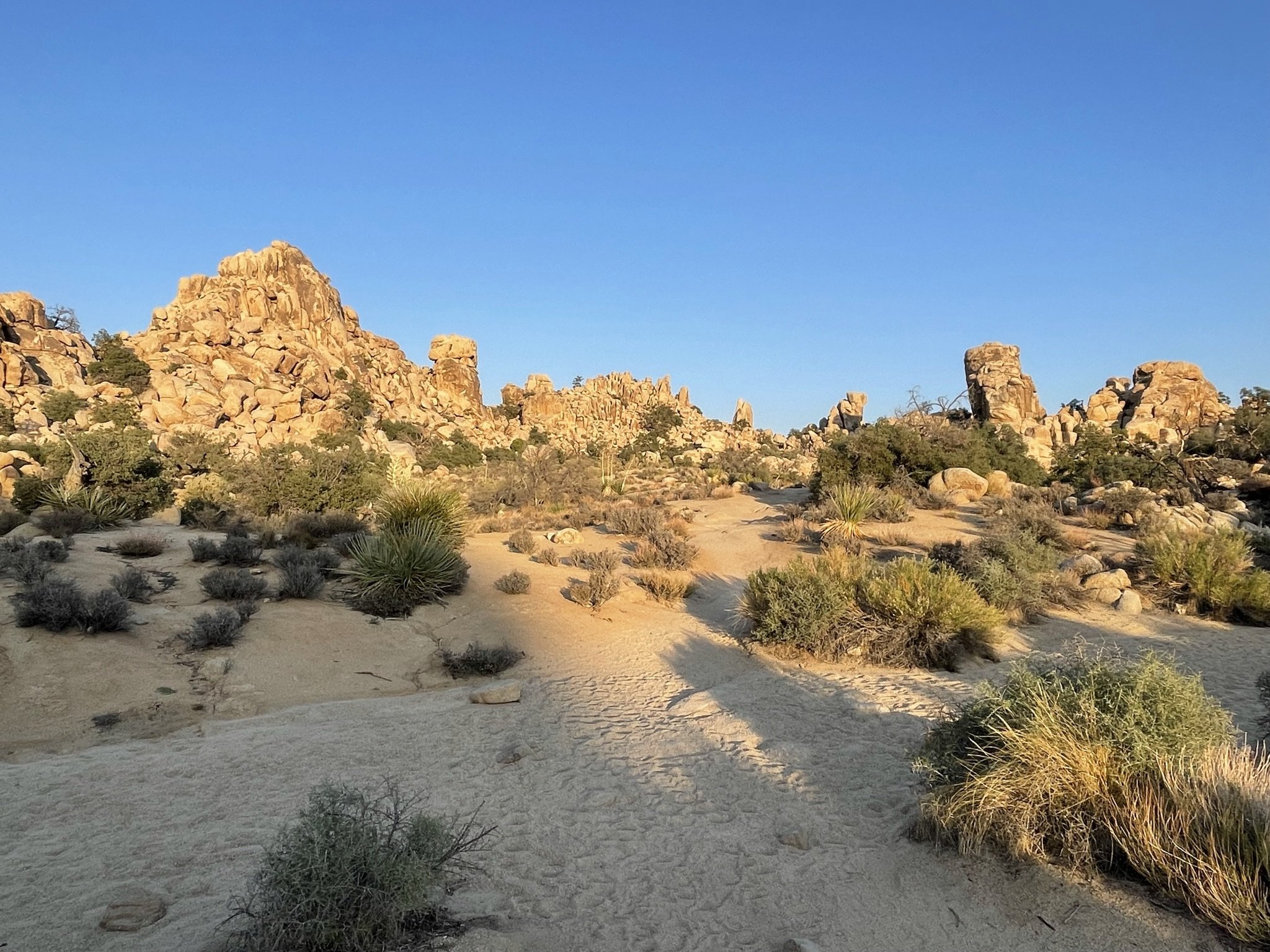
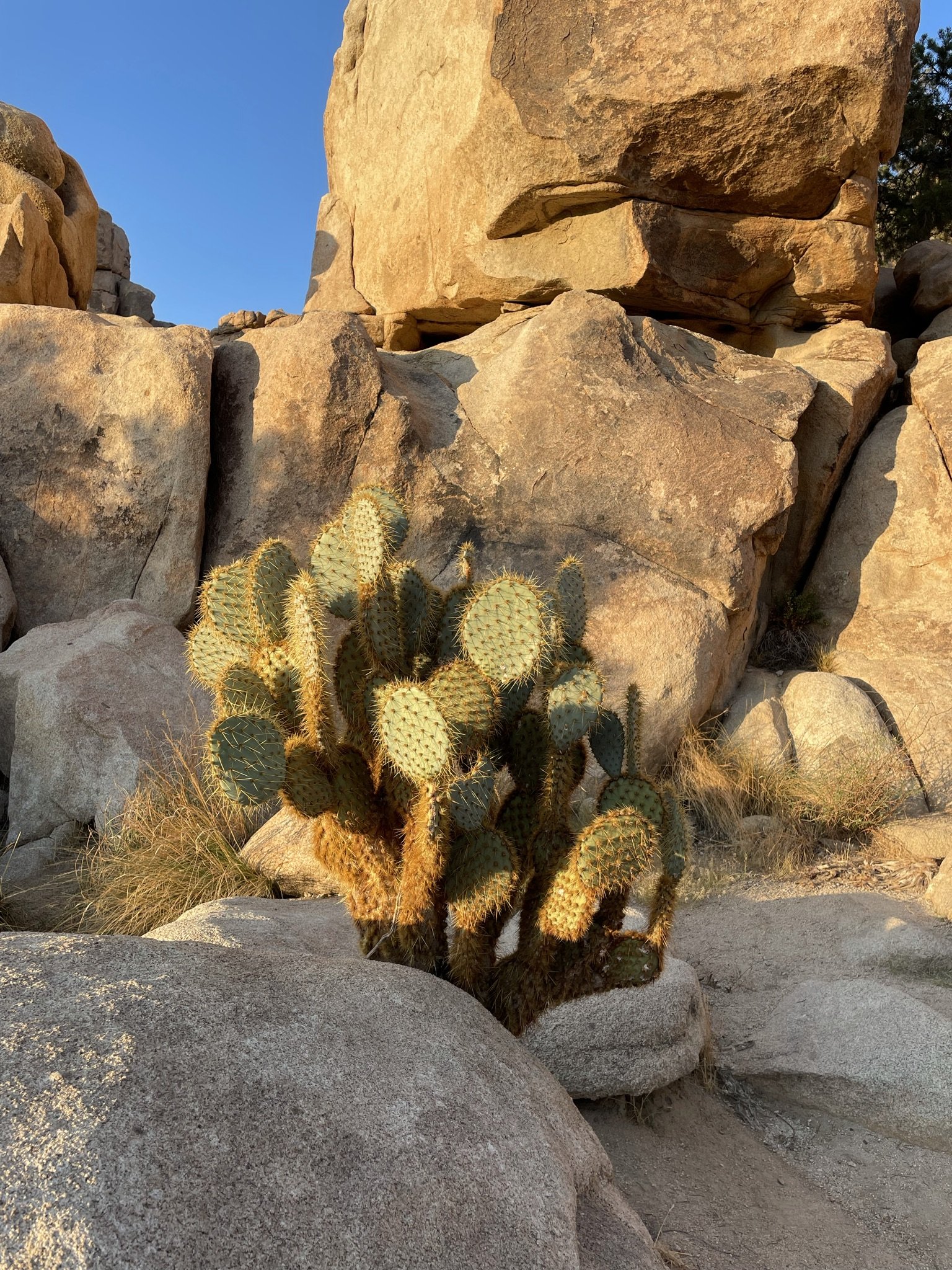
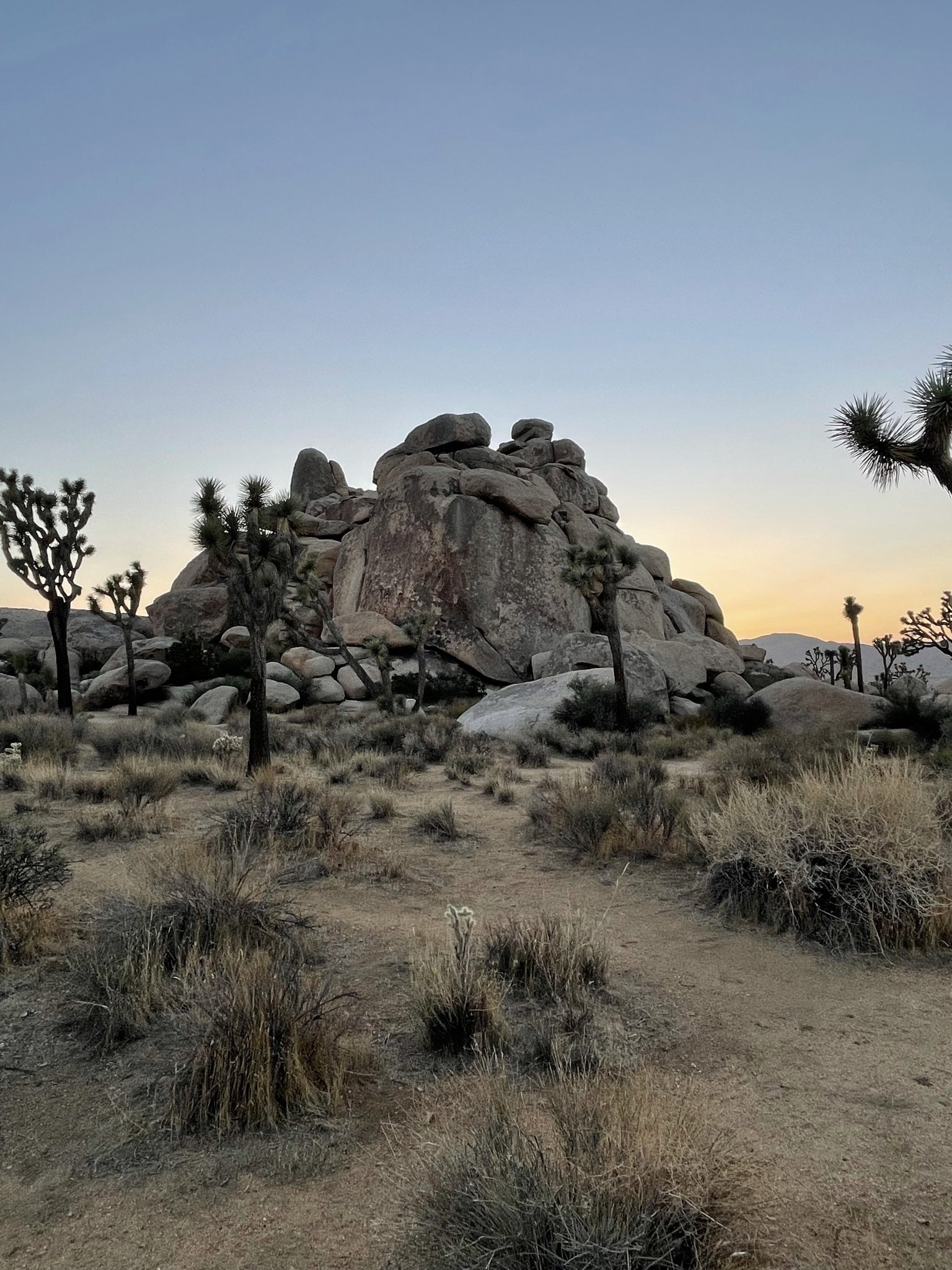
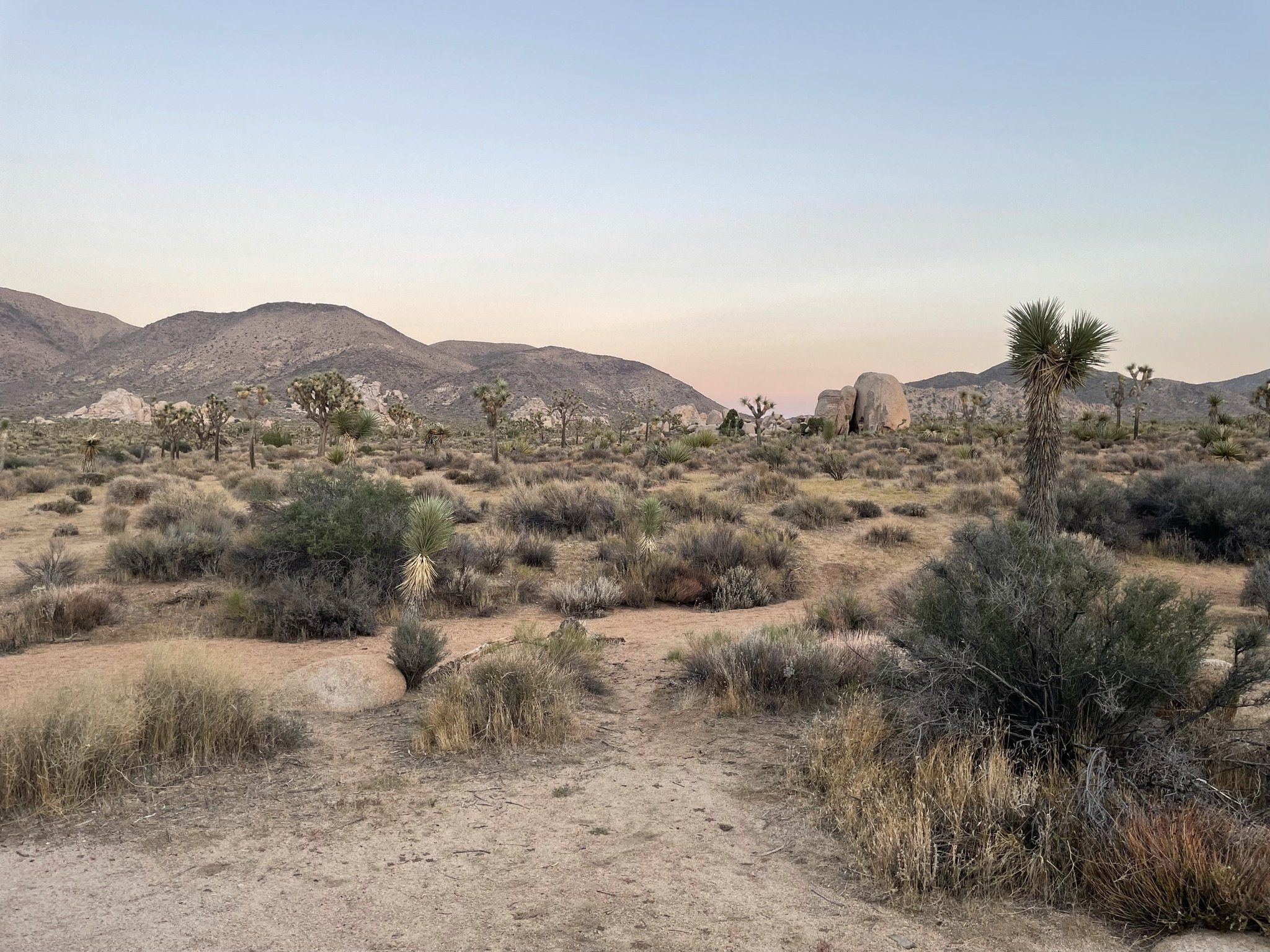
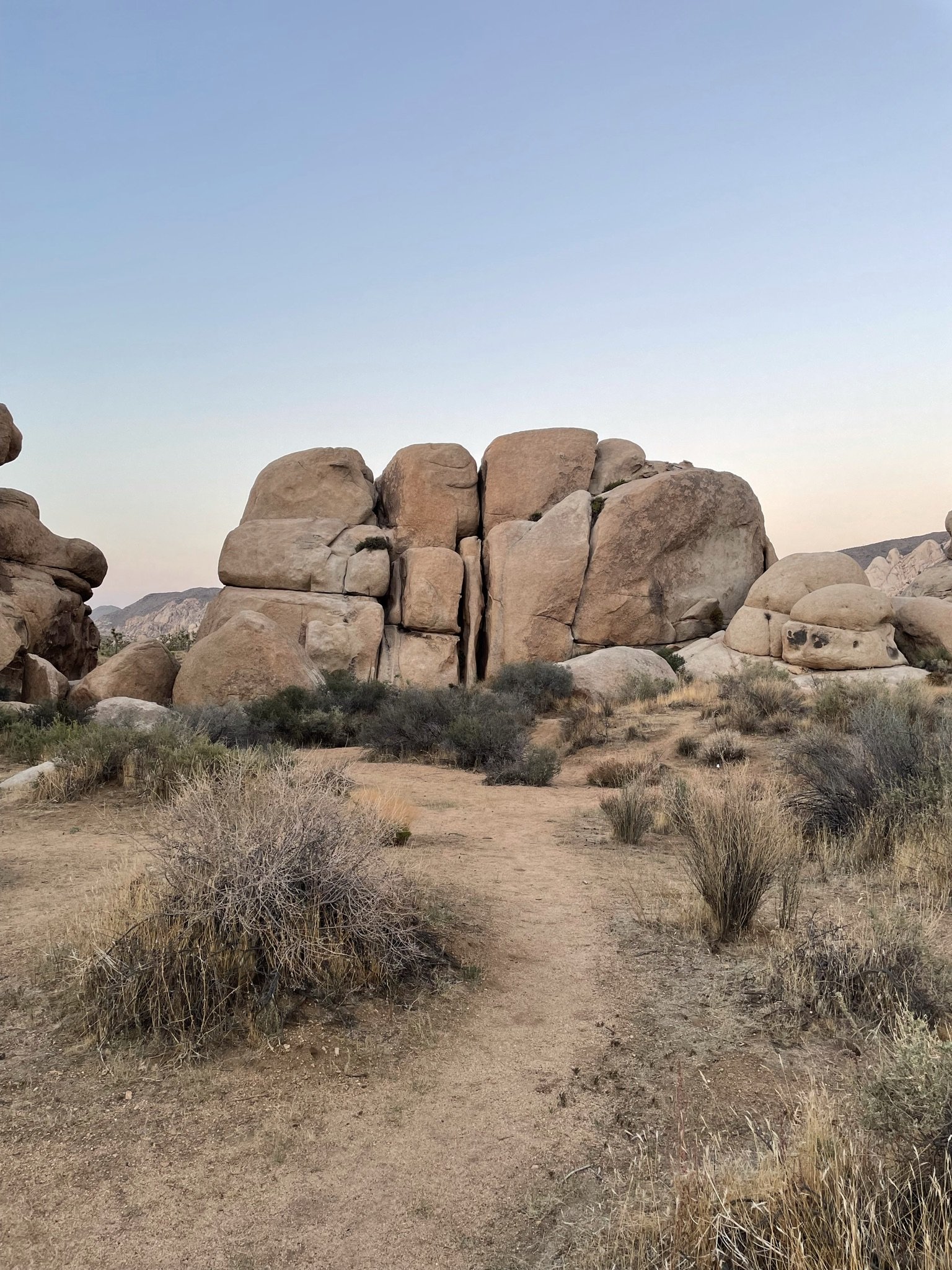
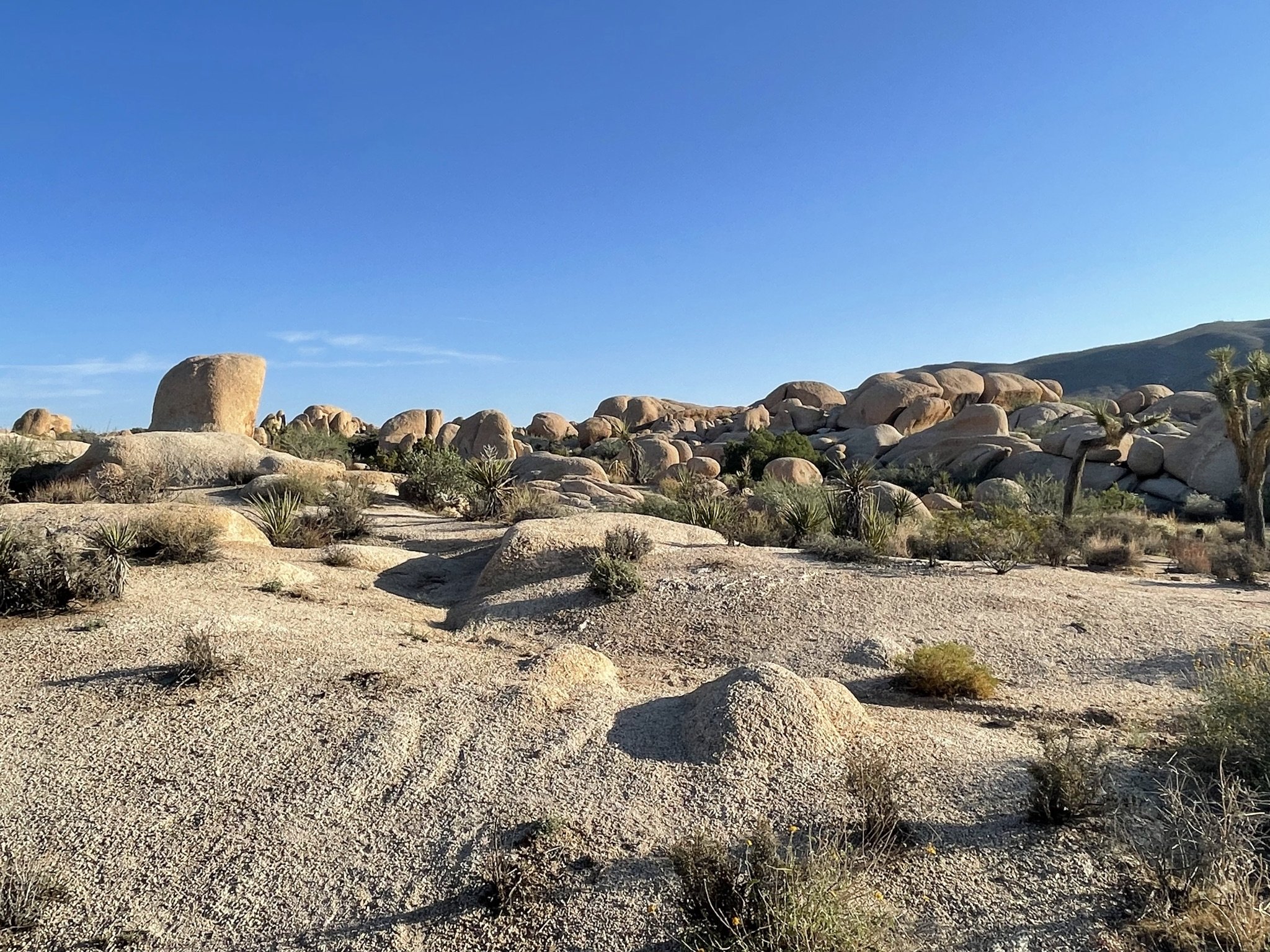
Joshua Tree has a variety of landscapes that range from sandy plains to rock formations. Although most of these elements- aside from the prickly Joshua trees- are the same color palette, the play of light and shadow makes the components of this National Park truly remarkable and distinctly different at times throughout the day.
As the sun crosses the sky, the colors of the rocks and sands change in tone. Golden hour casts a warm glow on all of the rock formations and then dusk brings a pastel palette to the very same landscape.
Shadows add ever changing depth and texture to the landscape, highlighting and concealing as the day progresses.
Design applications: shade structures, texture and depth of facade elements, lighting color temperatures.
Sedona shows the impact of a complementary color palette.
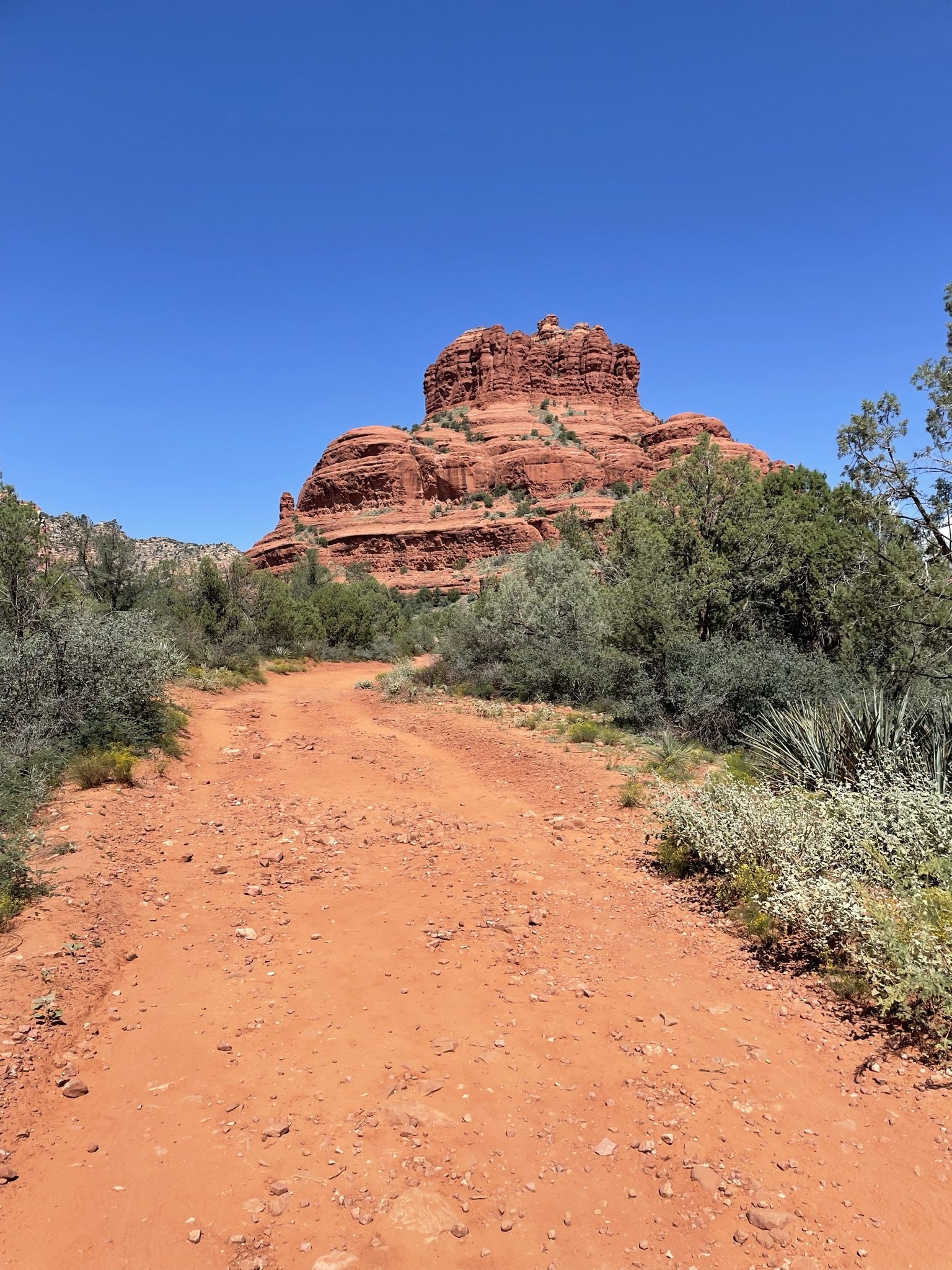
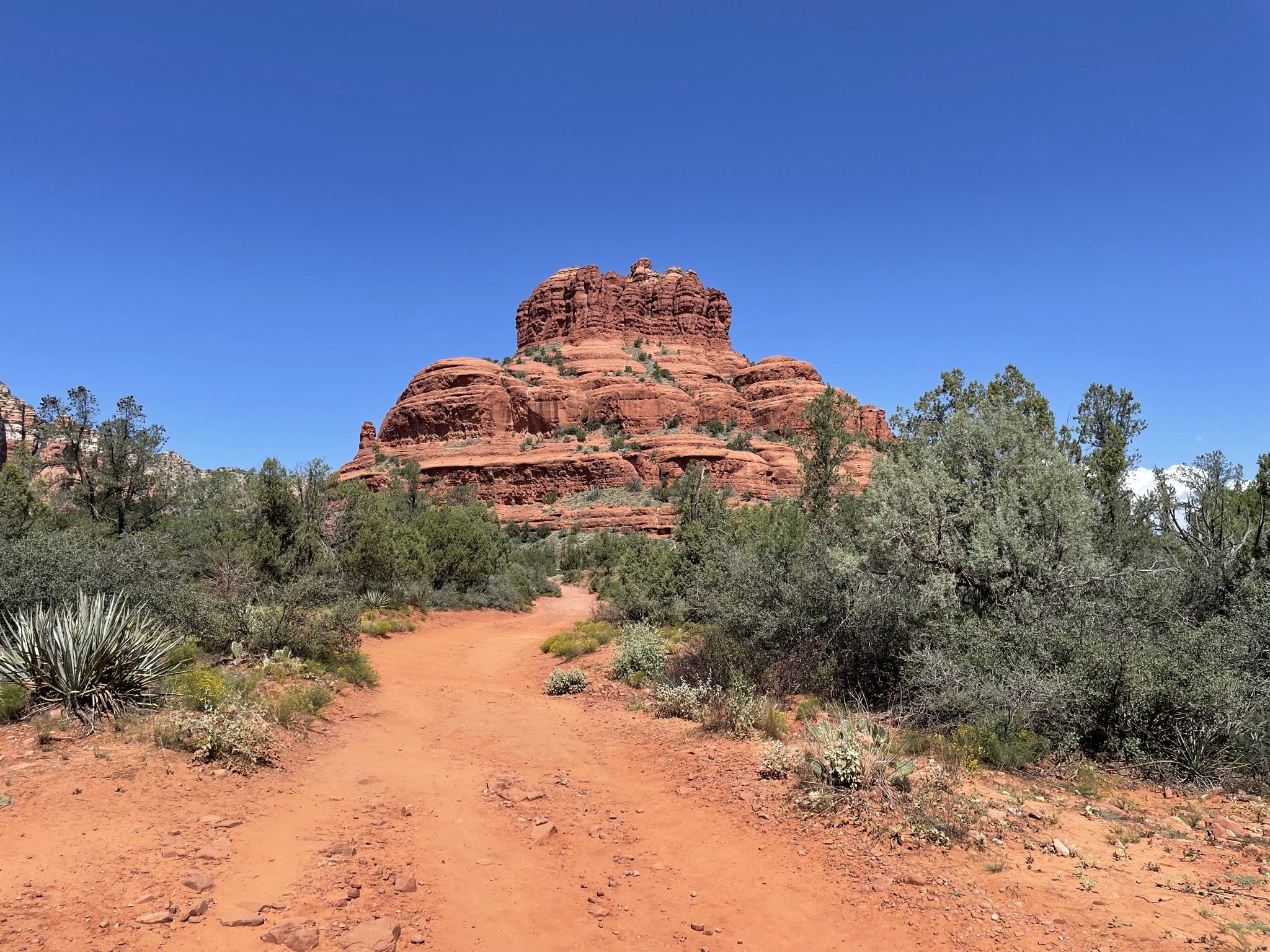

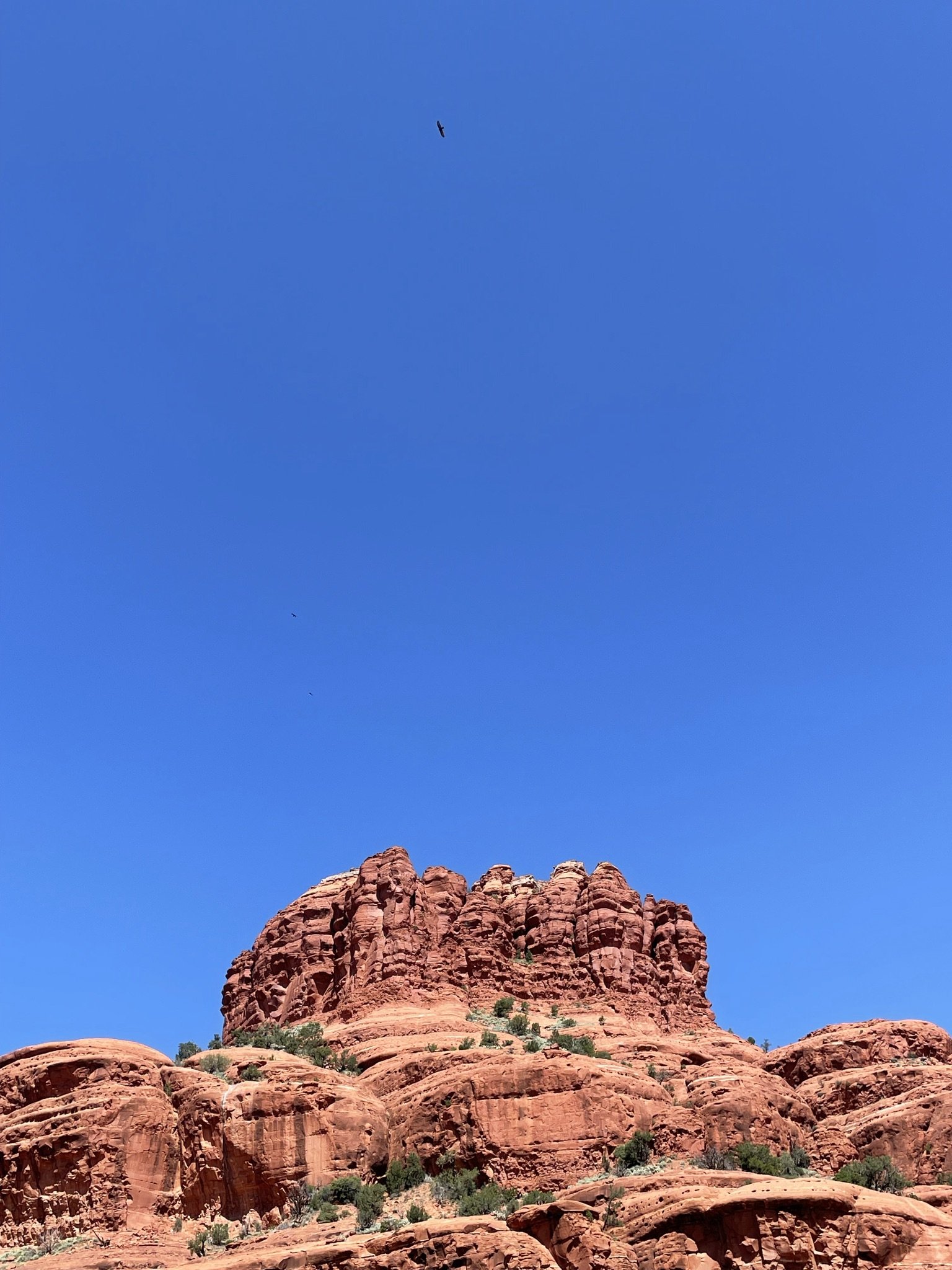
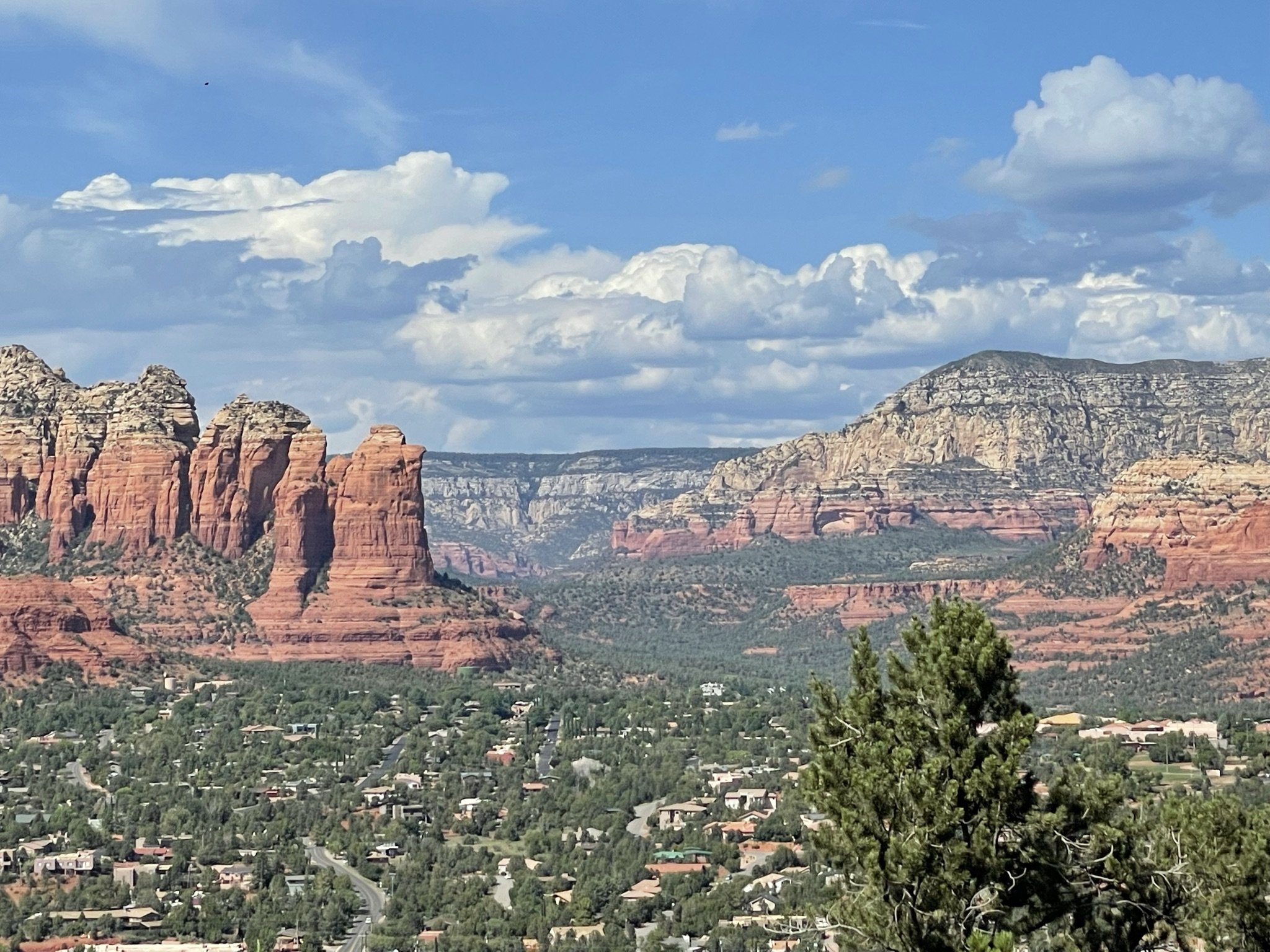
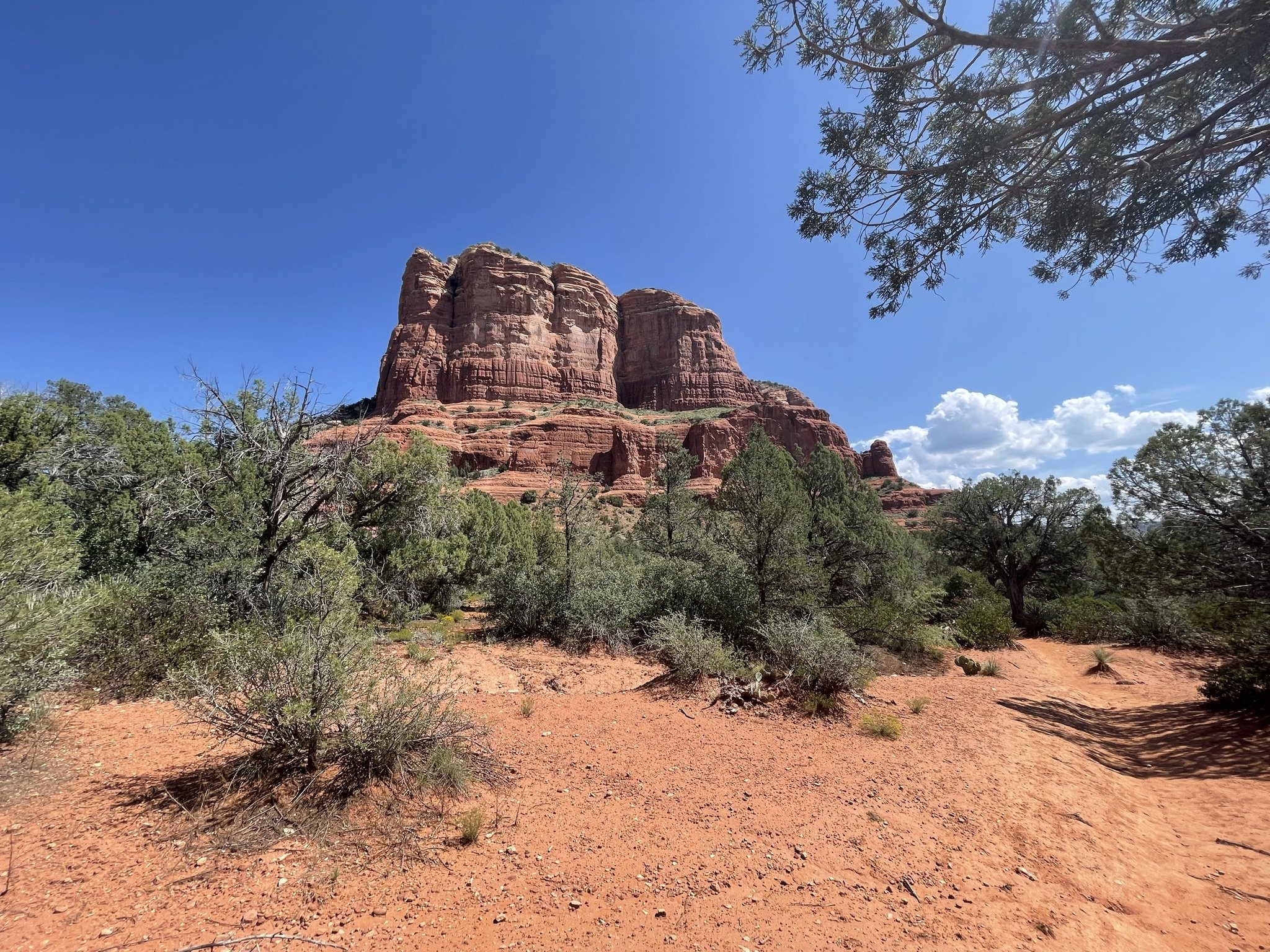
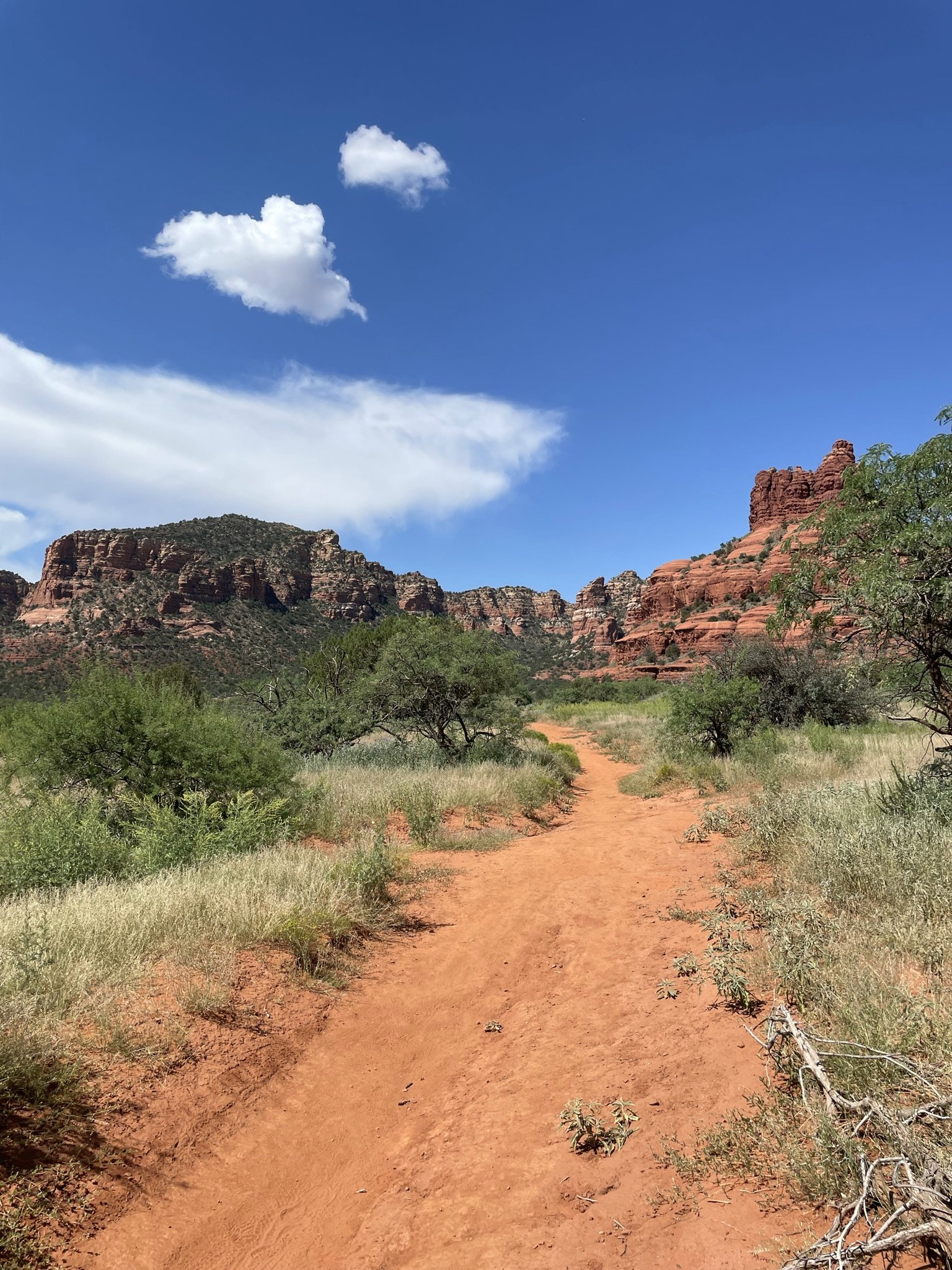

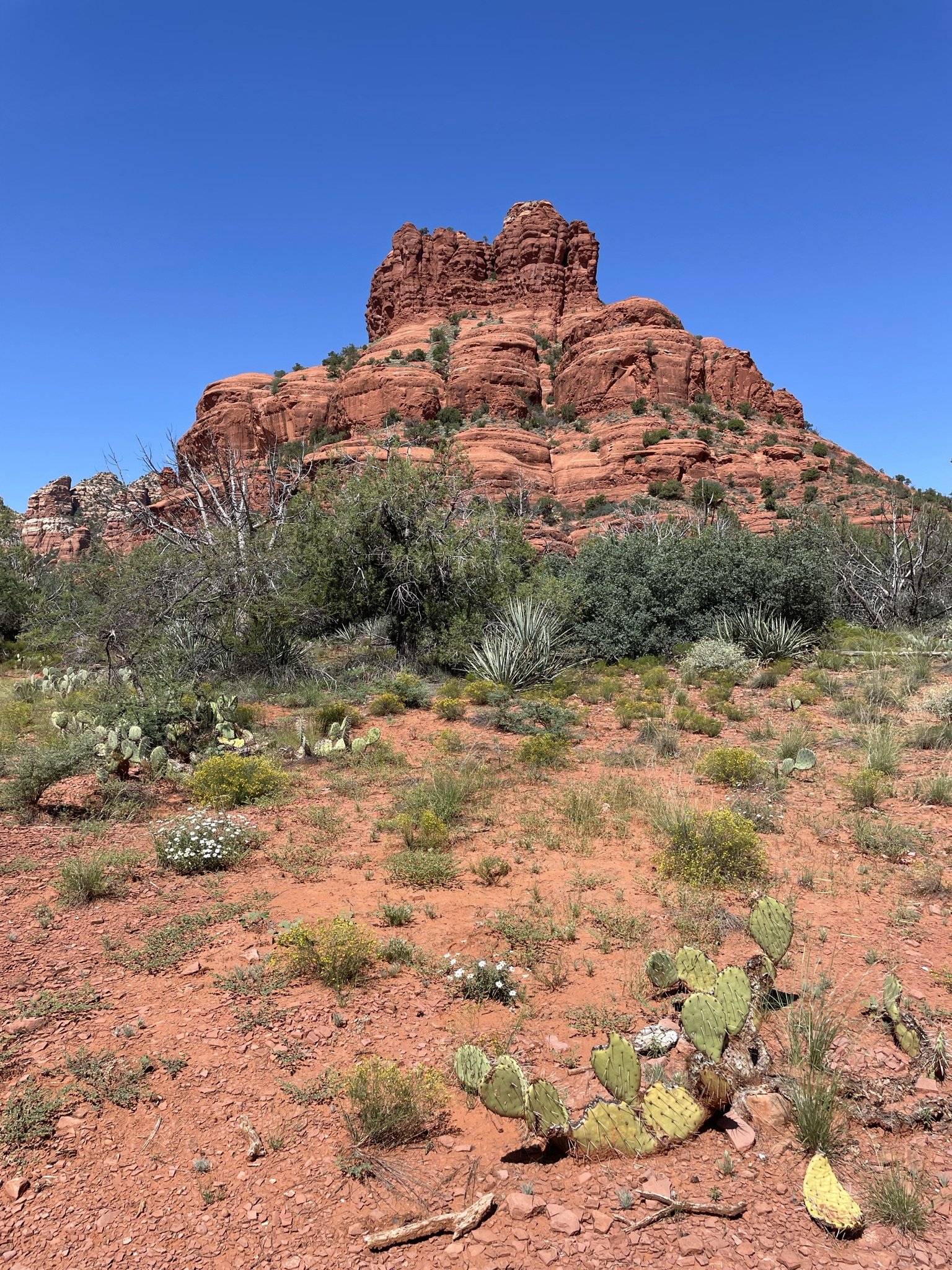
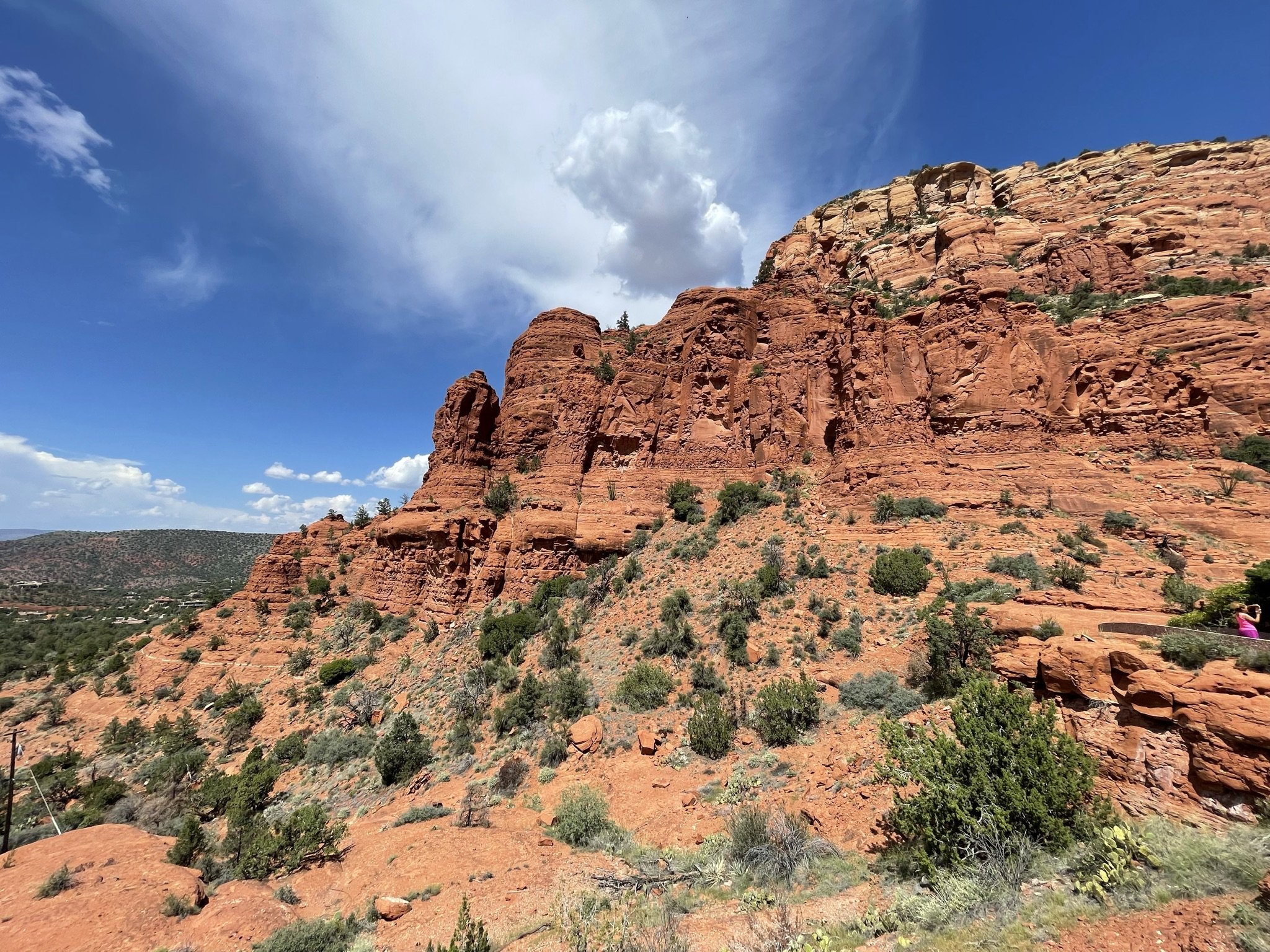
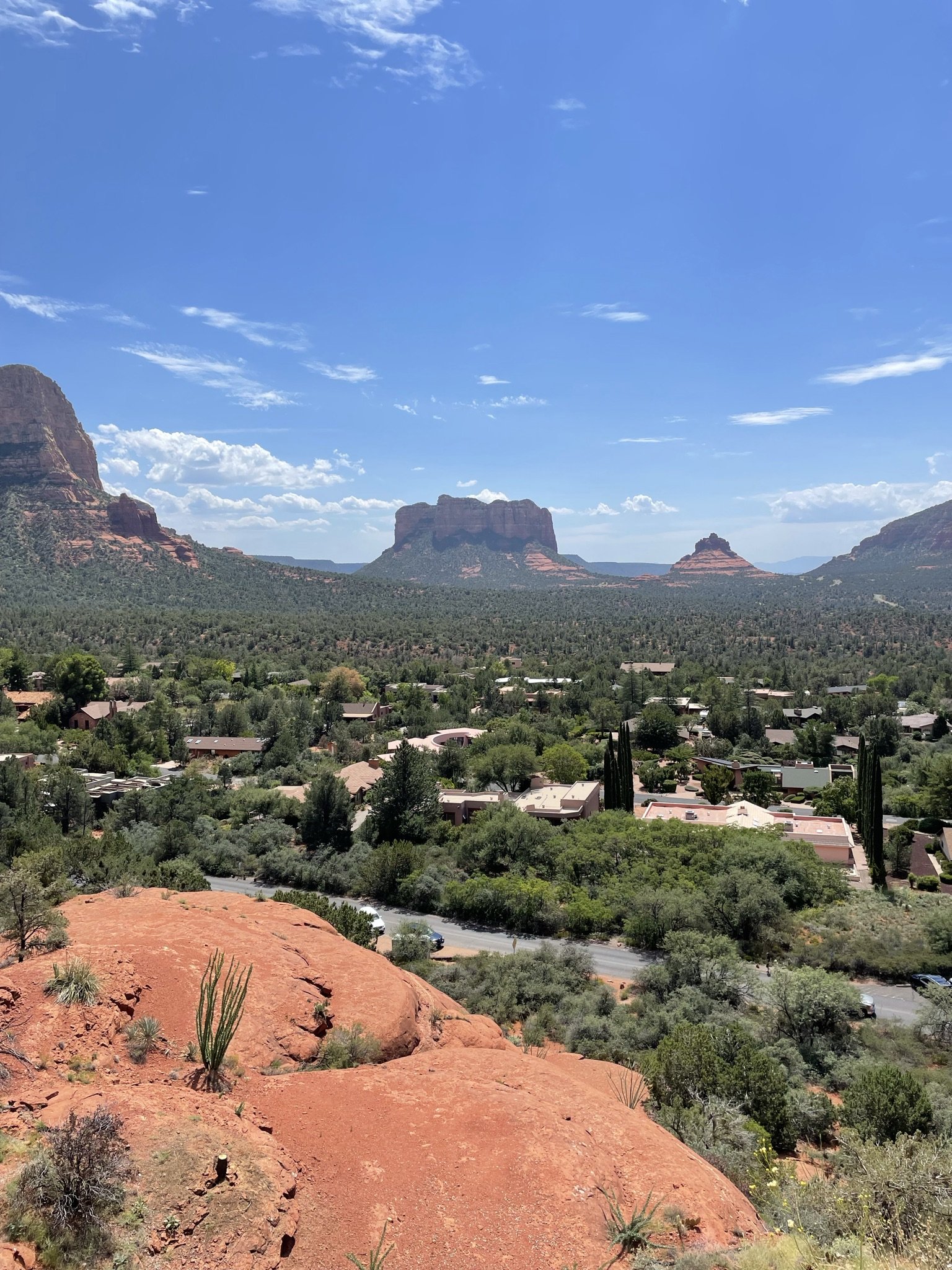
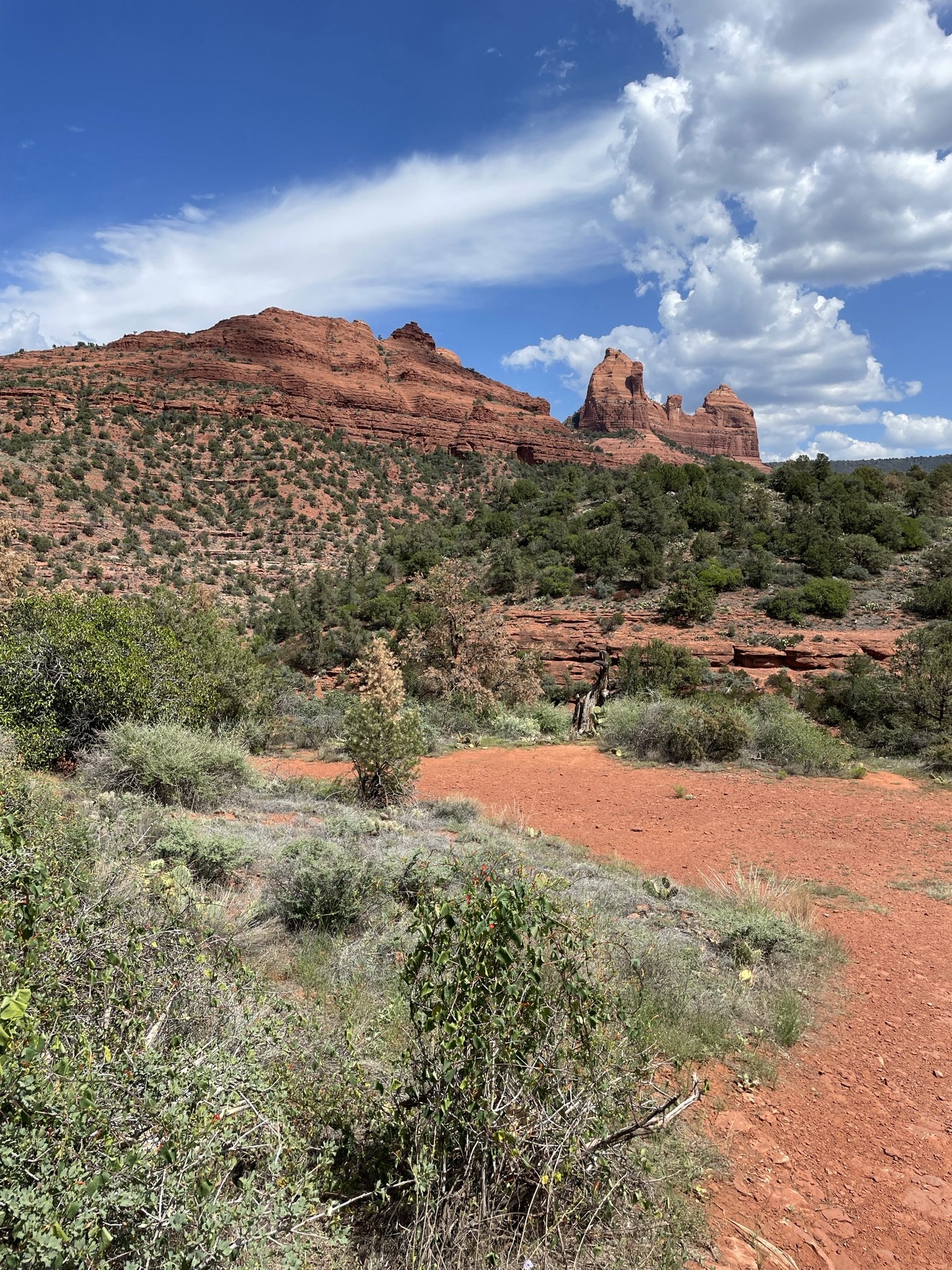
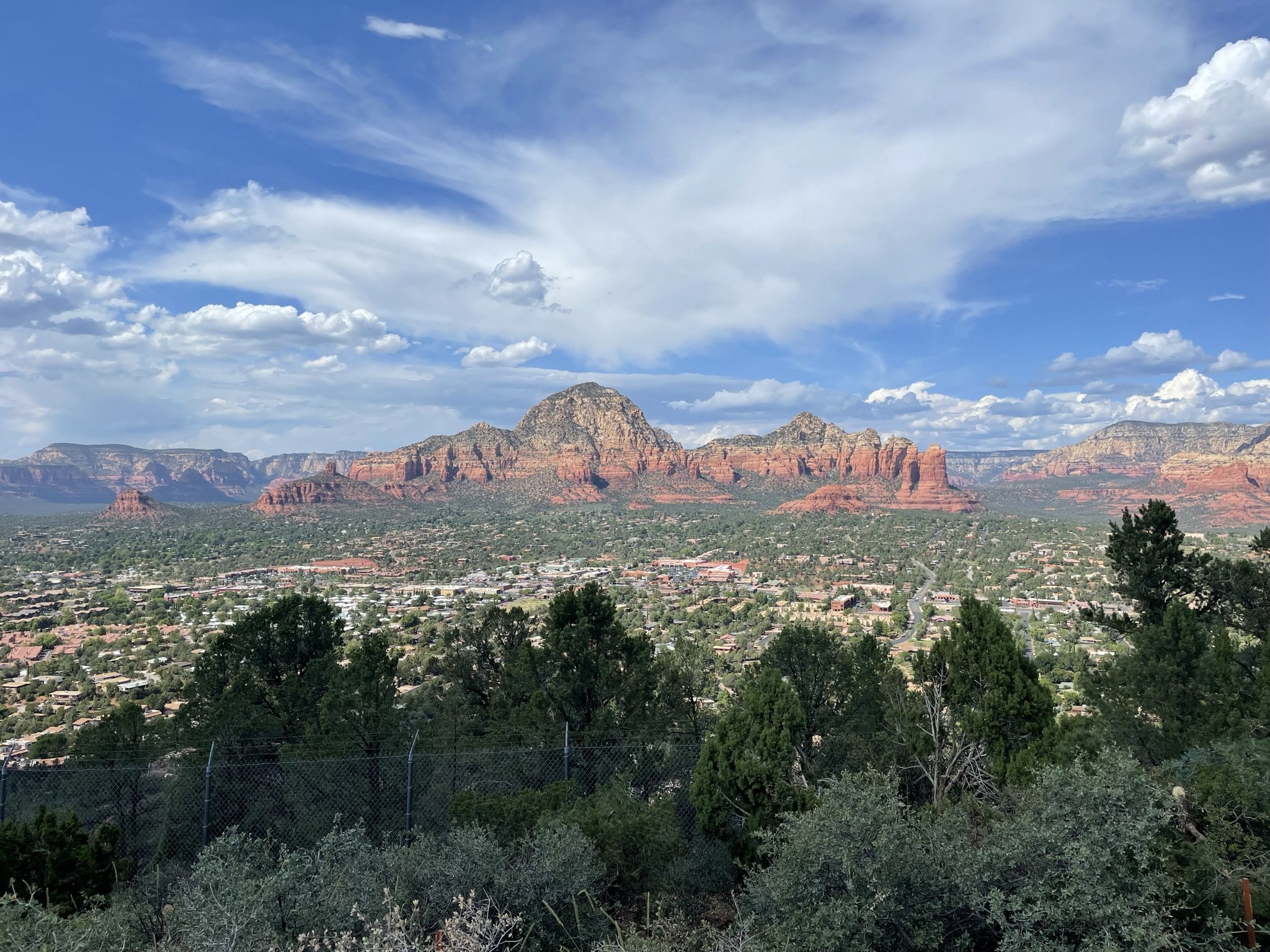
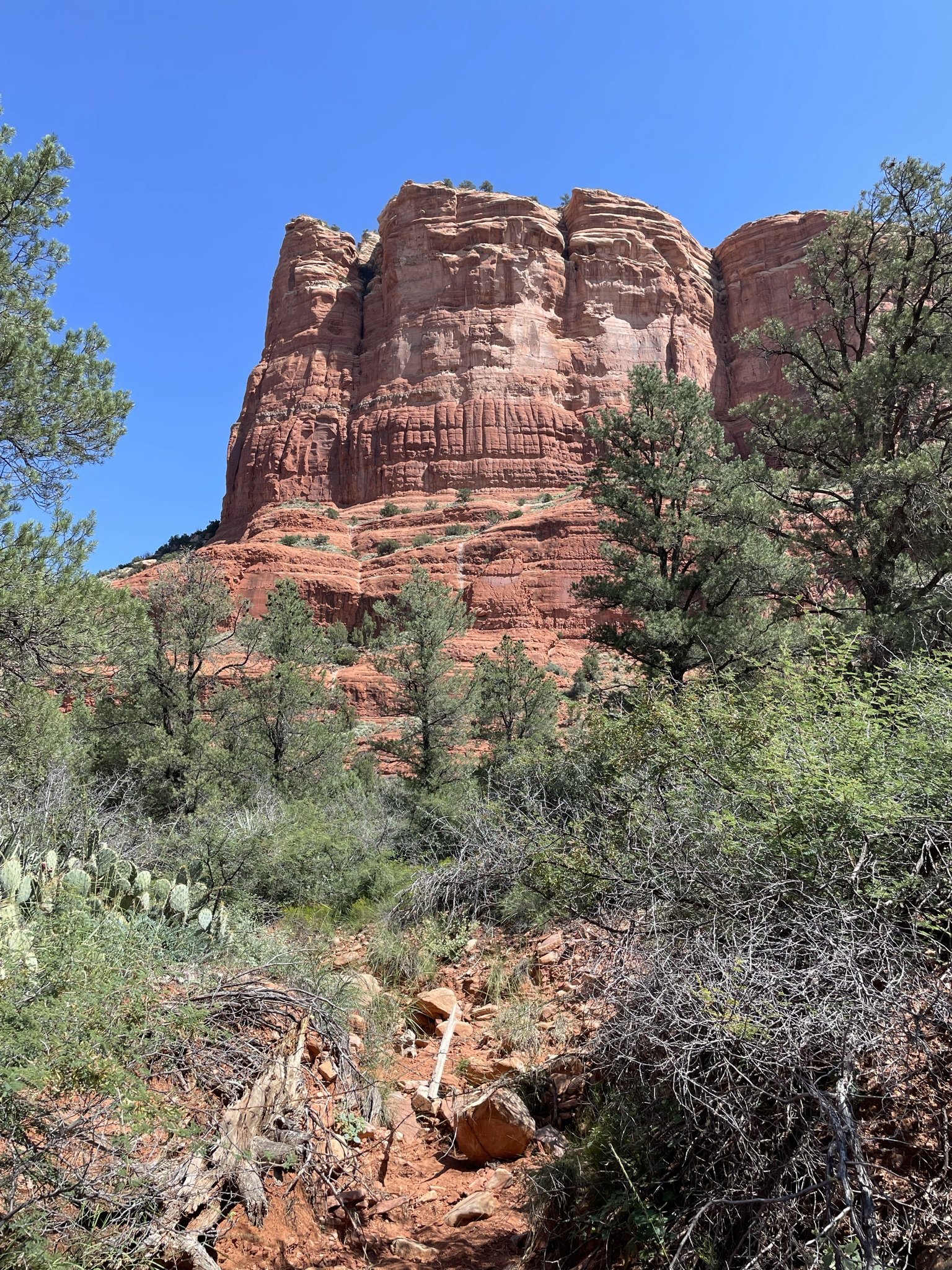
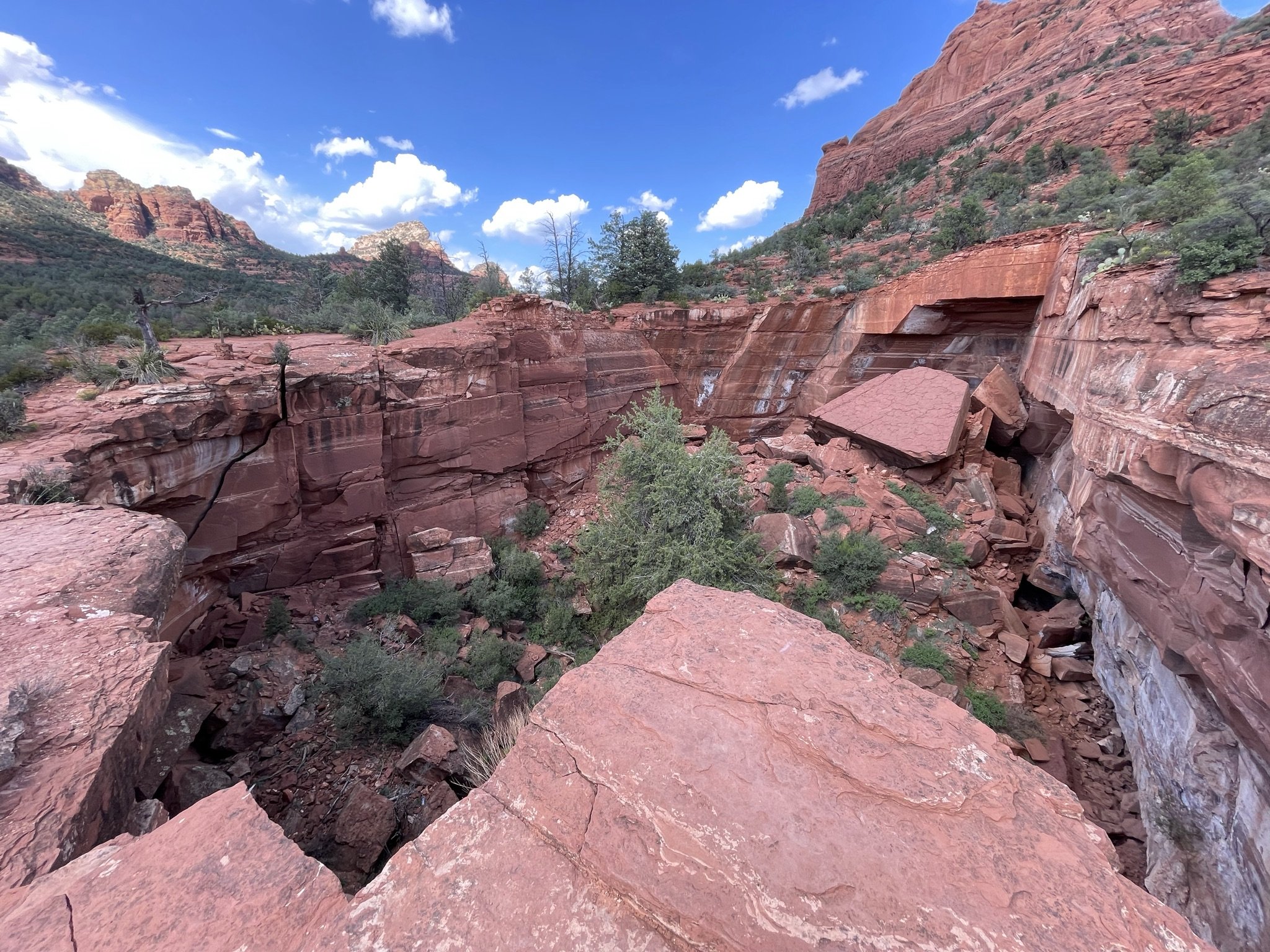
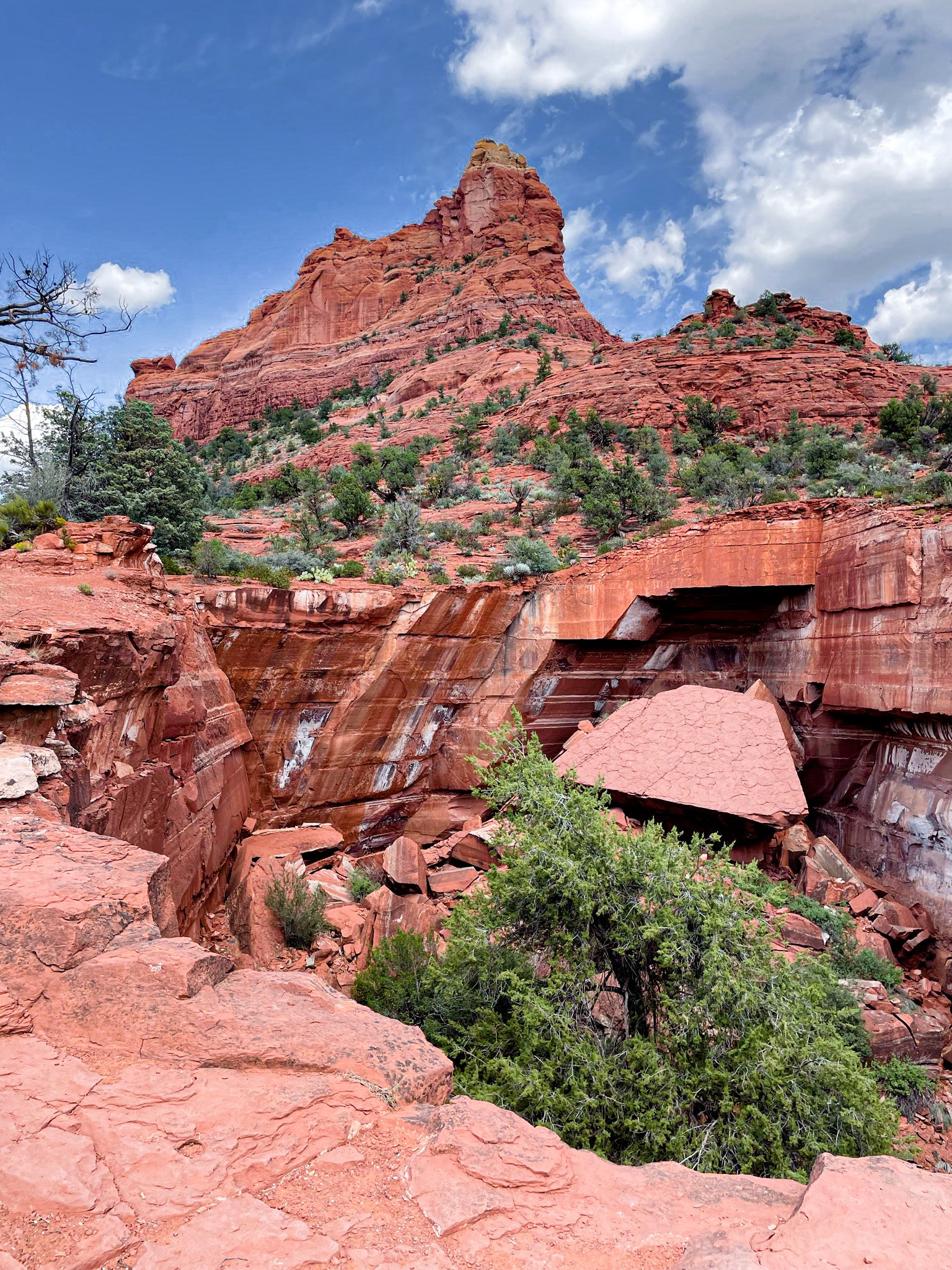
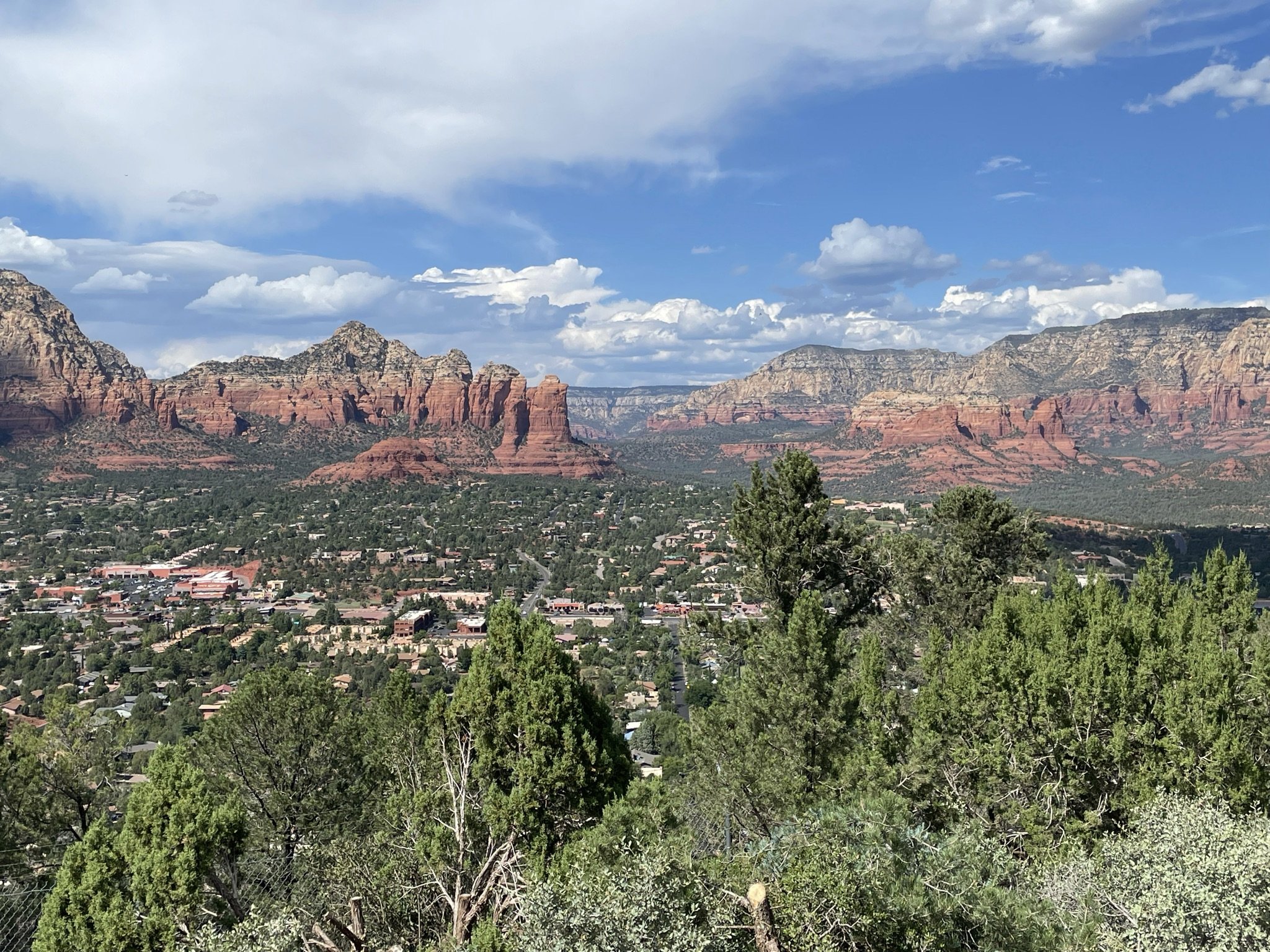
Red and green are complementary colors because they are opposite each other on the color wheel.
Red is a warm color; green is a cool color. The warm/cool combination creates a phenomenon known as simultaneous contrast. Because they are so different from each other, when used together, they appear brighter and more eye-catching than if they were paired with a more similar color.
Sedona is a perfect example of red and green complements used harmoniously in nature. The rugged red rock formations boldly rise from scattered, wispy greenery. The views are stunning.
Design applications: interior design, accent colors selection, architectural branding, landscape design.
Sequoia National Park demonstrates the impact of scale.
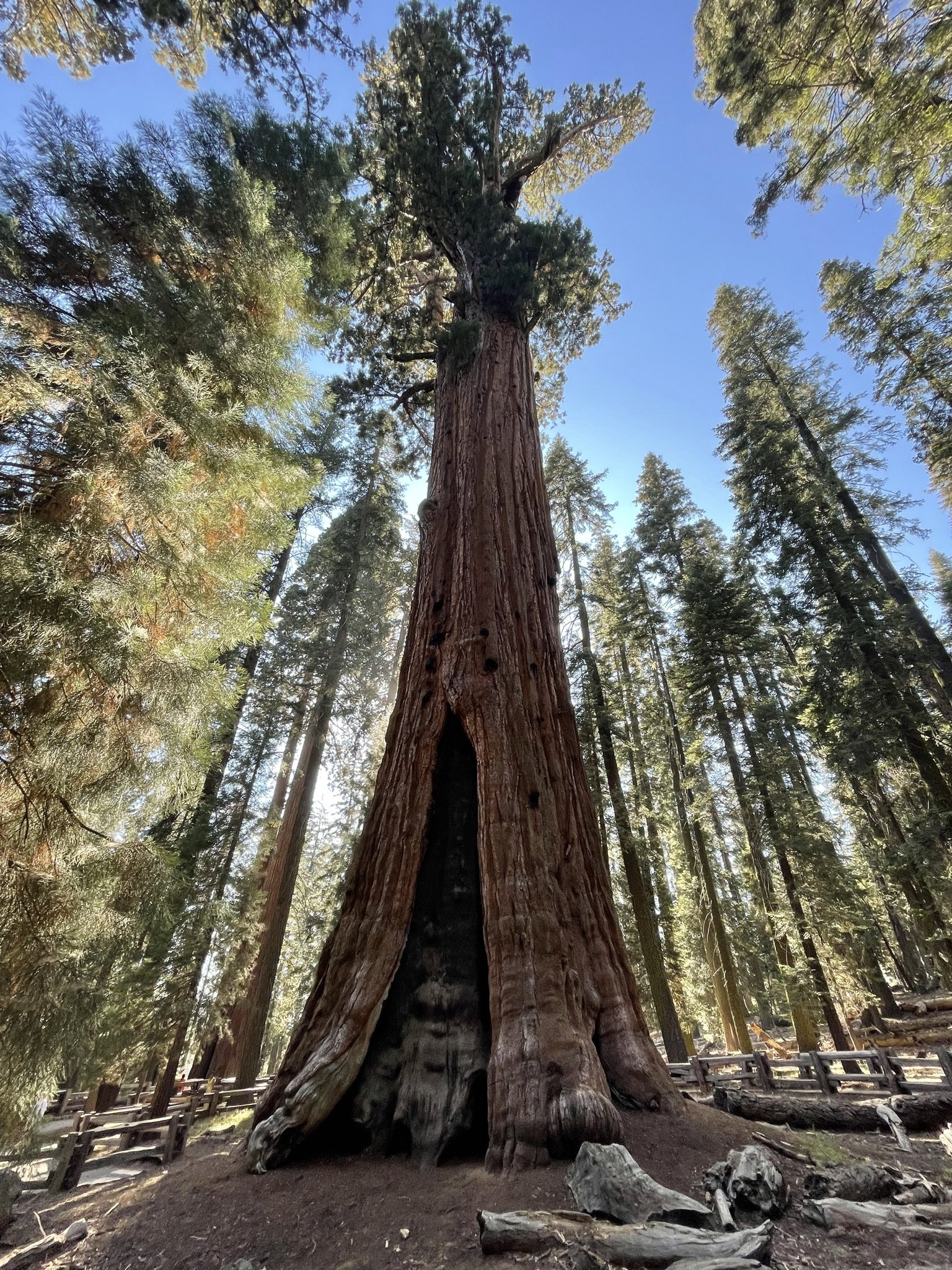
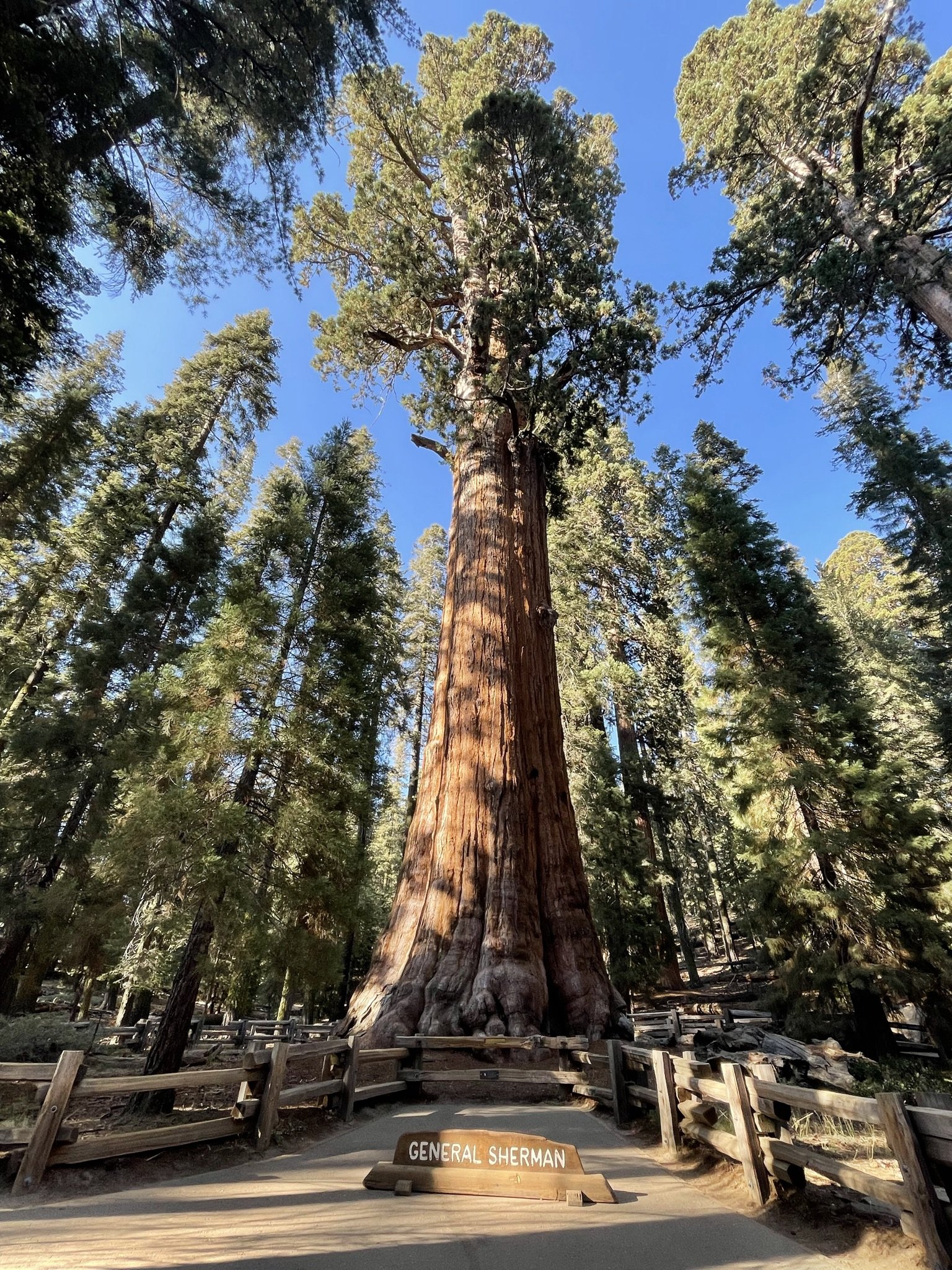
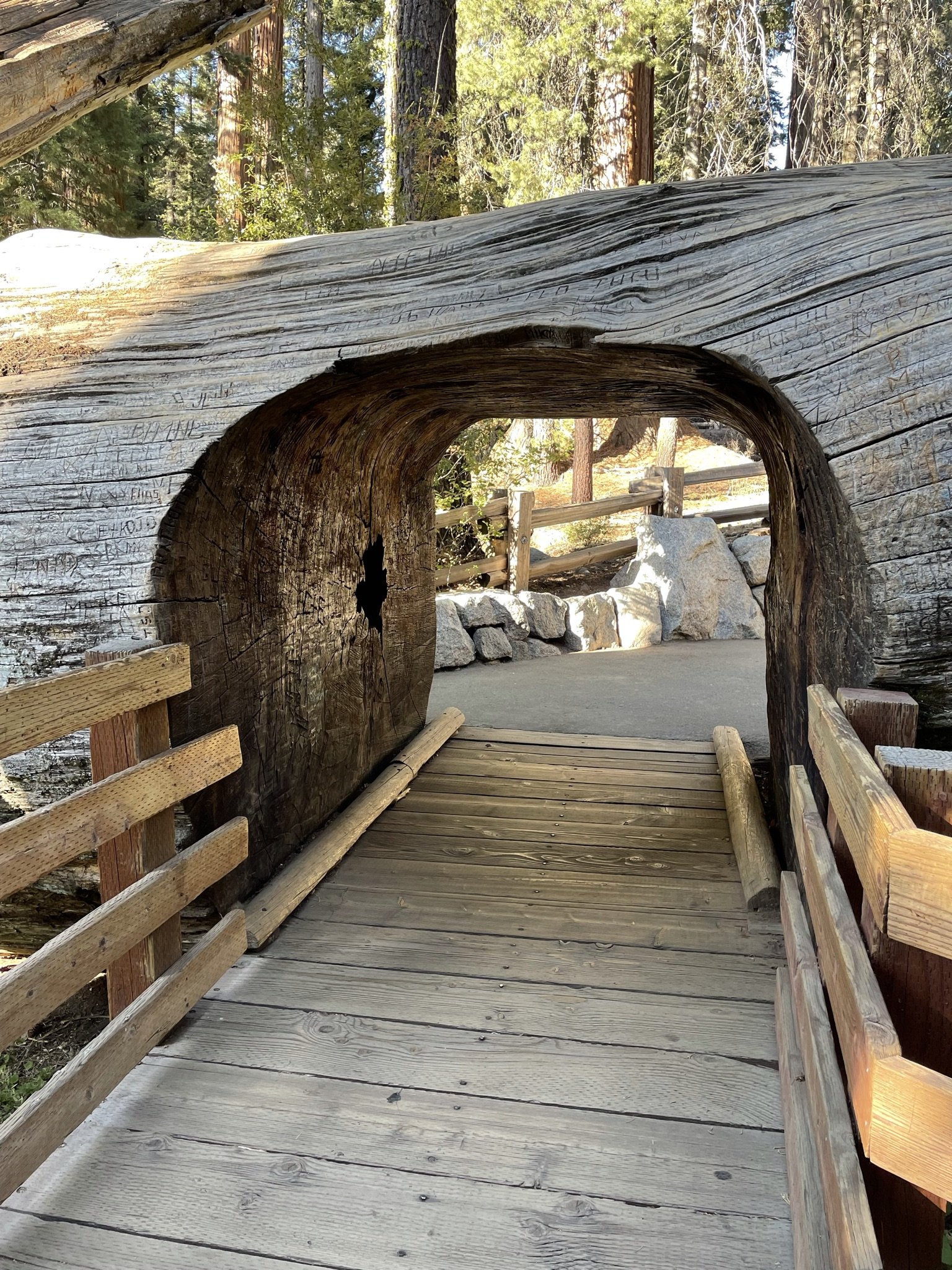
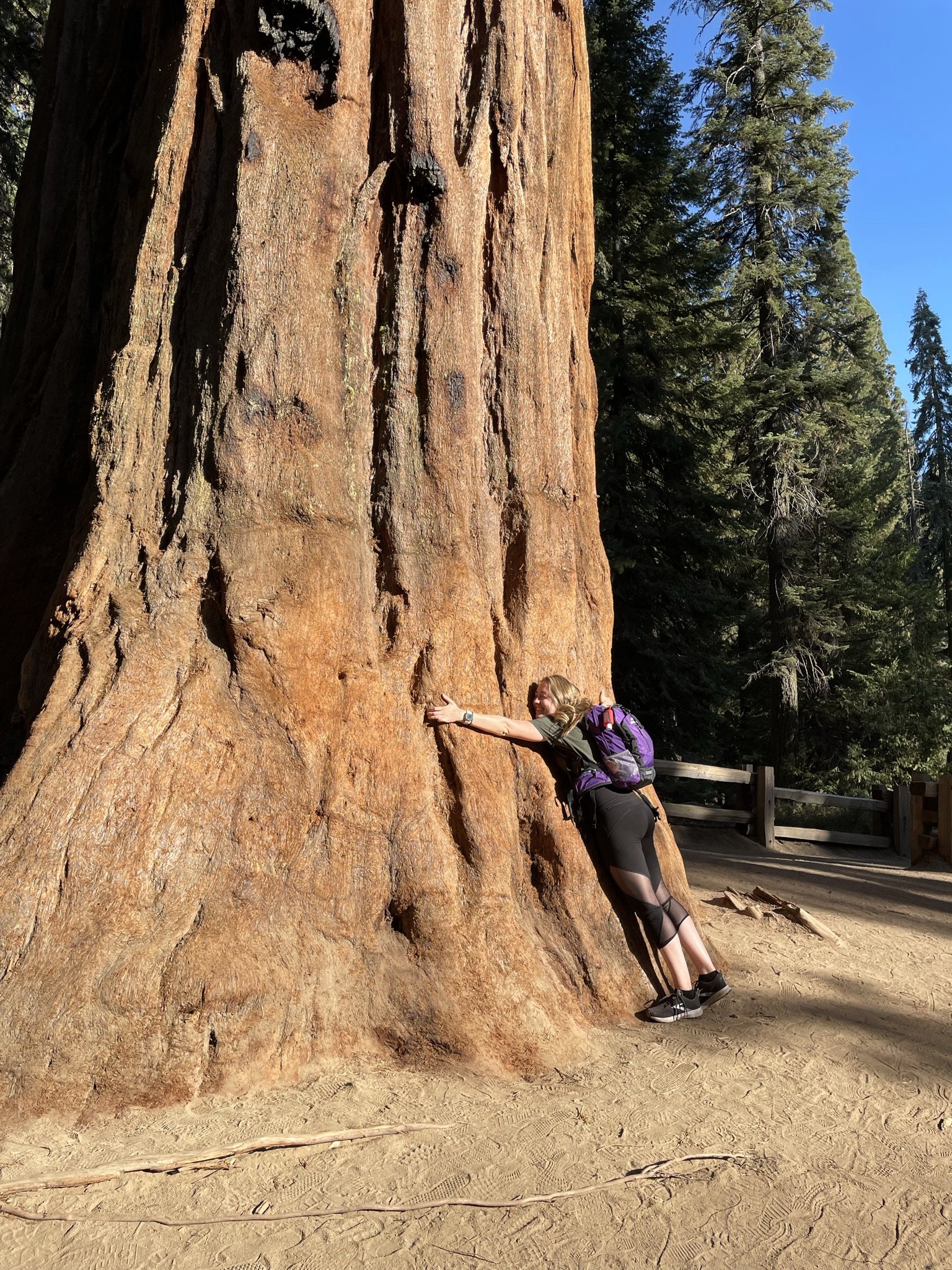
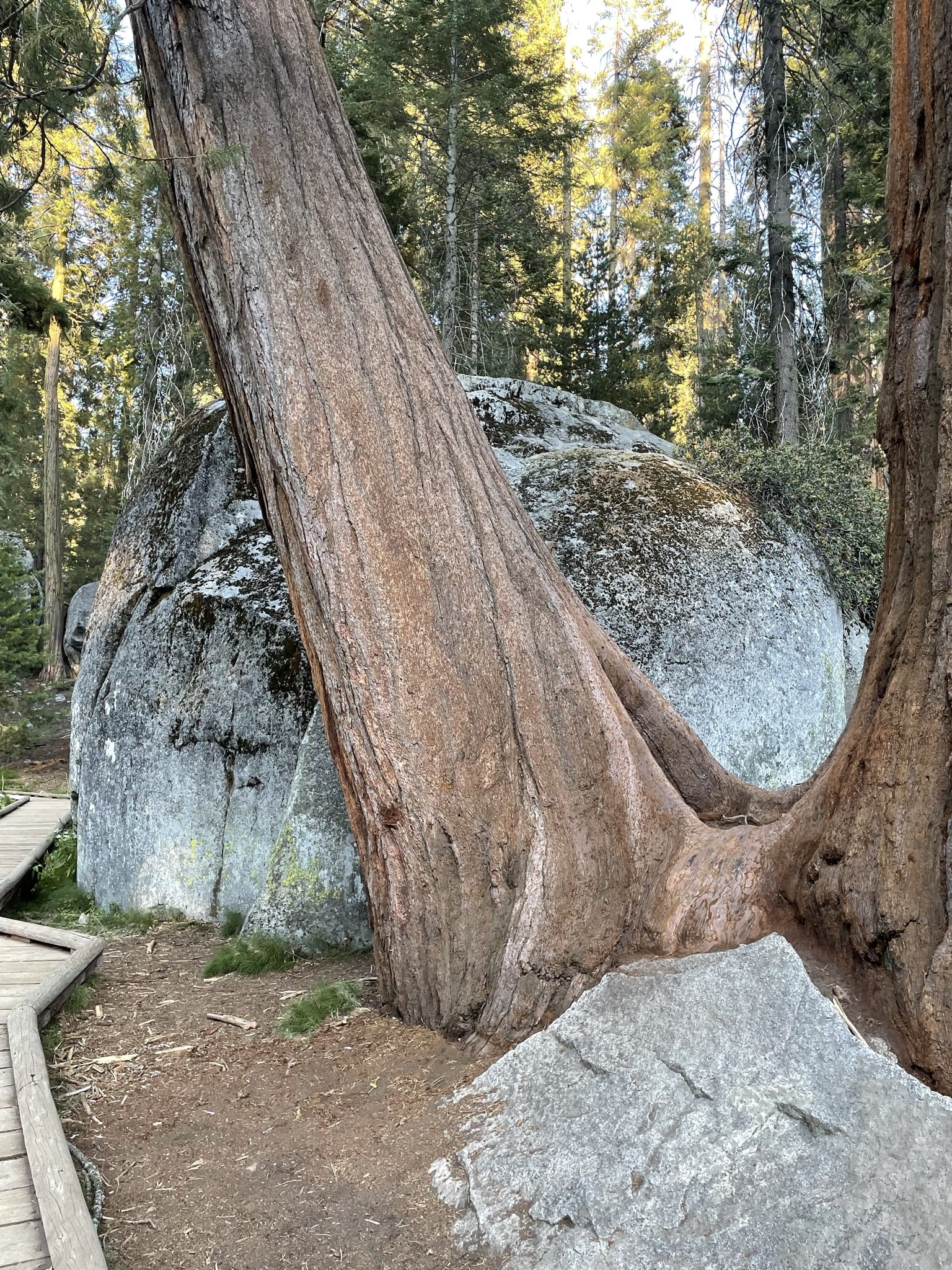
Why are the sequoia forests more impressive than any other forest? Their scale!
The sequoia trees average 160-280 feet tall and 20-26 feet wide. Like skyscrapers, these trees are nearly impossible to capture in a decent photo, nor can their size be understood unless physically in their presence. Scales such as this are incredibly impressive and evoke motifs of strength, safety, grandeur, and awe. In the built world, ego might be another aspect that is related to large scale projects!
Design applications: skyscrapers, sculptures, landmarks (think, Trajan’s Column), church spires.
Arches National Park shows the impact of innovative engineering.
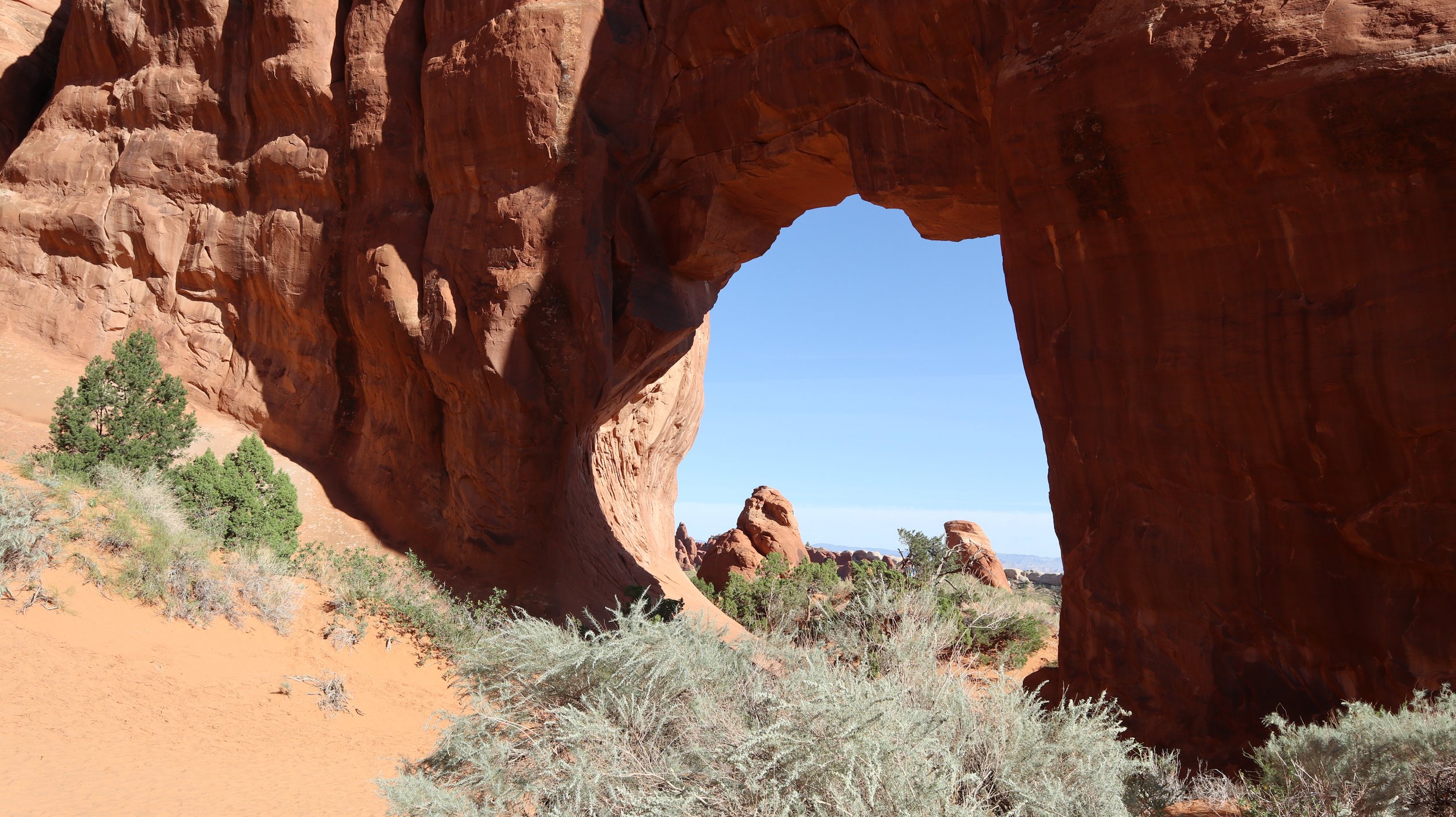

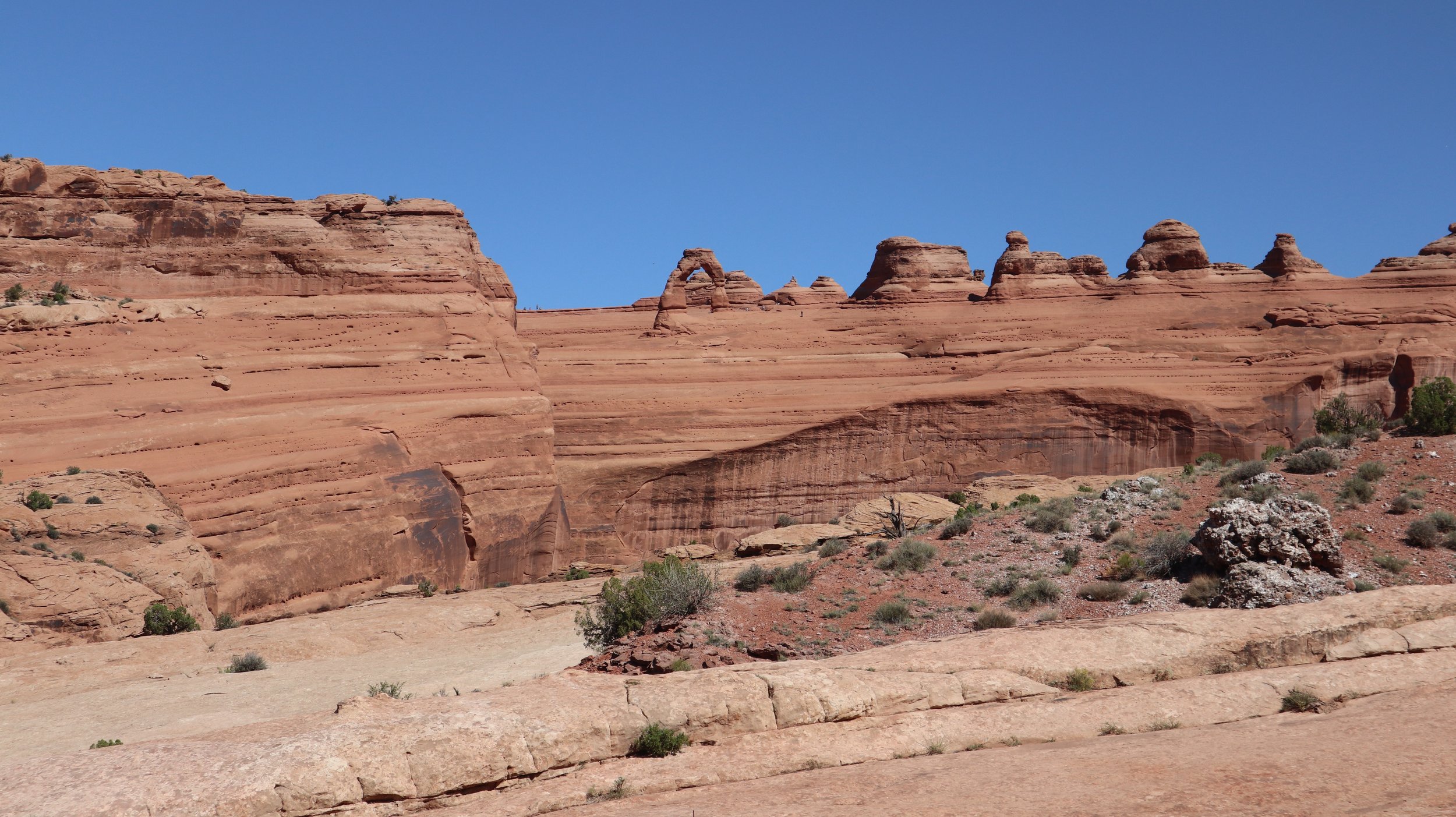
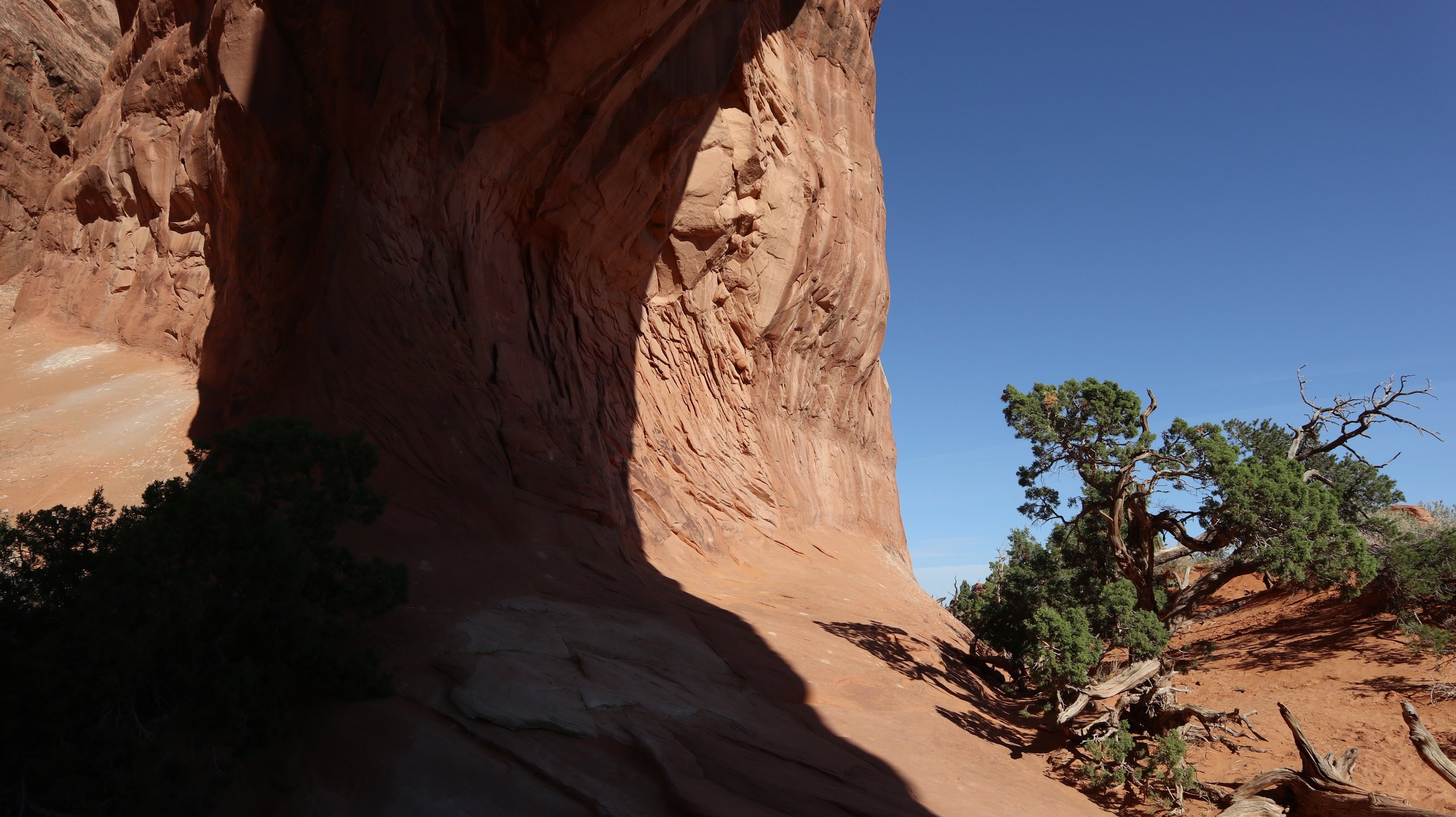
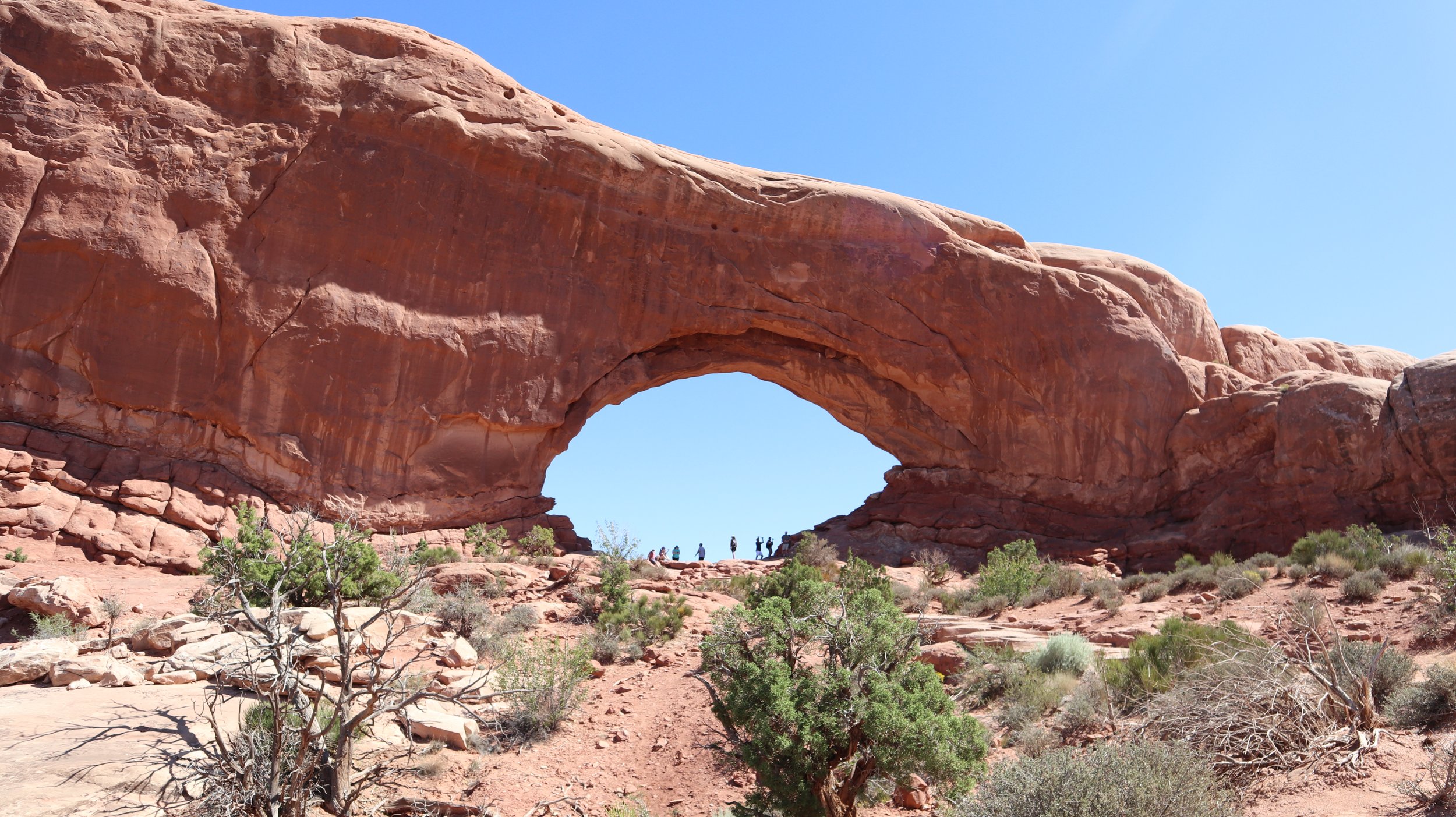

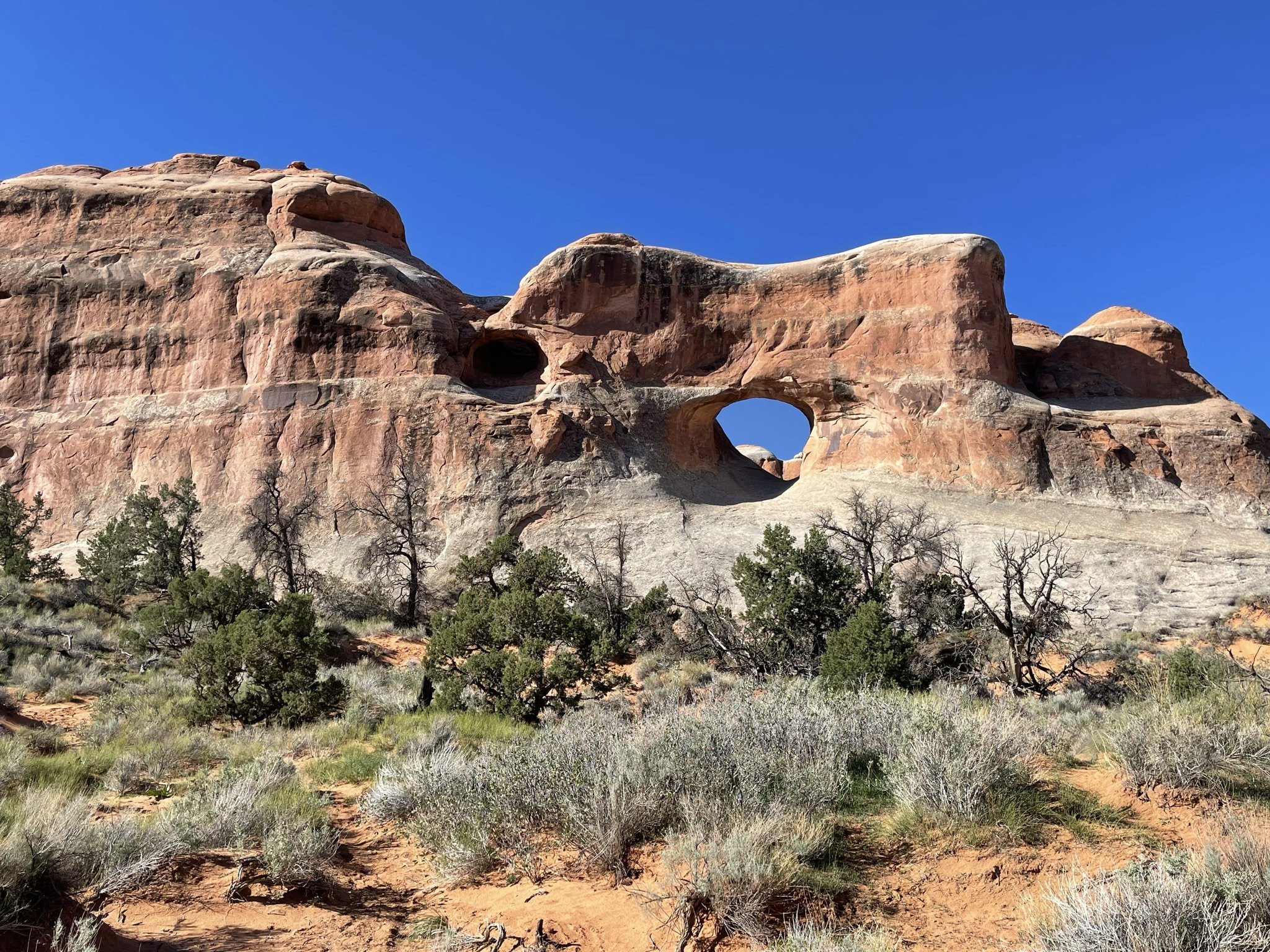

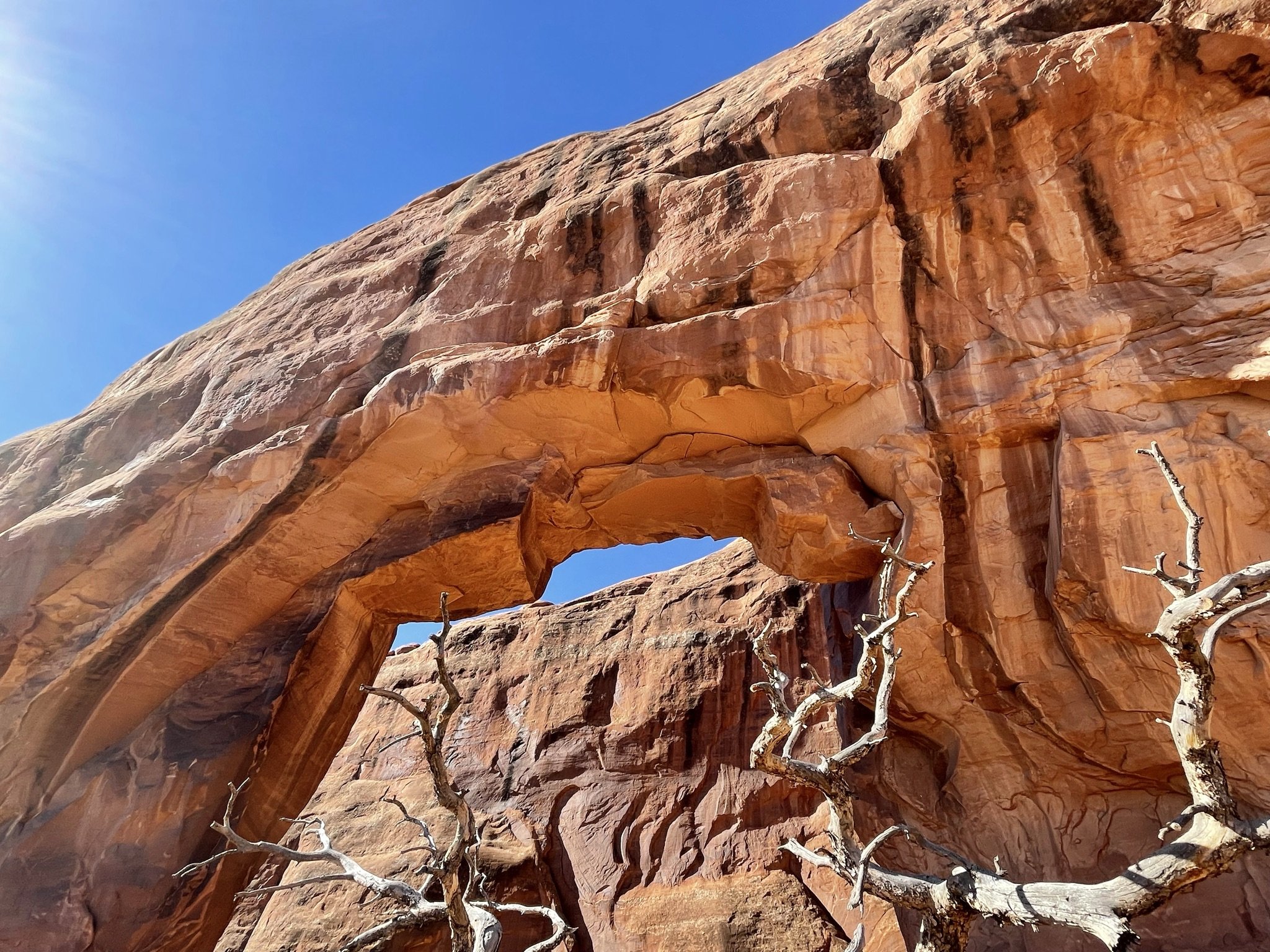

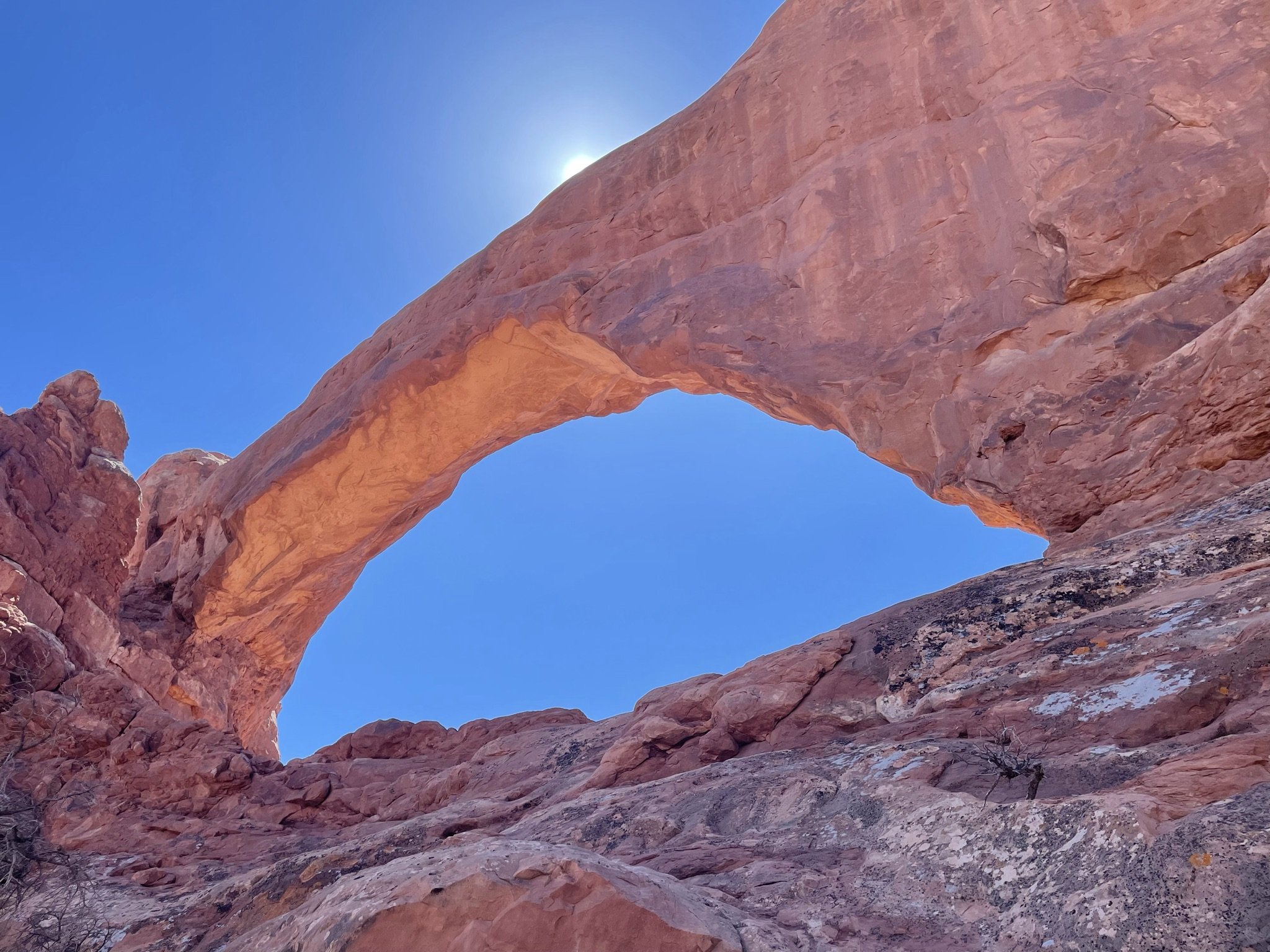
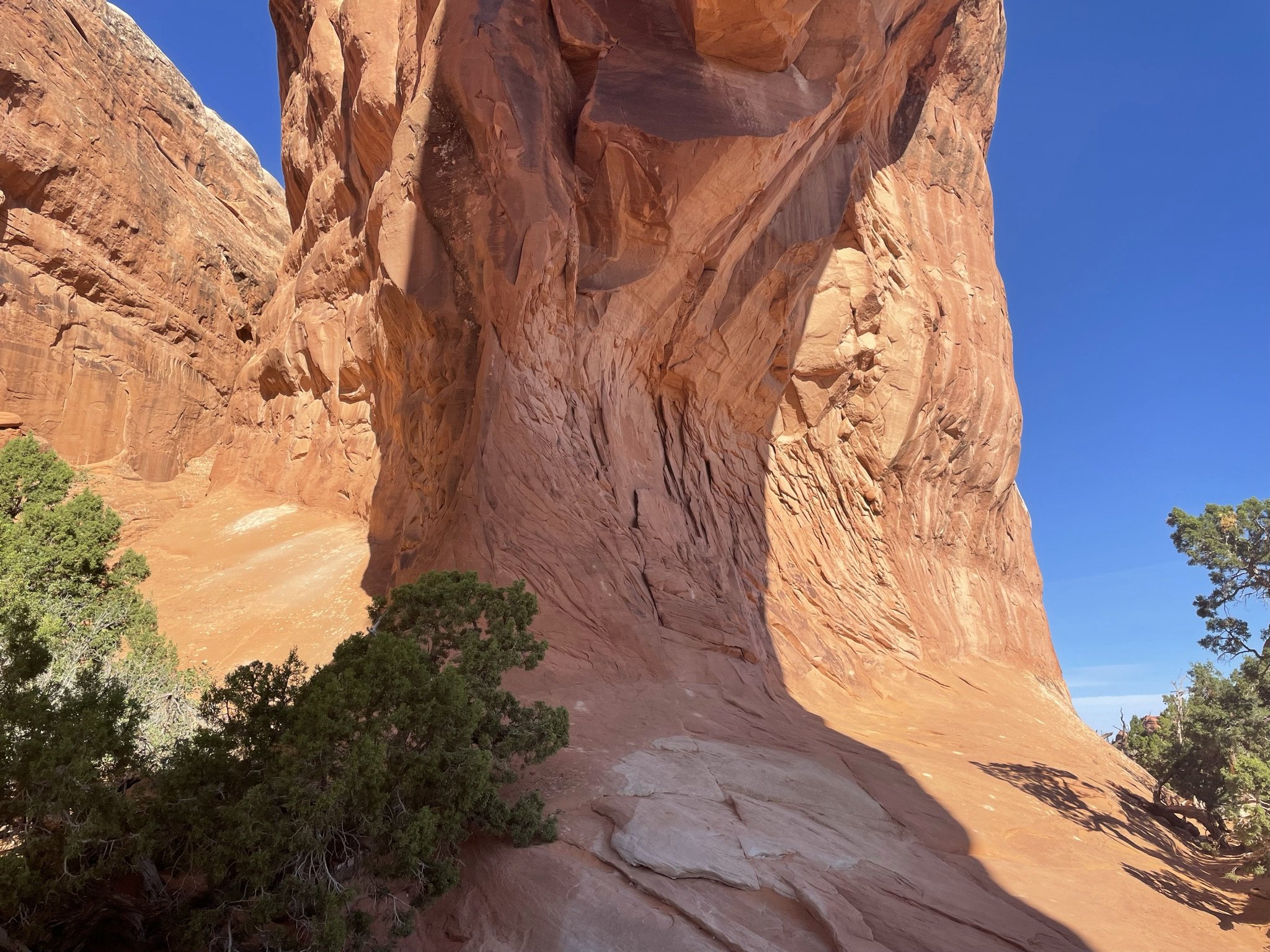

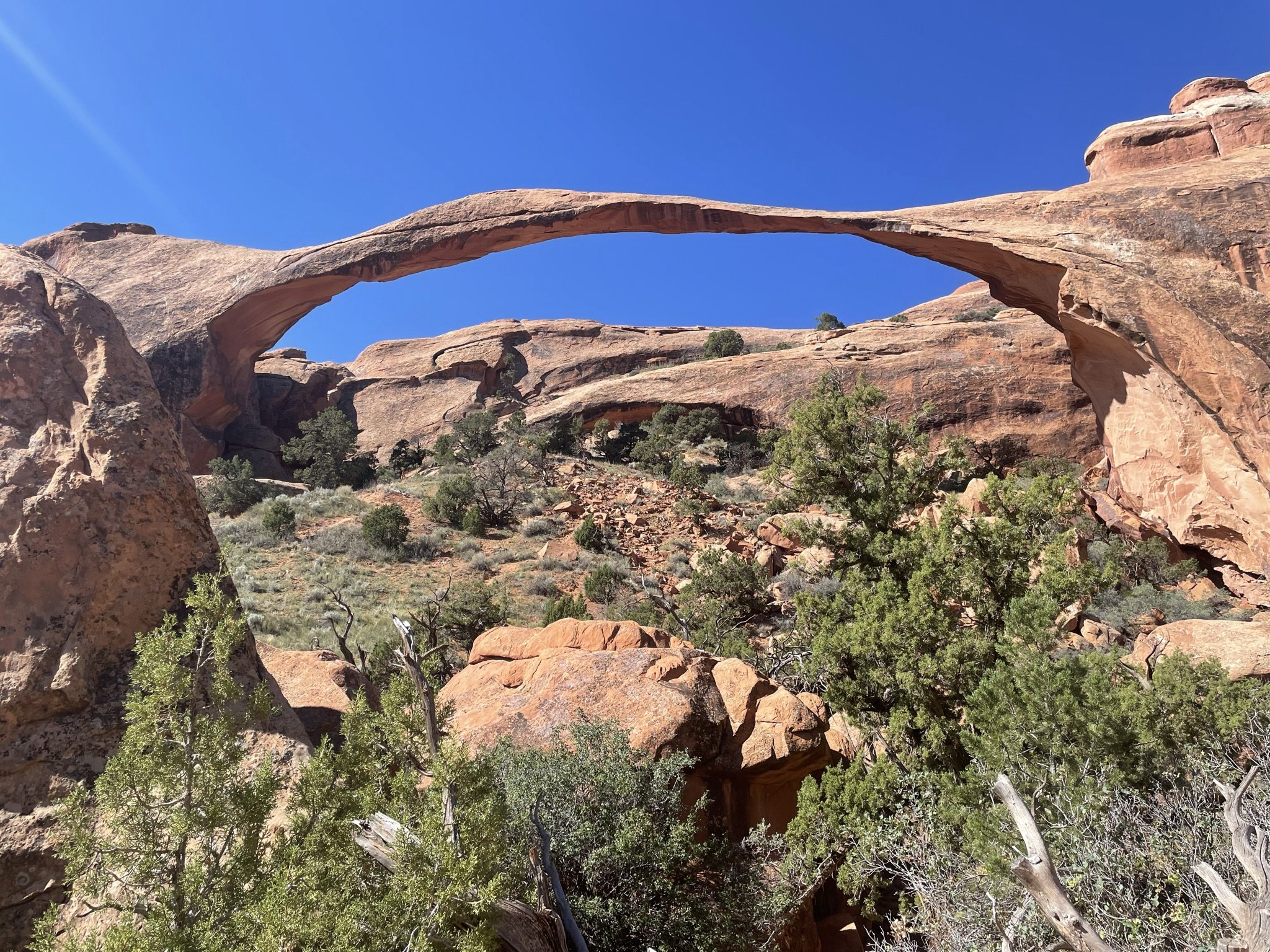
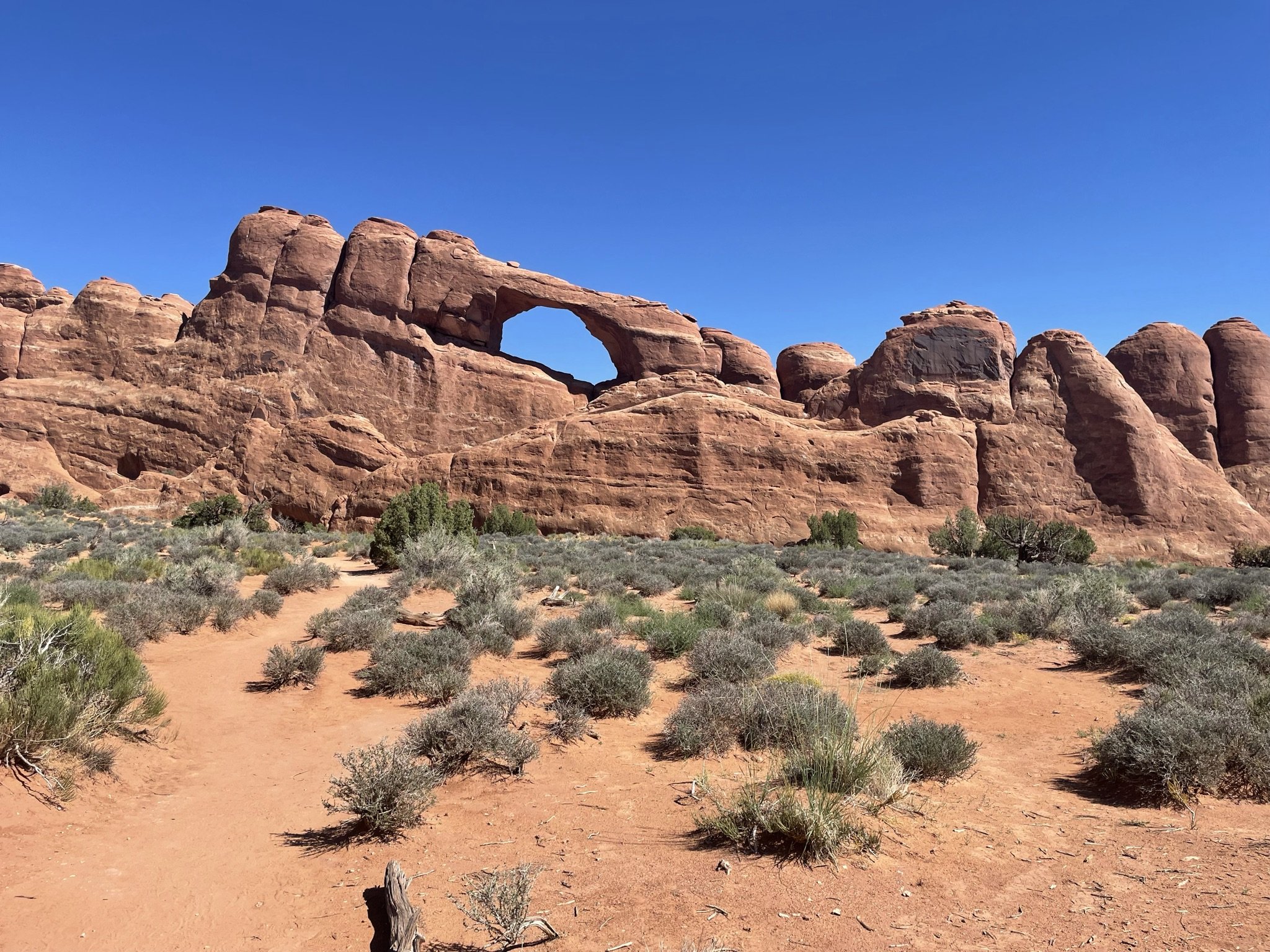

We marvel at structures that don’t seem to be possible, structures that defy the norm. In 2020, 1.24 million visitors visited Arches National Park, which proves that point.
Arches defy gravity and introduce a bit of danger and mystique to an otherwise monolithic landscape. Architecture and engineering that push the boundaries of structural technology, are impressive merely for staying upright.
As architects, especially on innovative projects, it is so important to question norms and have a great team of competent, creative engineers.
Design applications: bridges, flying buttresses, arches and vaults.
Monument Valley shows the power of landmarks.
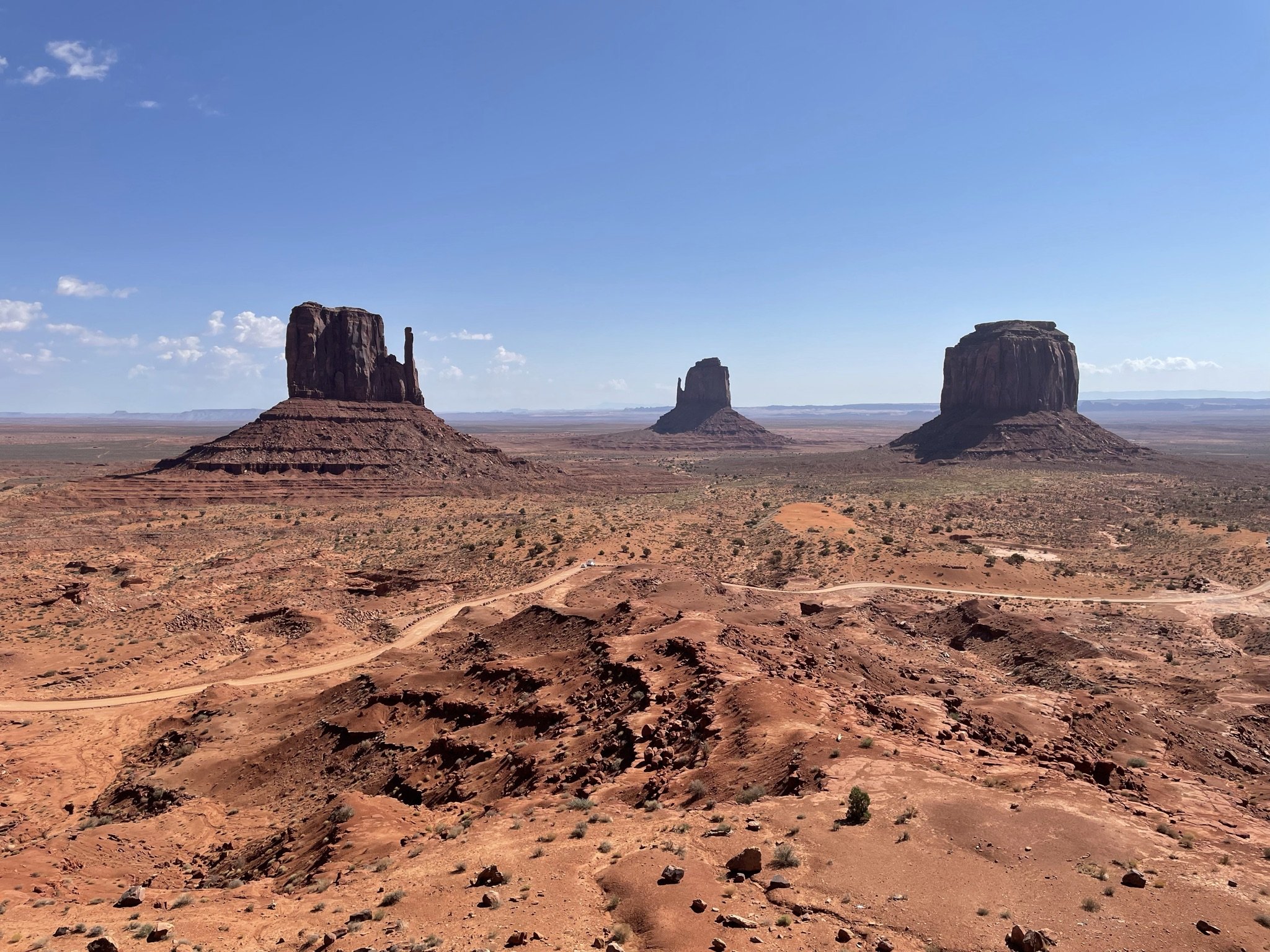
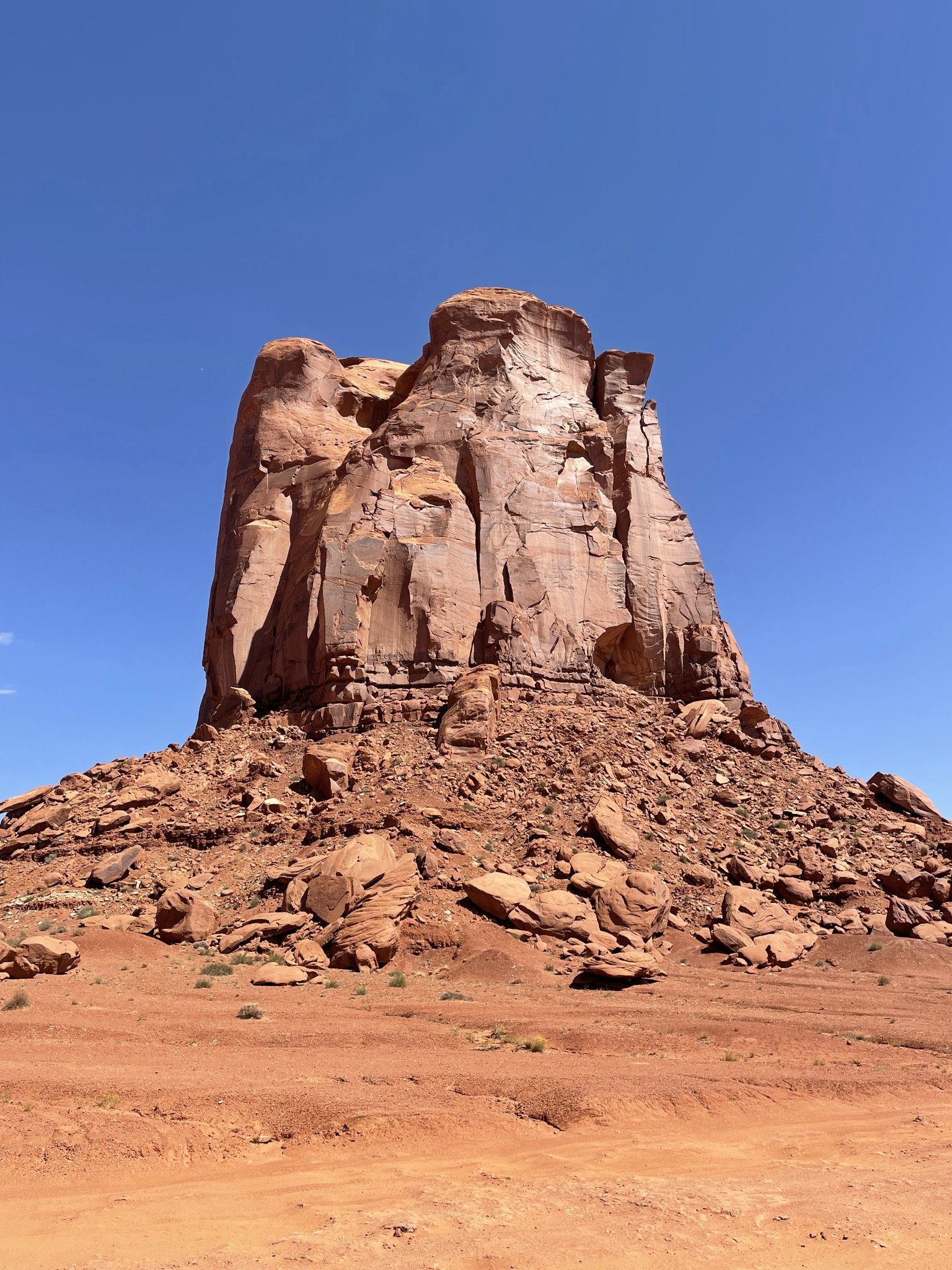
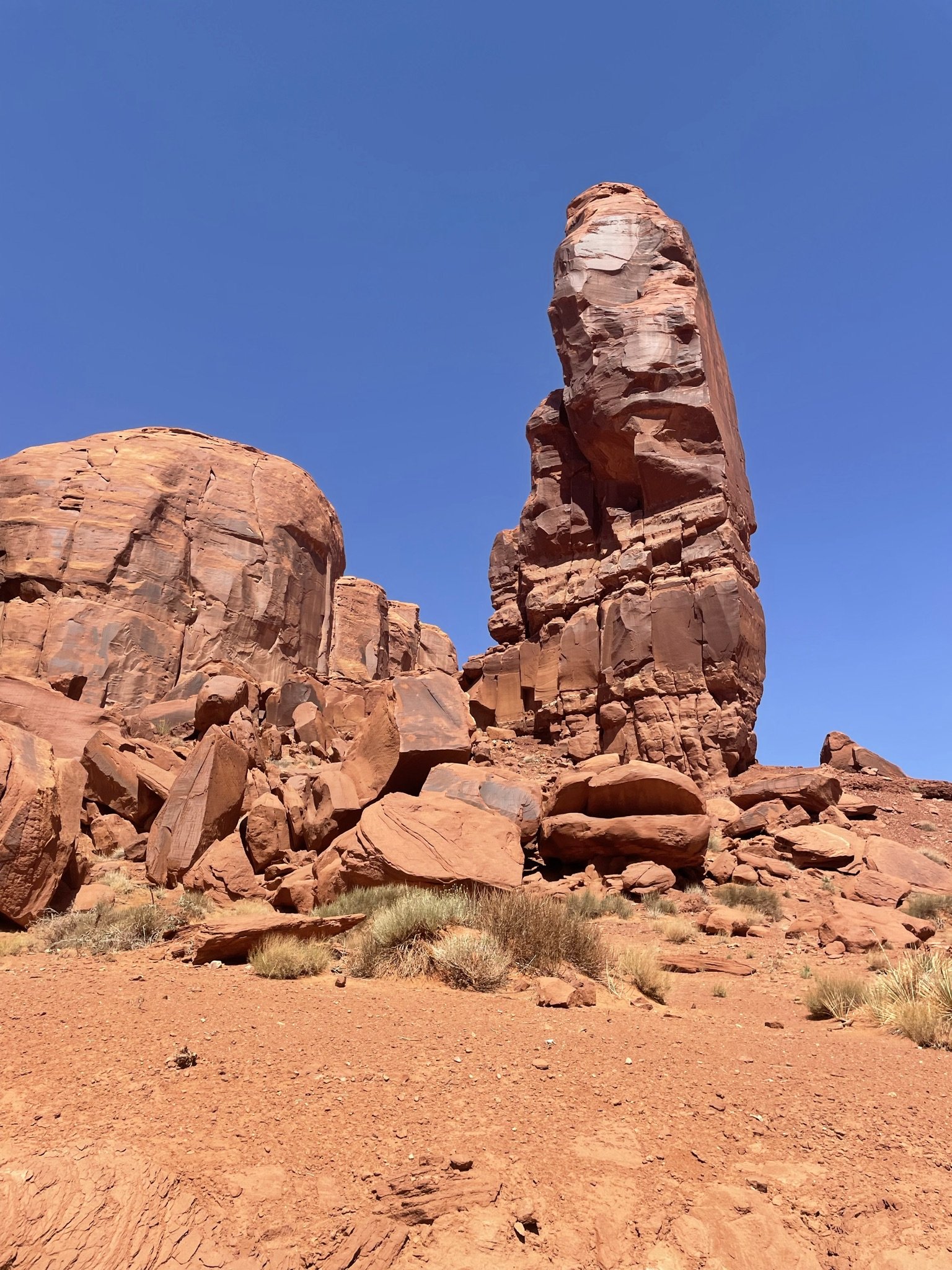
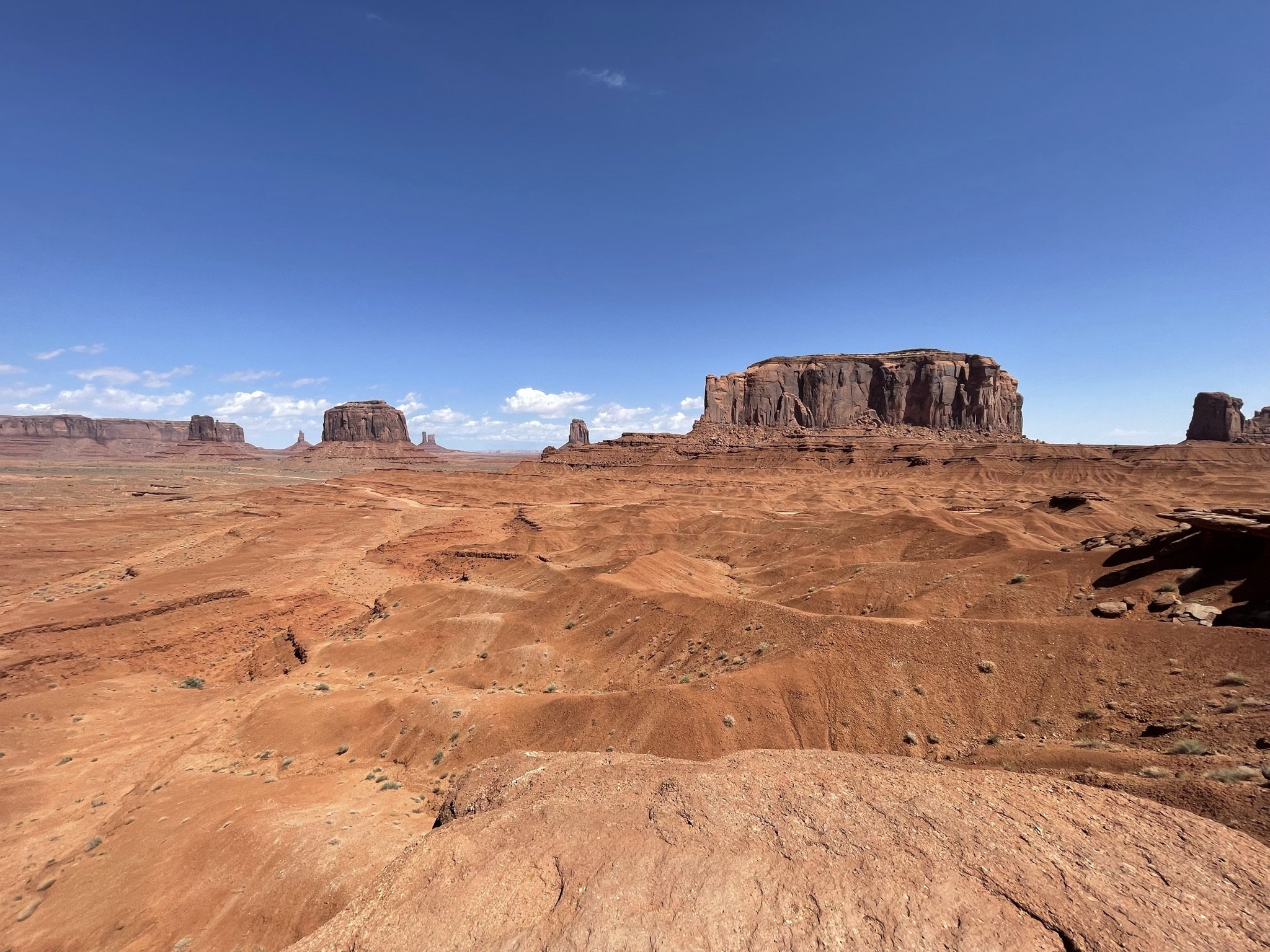
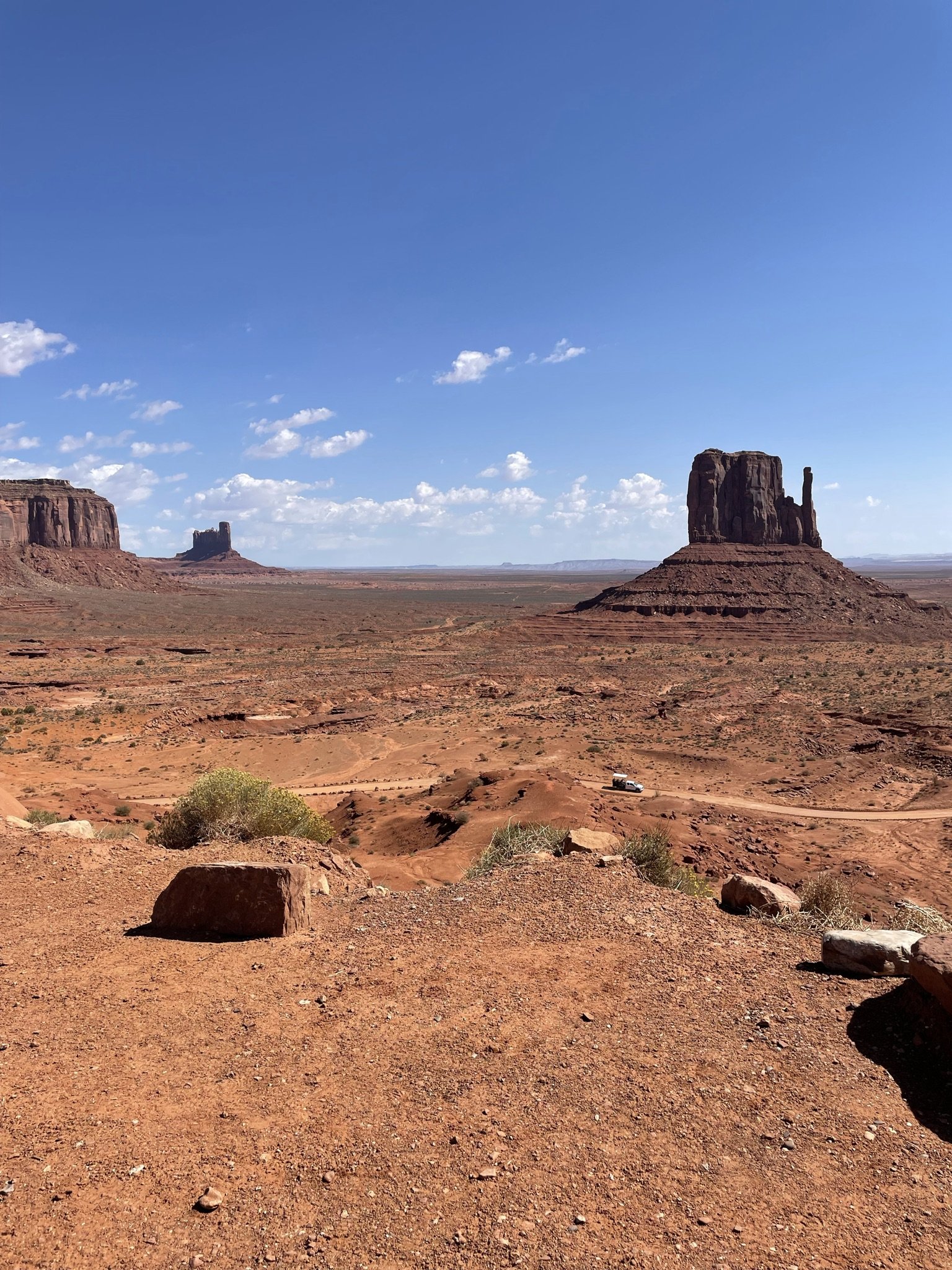
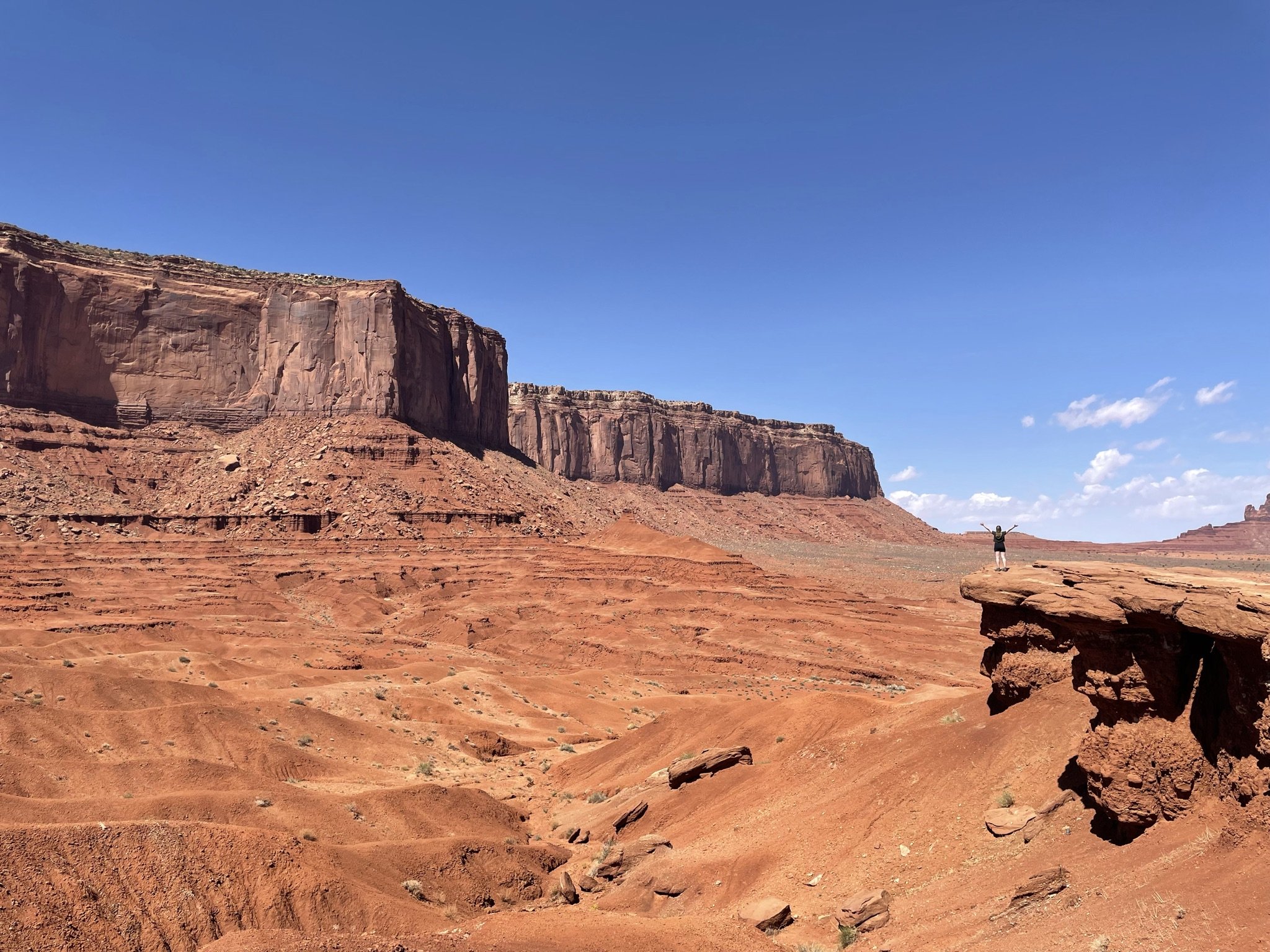
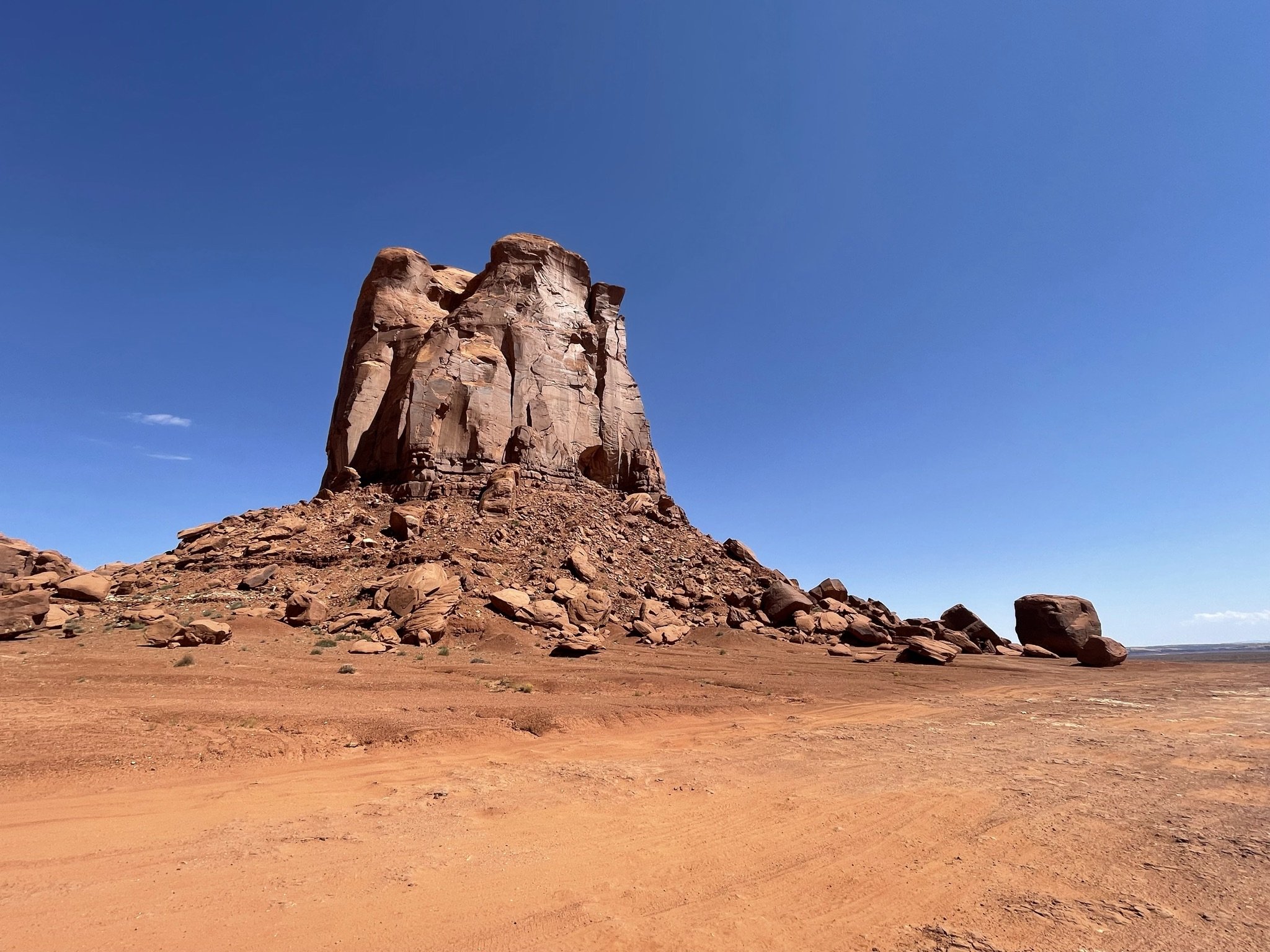
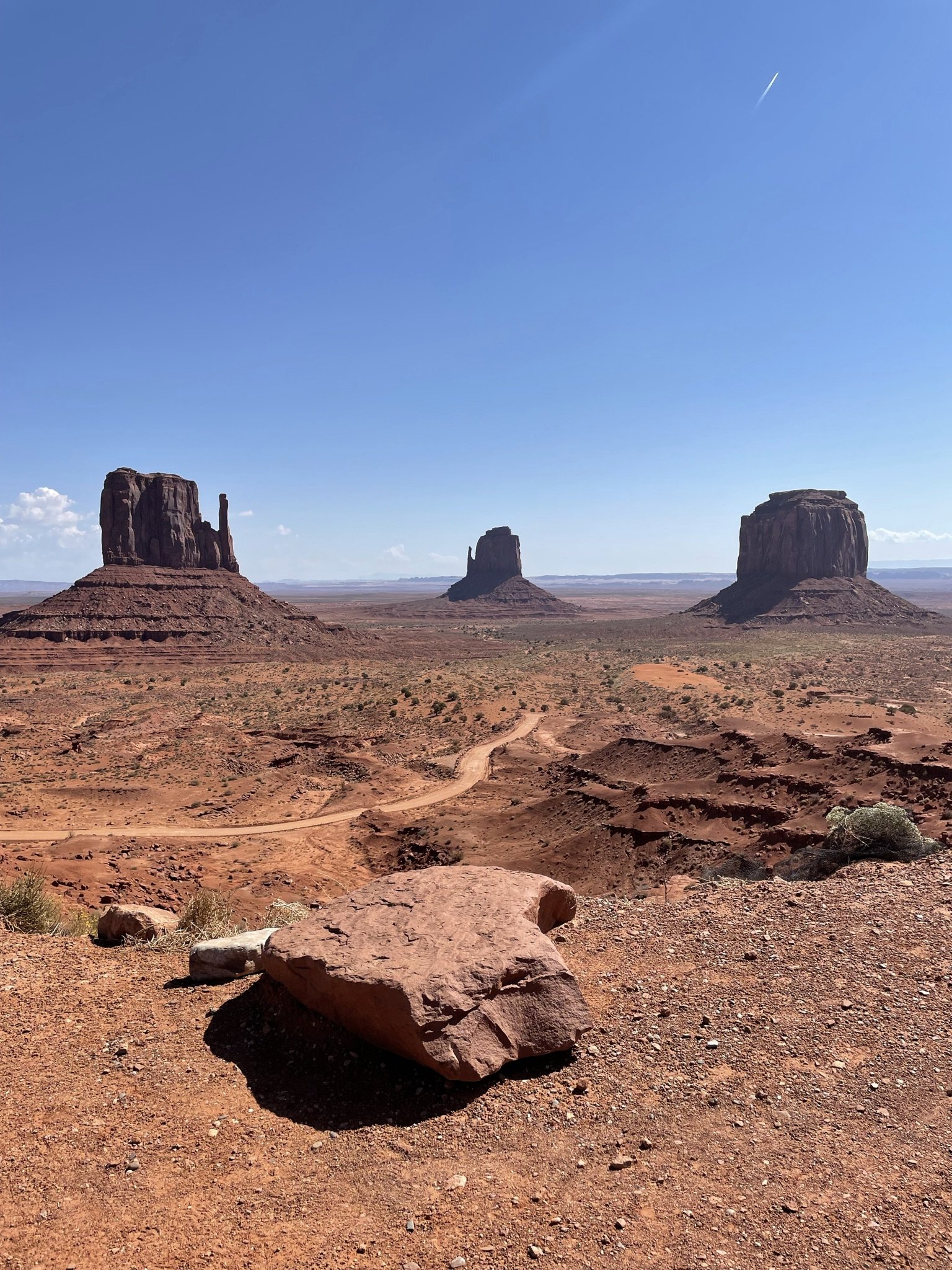
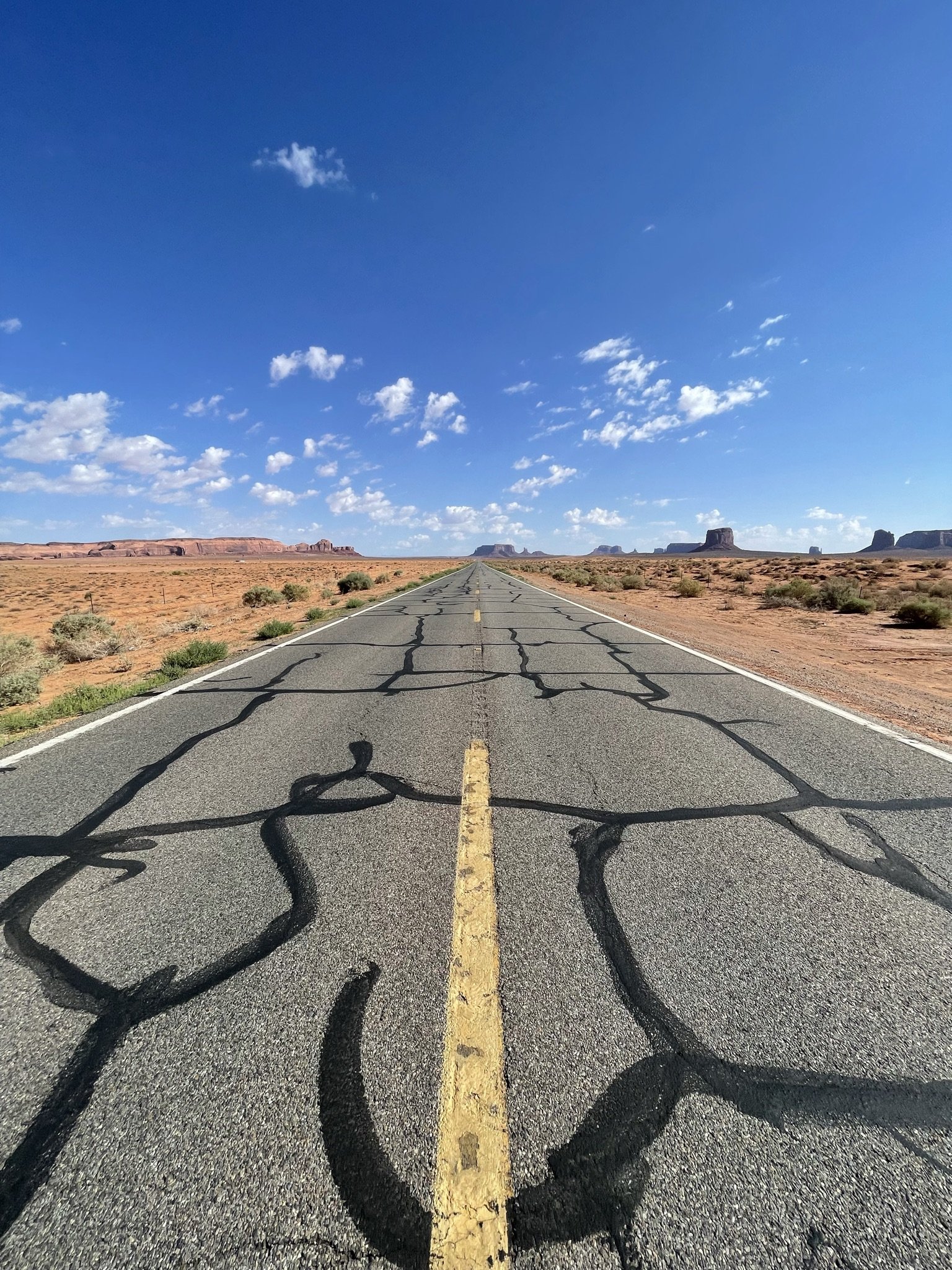
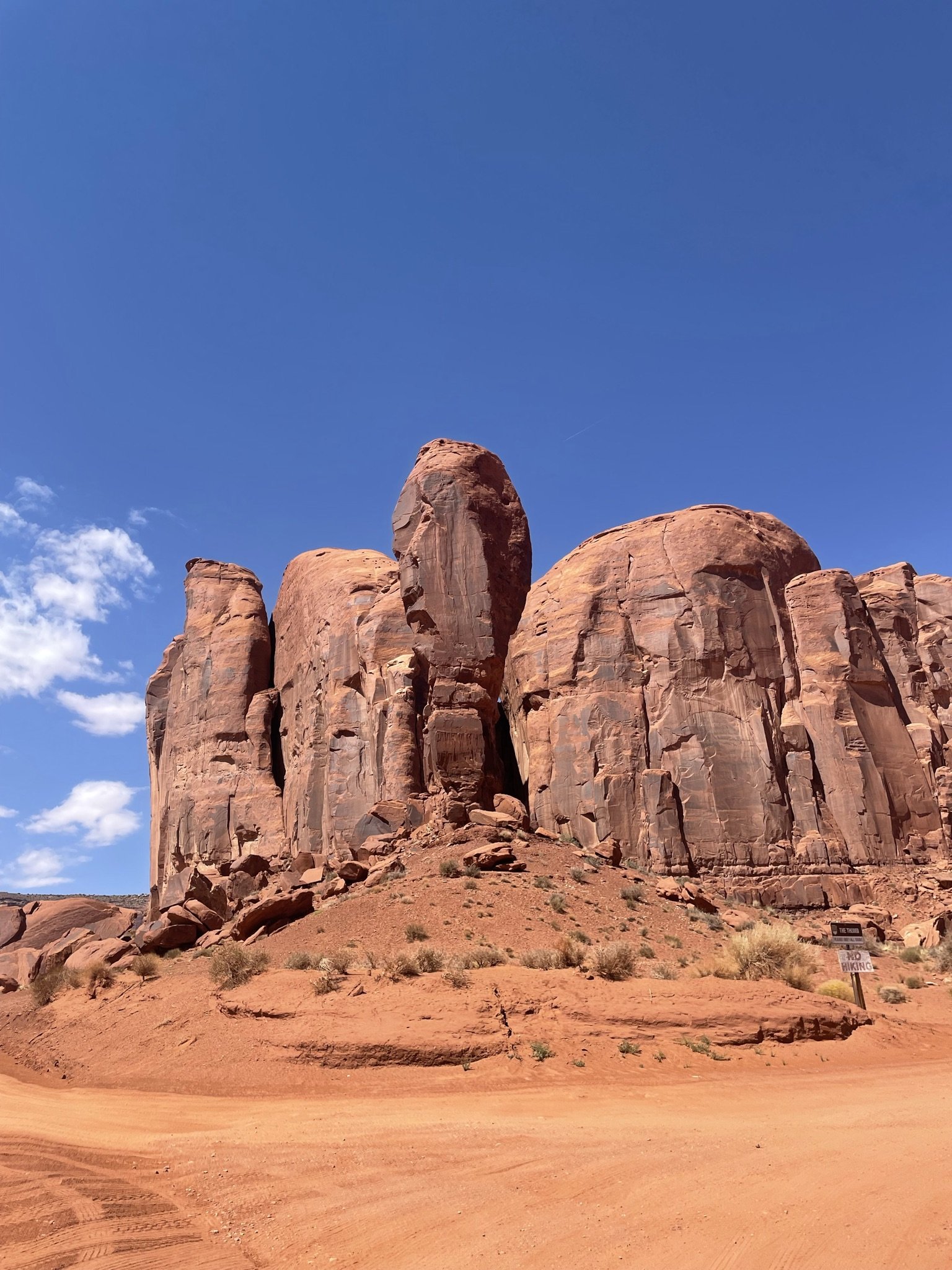
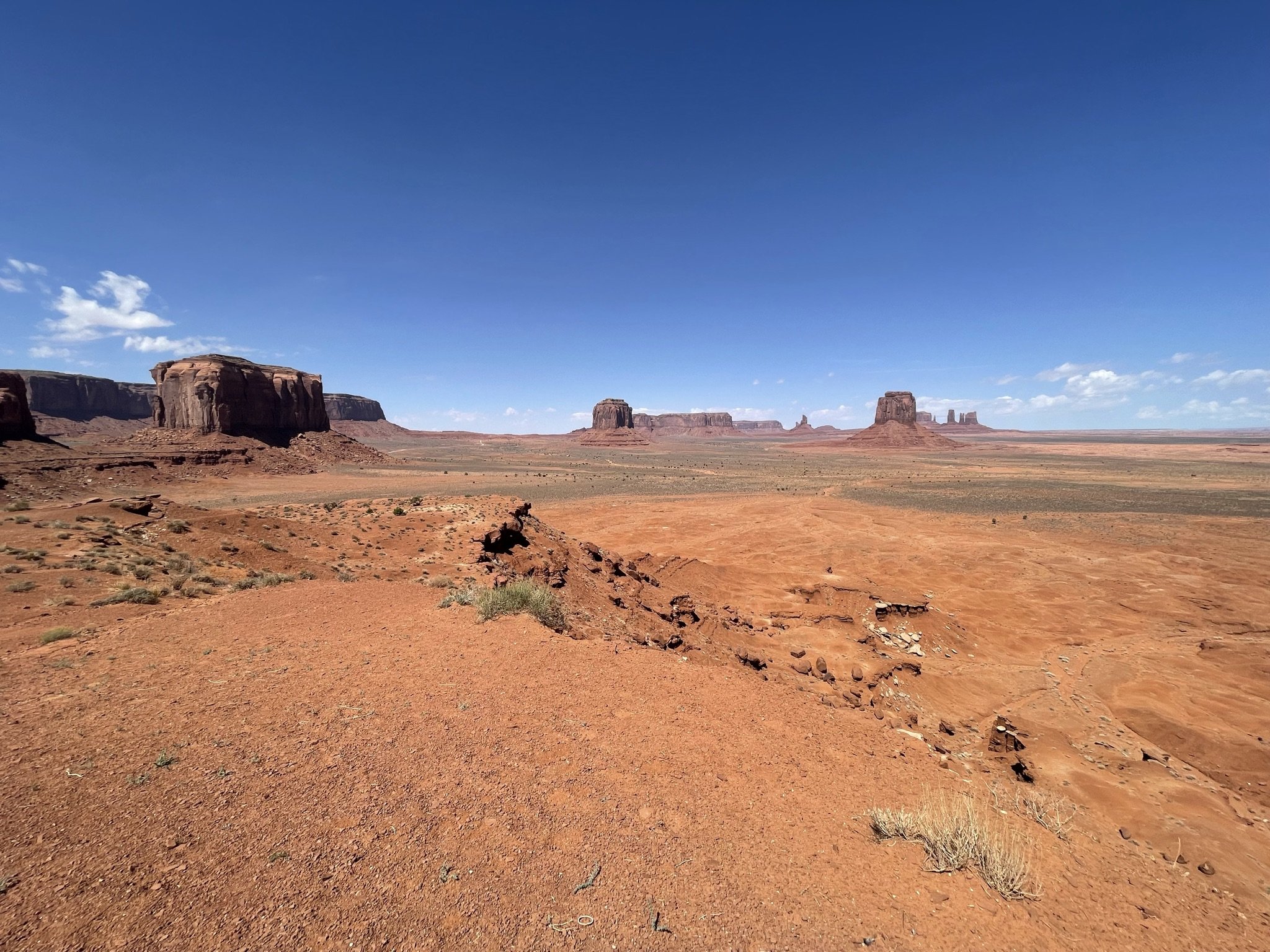
I don’t know much about the personal life of Kevin Lynch, but I love his concepts. In his book, The Image of the City, he speaks about the use of mental maps for creating and navigating cities. Monument Valley beautifully illustrates the importance and impact of paths (the roads), landmarks (the rock formations).
When visiting Monument Valley, the sandstone buttes are incredibly captivating. You see them in the distance and can’t wait to get closer to see them up close. One monument vista leads to another, driving an organic progression through the park, guided by one-way traffic.
Design applications: urban planning, wayfinding, campus planning.

